Termite Biology & Behavior
Termites live in colonies of thousands to millions, organized into workers, soldiers and a royal couple (the queen and king). They feed on cellulose, so wood, paper and insulation are all on the menu. Moist, dark environments—like basements, crawlspaces or areas around leaky pipes—are ideal breeding grounds. Each night, stealthy scouts leave the nest to locate new food sources. Once they find a target, the entire colony follows underground tunnels directly into your structure.
Signs of Infestation
Before damage becomes irreversible, watch for these warning signs:
-
Mud tubes tracing foundation walls or beams
-
Winged swarmers or discarded translucent wings near windowsills
-
Hollow-sounding wood that echoes when tapped
-
Frass (tiny, sawdust-like pellets) near baseboards
1. Orange Oil Treatment
Orange oil contains d-limonene, a compound that dissolves termite exoskeletons on contact.
-
How to apply: Inject 100% pure orange oil into visible tunnels and galleries using a syringe or injection tool.
-
What to expect: Worker termites shrivel and die within hours; you’ll notice a dramatic drop in activity by morning.
2. Boric Acid Barrier
Boric acid acts as an effective neurotoxin when ingested.
-
How to apply: Lightly dust boric acid powder into cracks, crevices and mud tubes.
-
What to expect: As termites groom themselves, they ingest the powder, disrupting their nervous system; check the treated areas the next day for dead insects and reduced tunneling.
3. Vinegar & Lemon Spray
A high-acidity mixture of white vinegar and fresh lemon juice breaks down termite bodies on contact.
-
How to apply: Combine equal parts vinegar and lemon juice in a spray bottle and saturate infested areas and surrounding wood.
-
What to expect: The acidic solution penetrates tunnels and kills termites within hours.
4. Diatomaceous Earth Application
Food-grade diatomaceous earth (DE) is an abrasive powder that dehydrates insects.
-
How to apply: Create a fine barrier line of DE around the perimeter of infested rooms and directly into mud tubes.
-
What to expect: Termites traveling through the powder lose moisture and die quickly; sweep up remains after 12–24 hours.
5. Cardboard Trap Method
Termites are drawn to cellulose, making cardboard an effective bait.
-
How to apply: Soak cardboard in water, then stack it near infestation sites.
-
What to expect: After overnight exposure, remove the trap—now full of termites—and dispose of it safely away from your home.
6. Neem Oil Repellent
Neem oil disrupts termite hormone systems, preventing feeding and reproduction.
-
How to apply: Spray a 10% neem oil solution along foundations and entry points.
-
What to expect: Activity around treated areas will plummet within a day.
7. Solarization Heat Treatment
Solarization uses black plastic sheeting to trap heat and cook termite tunnels in wood.
-
How to apply: Cover exposed beams or infested wood sections with black plastic, sealing the edges to maximize heat buildup.
-
What to expect: After 12–24 hours of direct sun, termites inside the wood will be eradicated.
Prevention Tips
-
Control moisture: Fix leaks, improve drainage and run dehumidifiers in basements.
-
Seal entry points: Caulk or pack steel wool into cracks, gaps and vents.
-
Store firewood off-ground: Keep woodpiles at least 20 feet from your foundation.
-
Regular inspections: Check vulnerable areas every three months, especially after heavy rain.
Recommended Products
-
Pure Orange Oil Concentrate by BioPro Solutions
-
Food-Grade Diatomaceous Earth by SafeDE
-
Organic Neem Oil Spray by EarthGuard
-
Professional Termite Bait Stations by OrkinPro
Conclusion
With these seven natural remedies, you have the power to launch a full-scale termite defense tonight and wake up to a pest-free home. Gather your supplies, follow each step precisely, and reclaim your peace of mind. Don’t forget to download our free Termite Defense Checklist to track your progress and stay ahead of any future infestations.


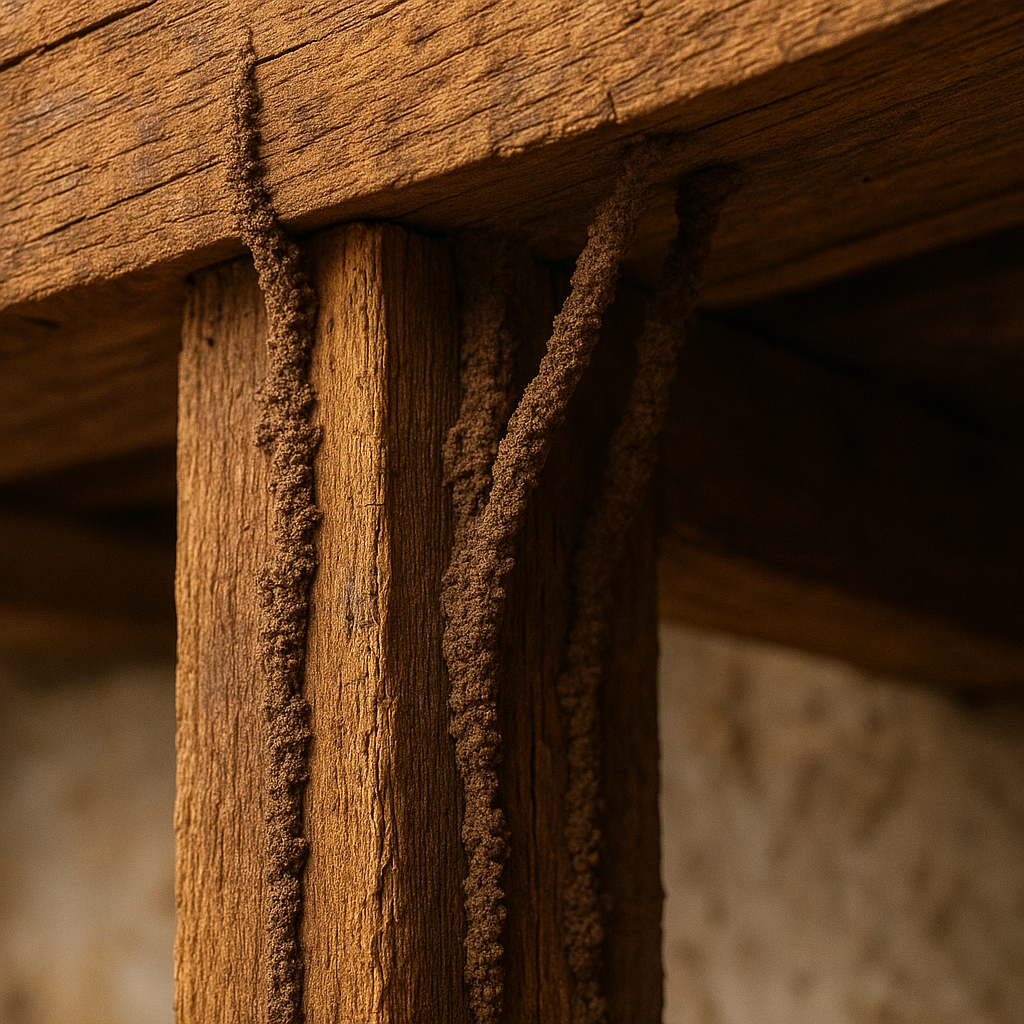
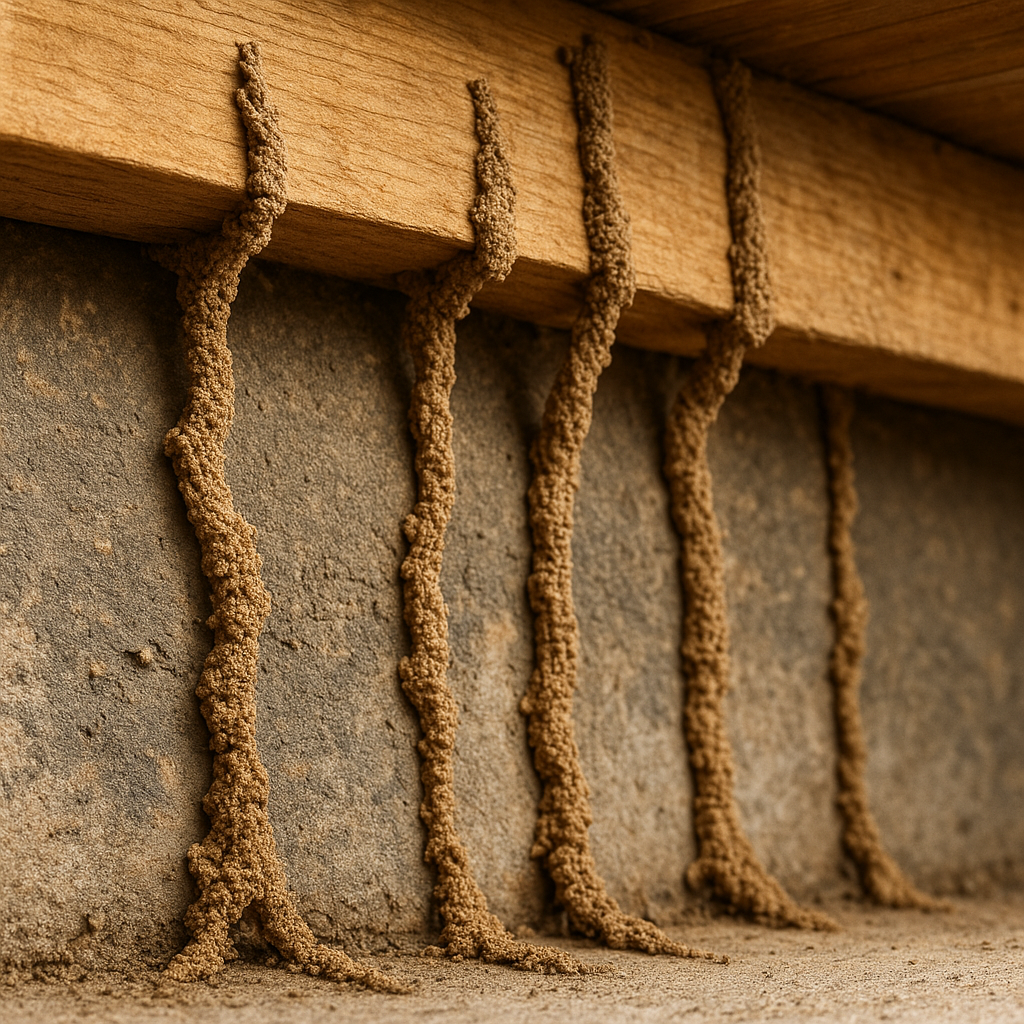
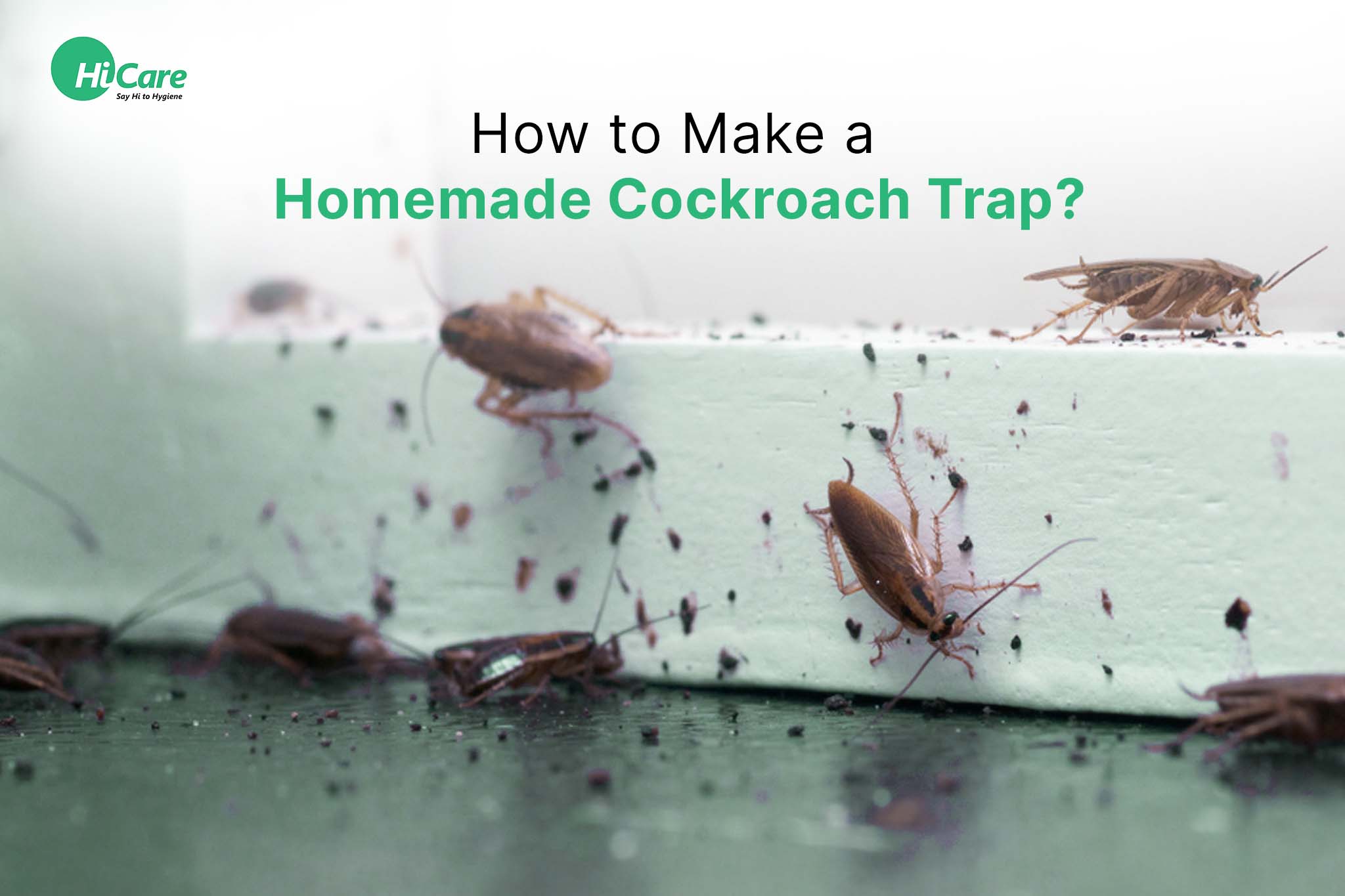
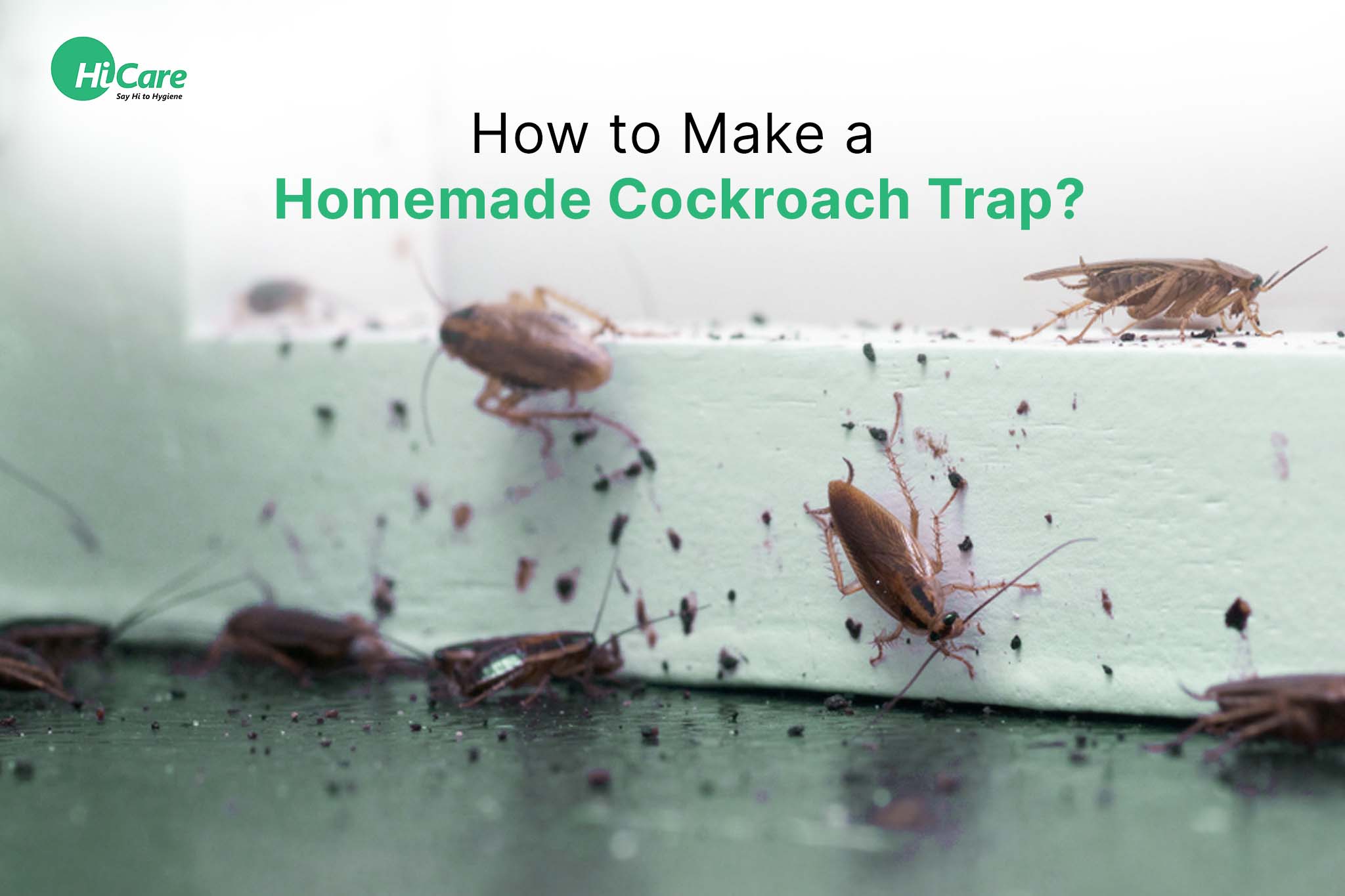


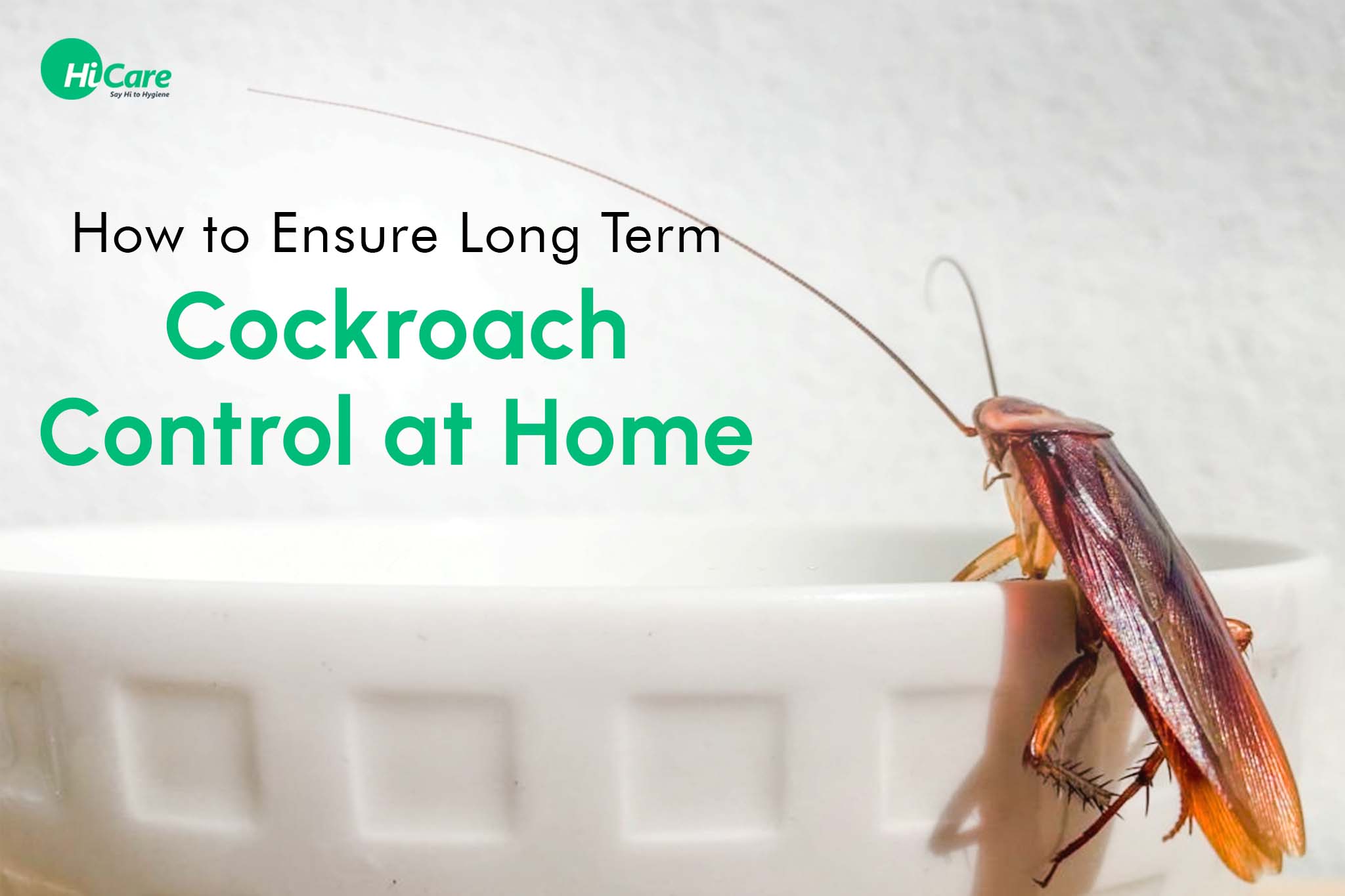
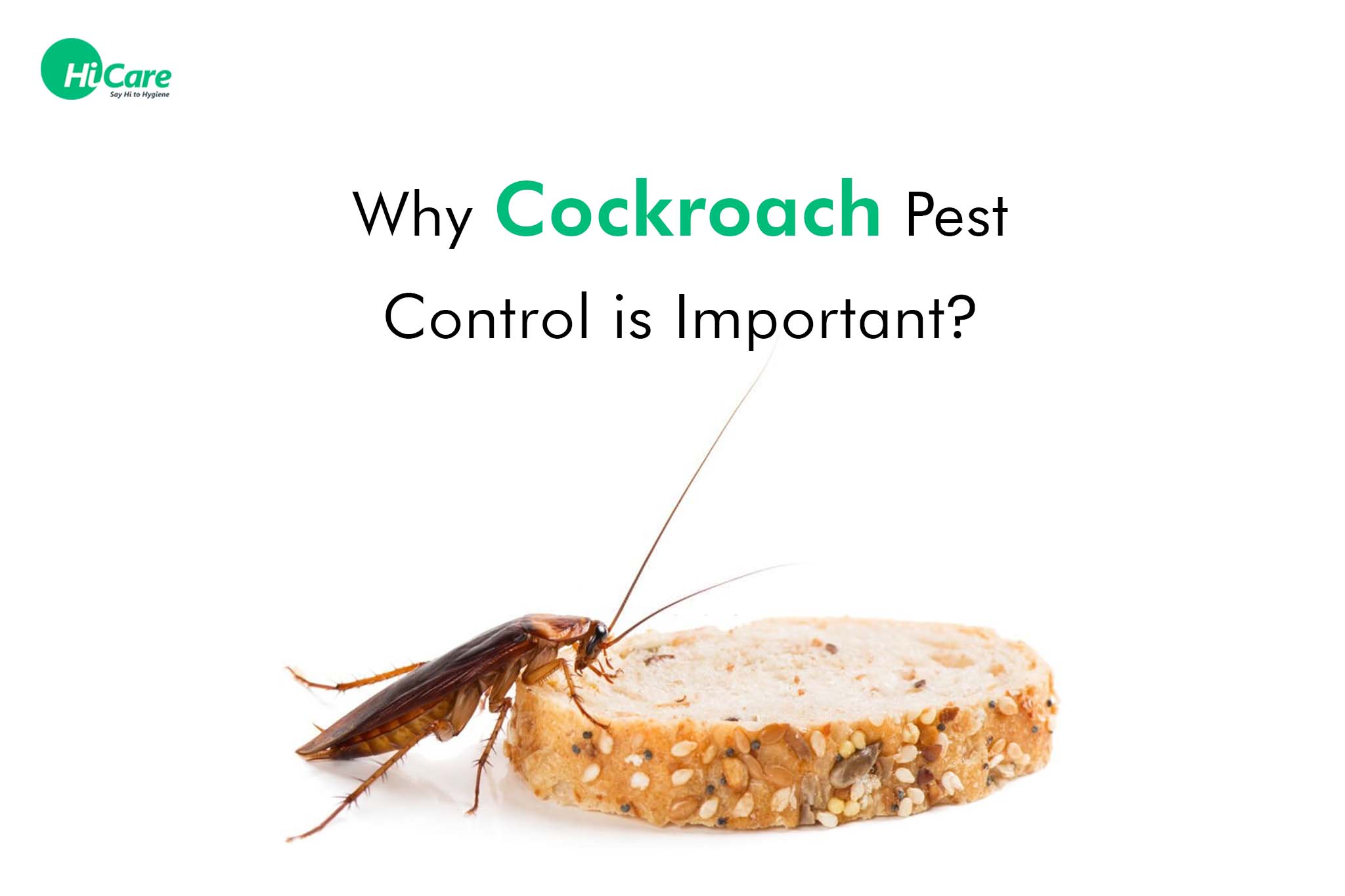
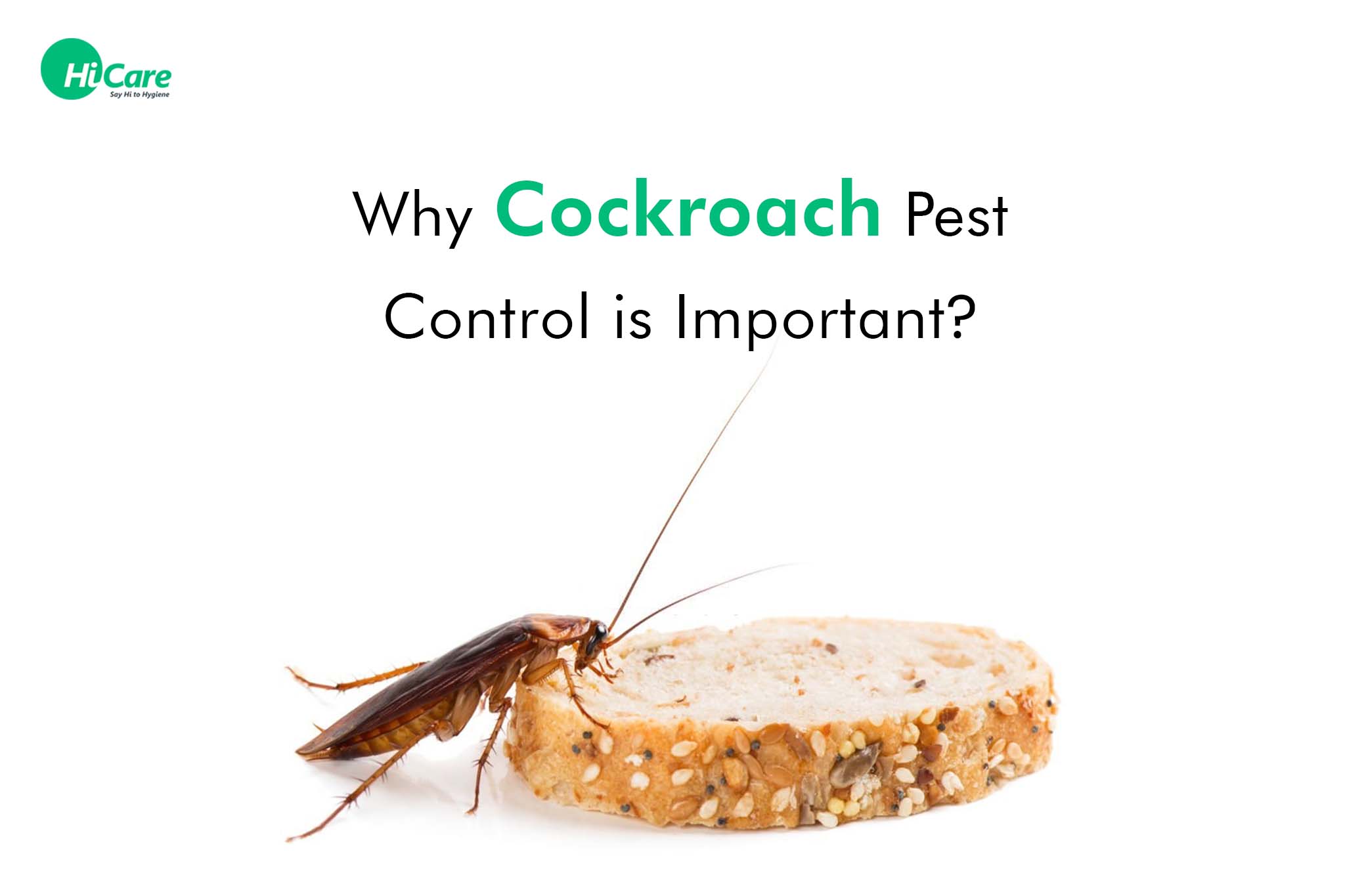

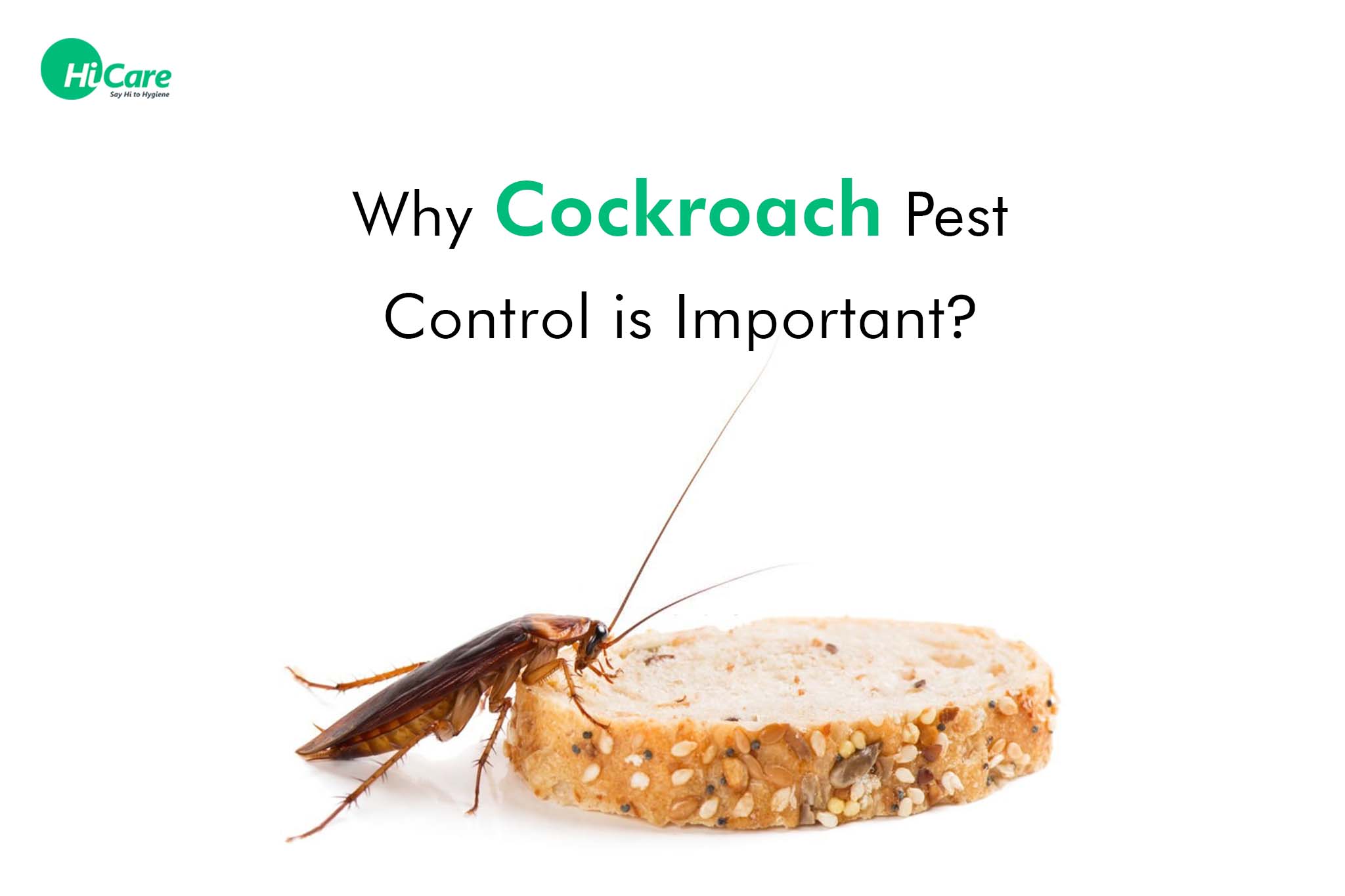
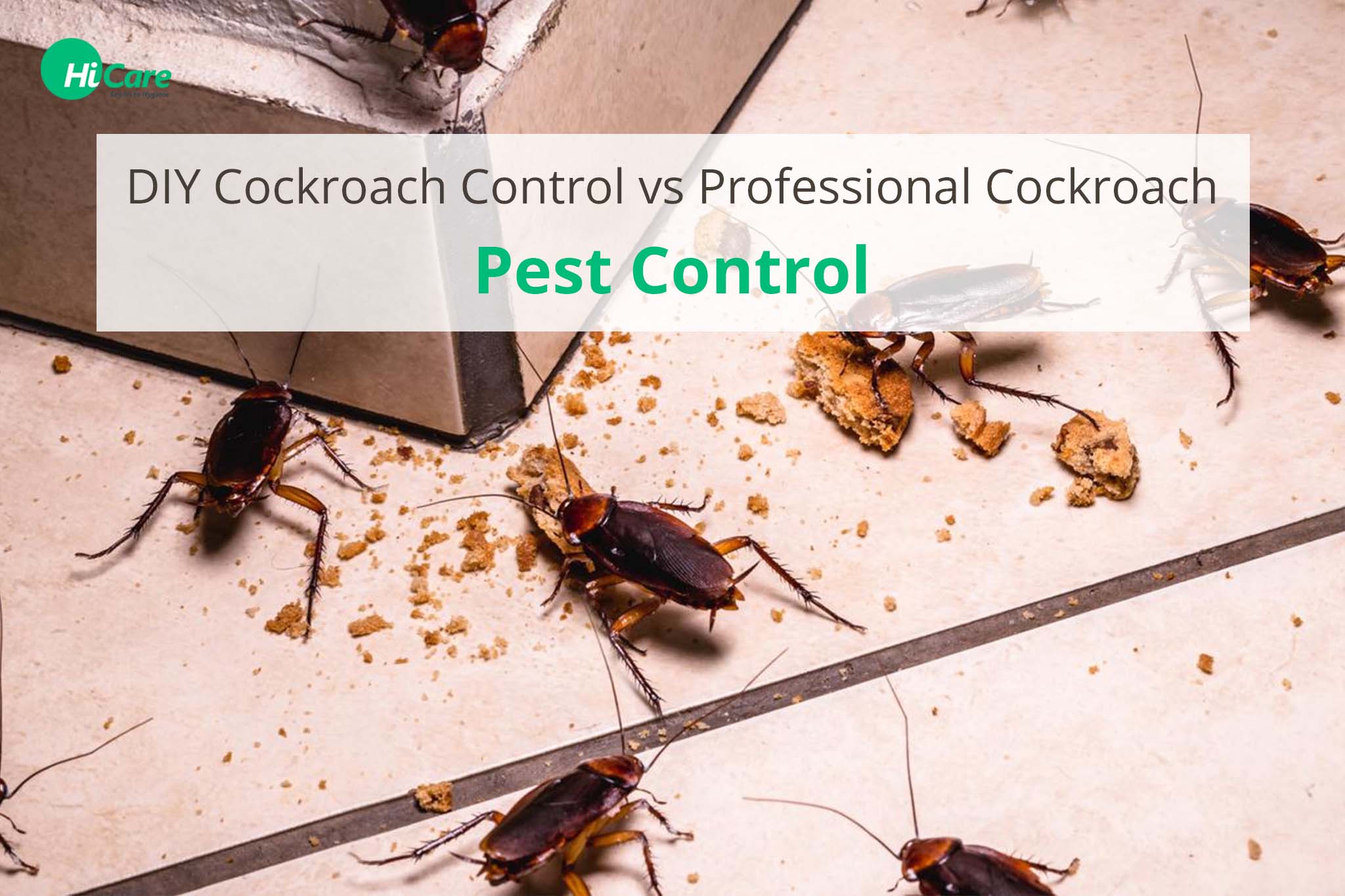



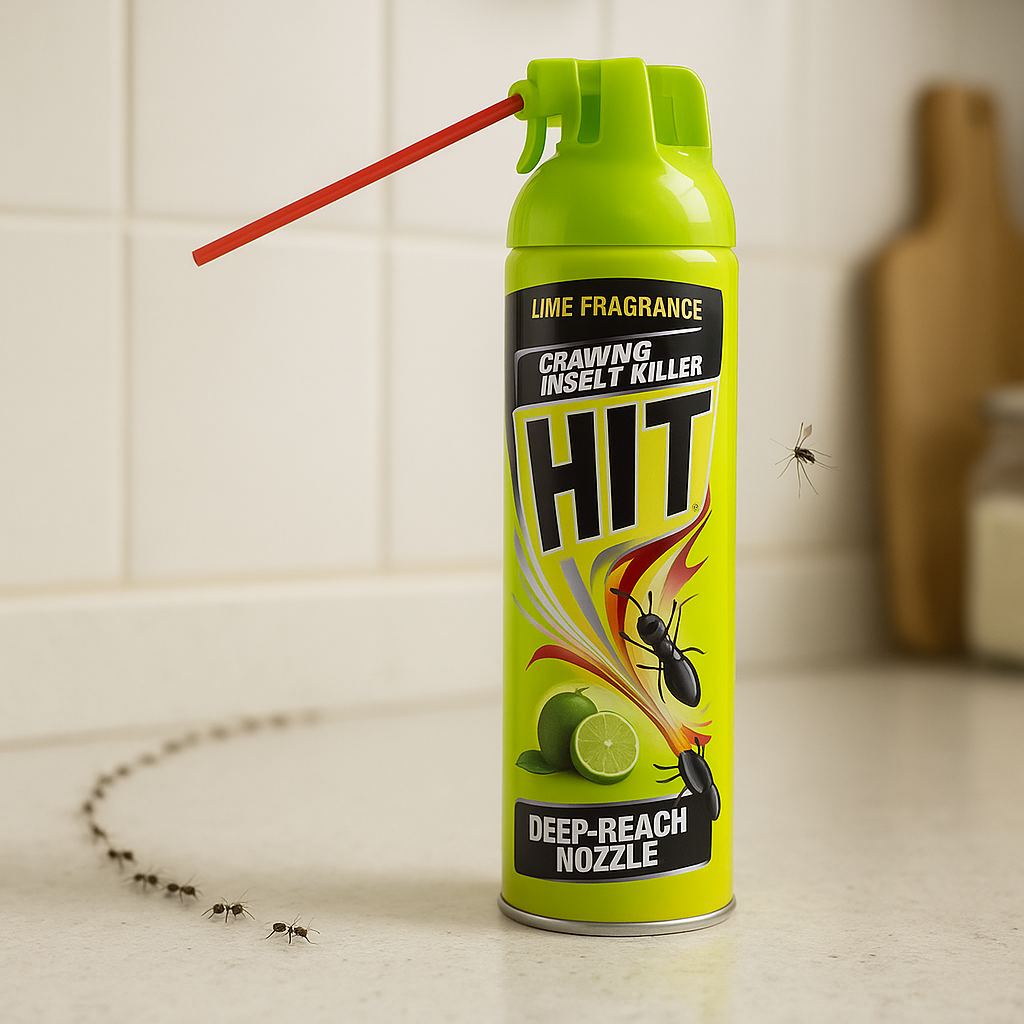
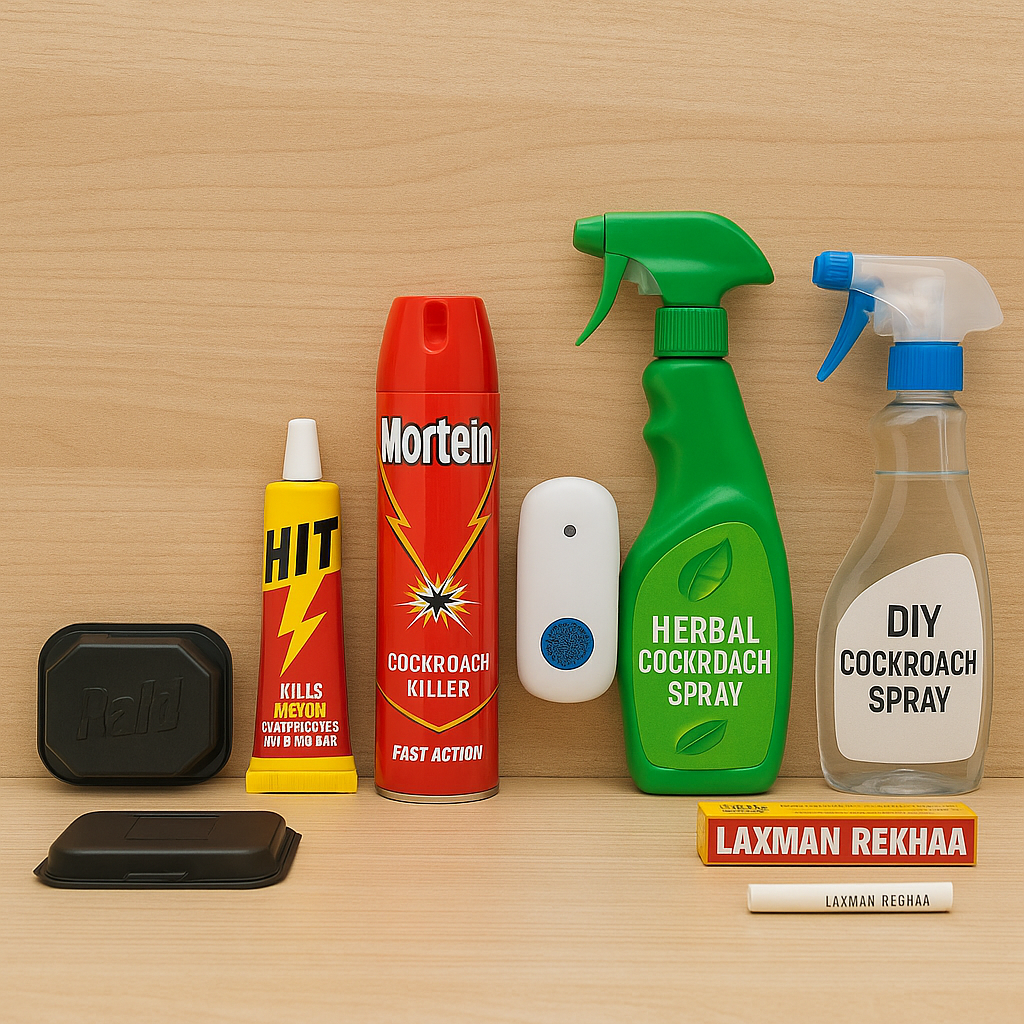
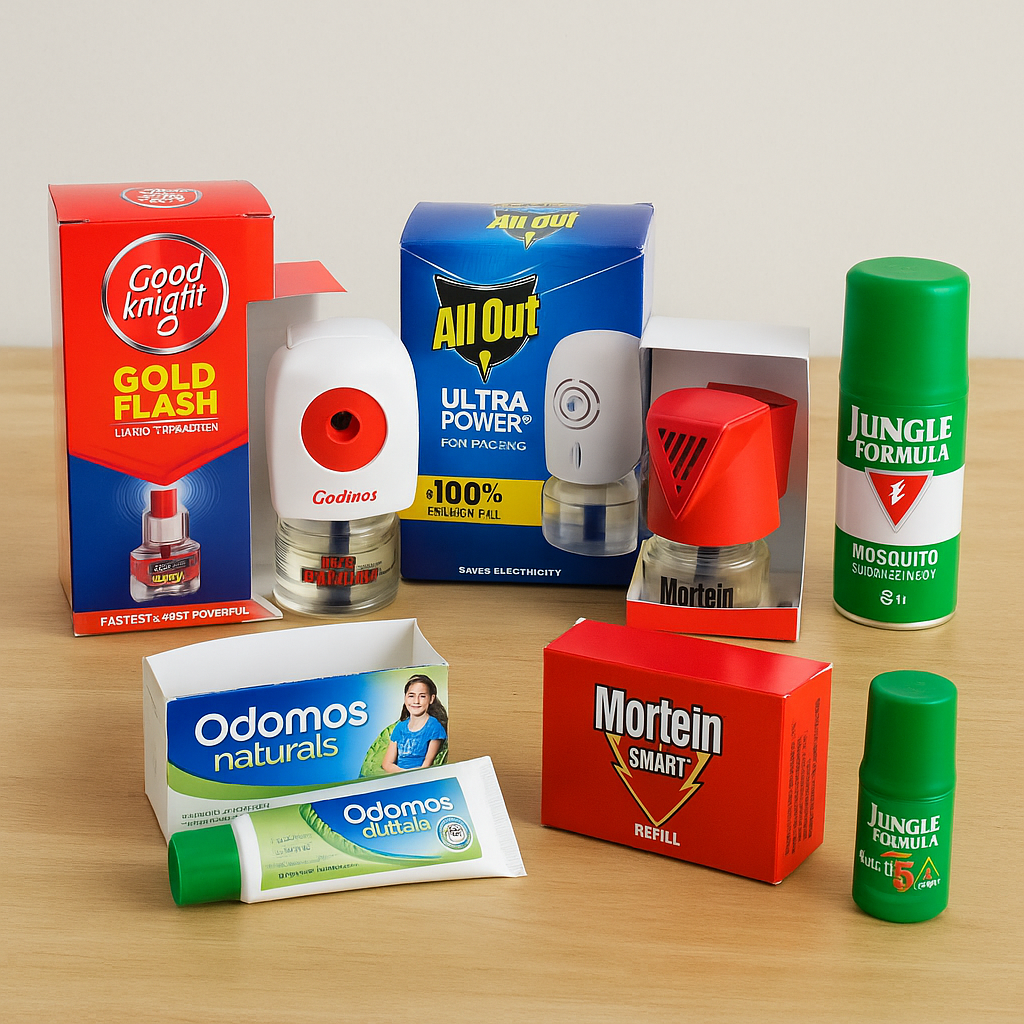
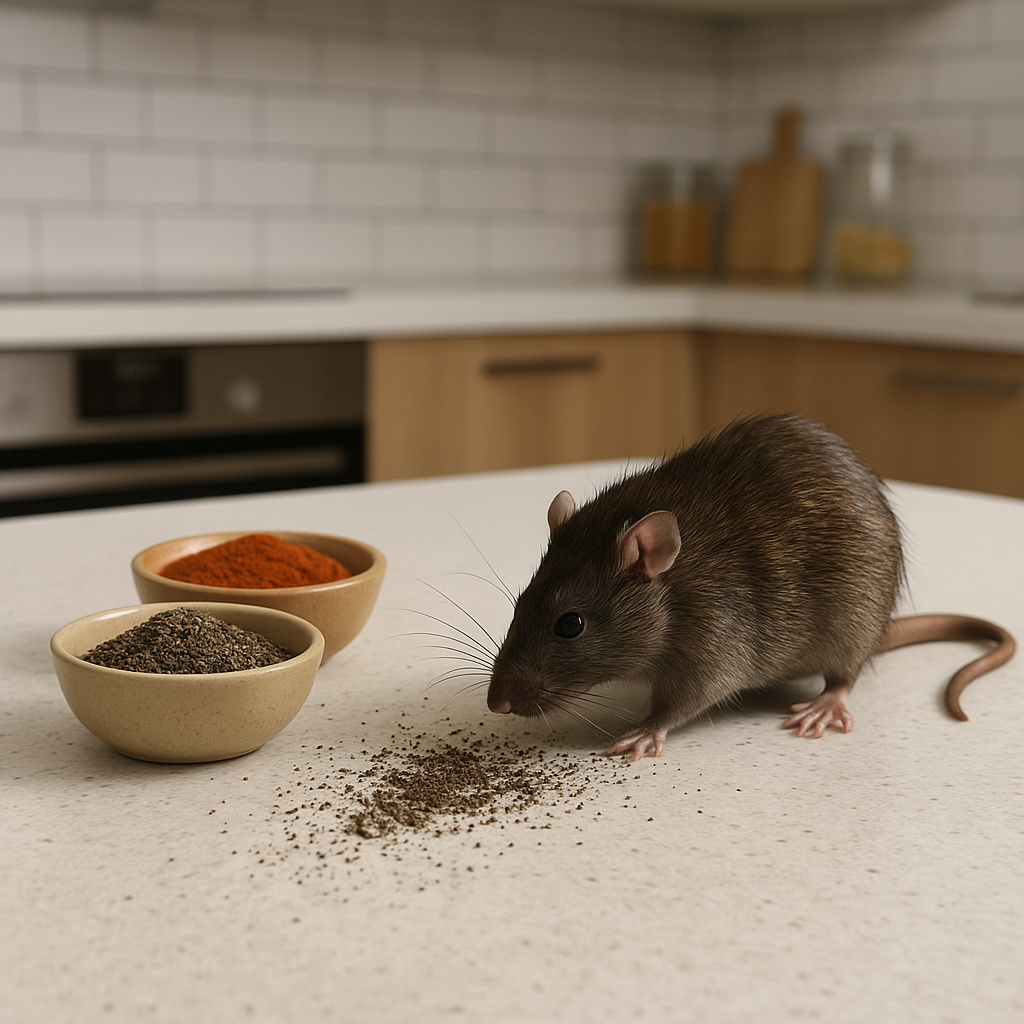
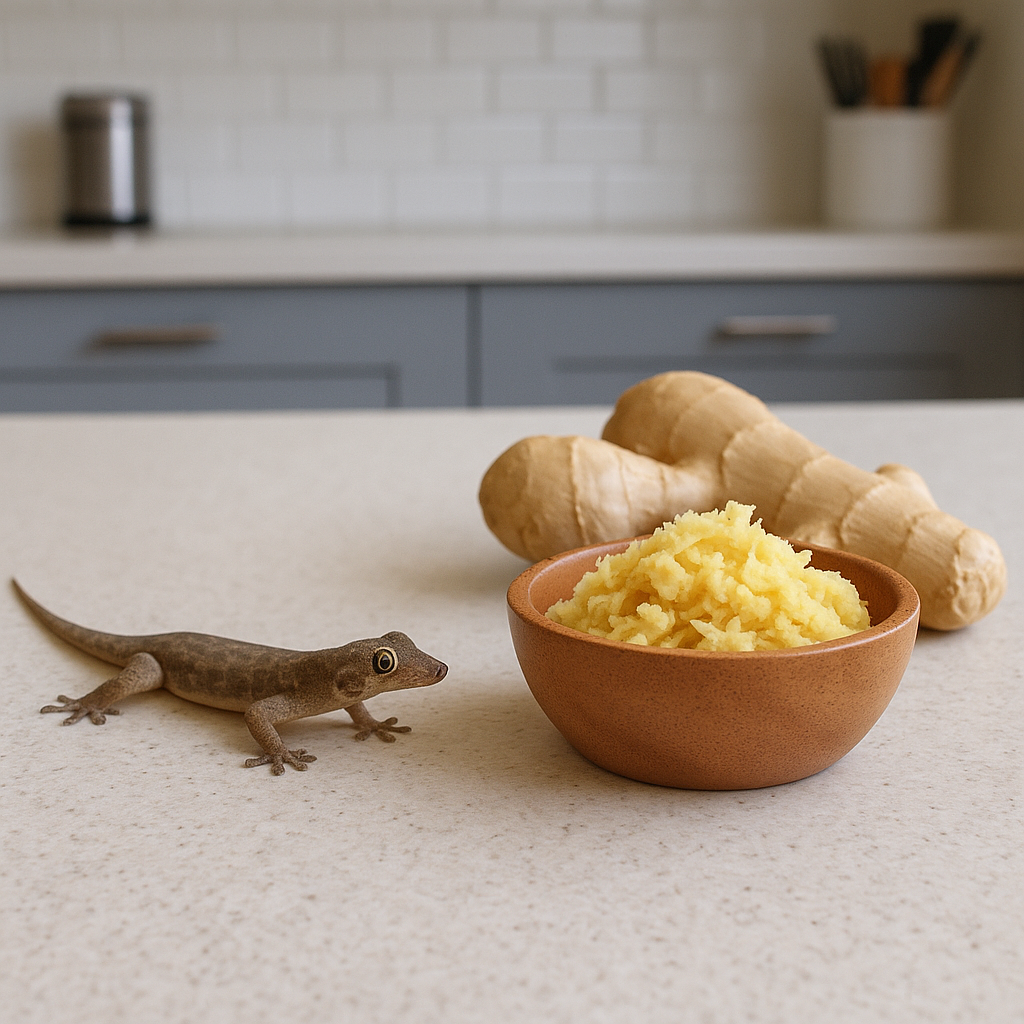
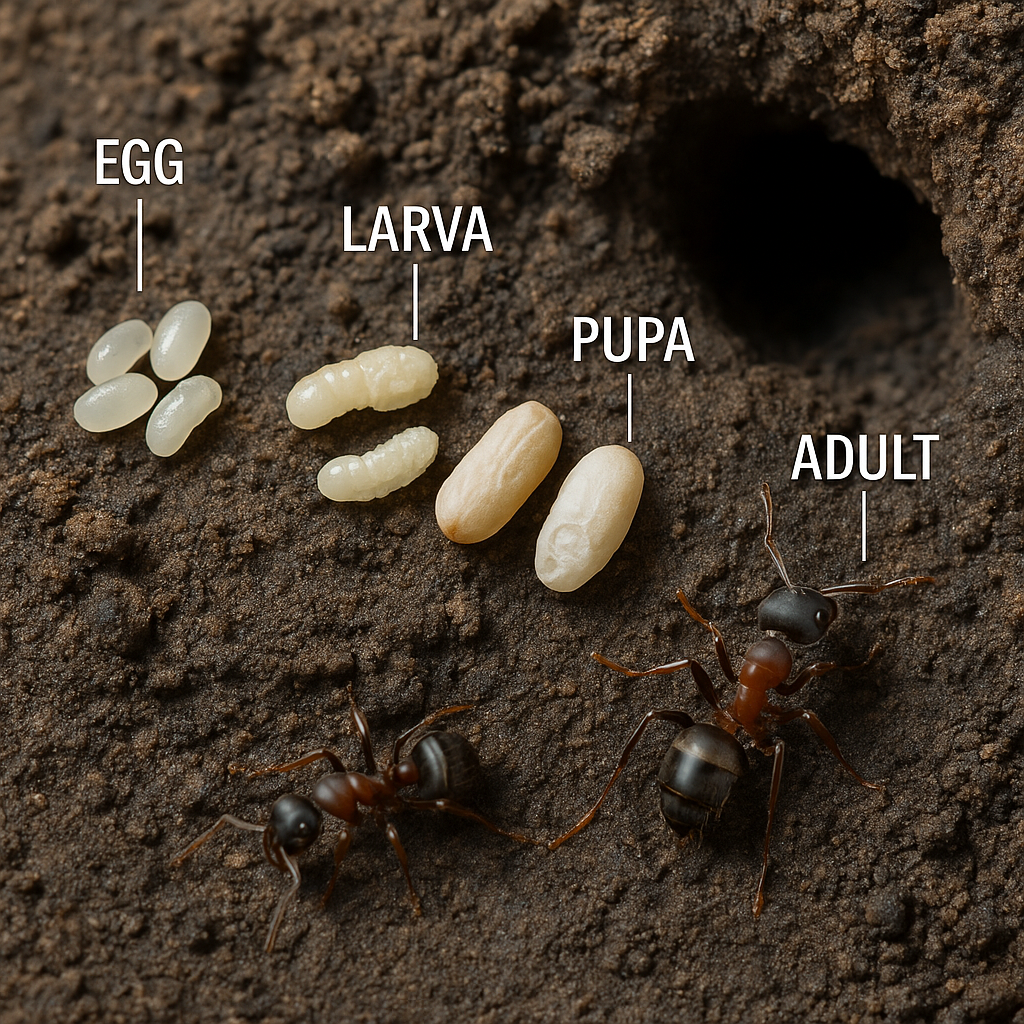
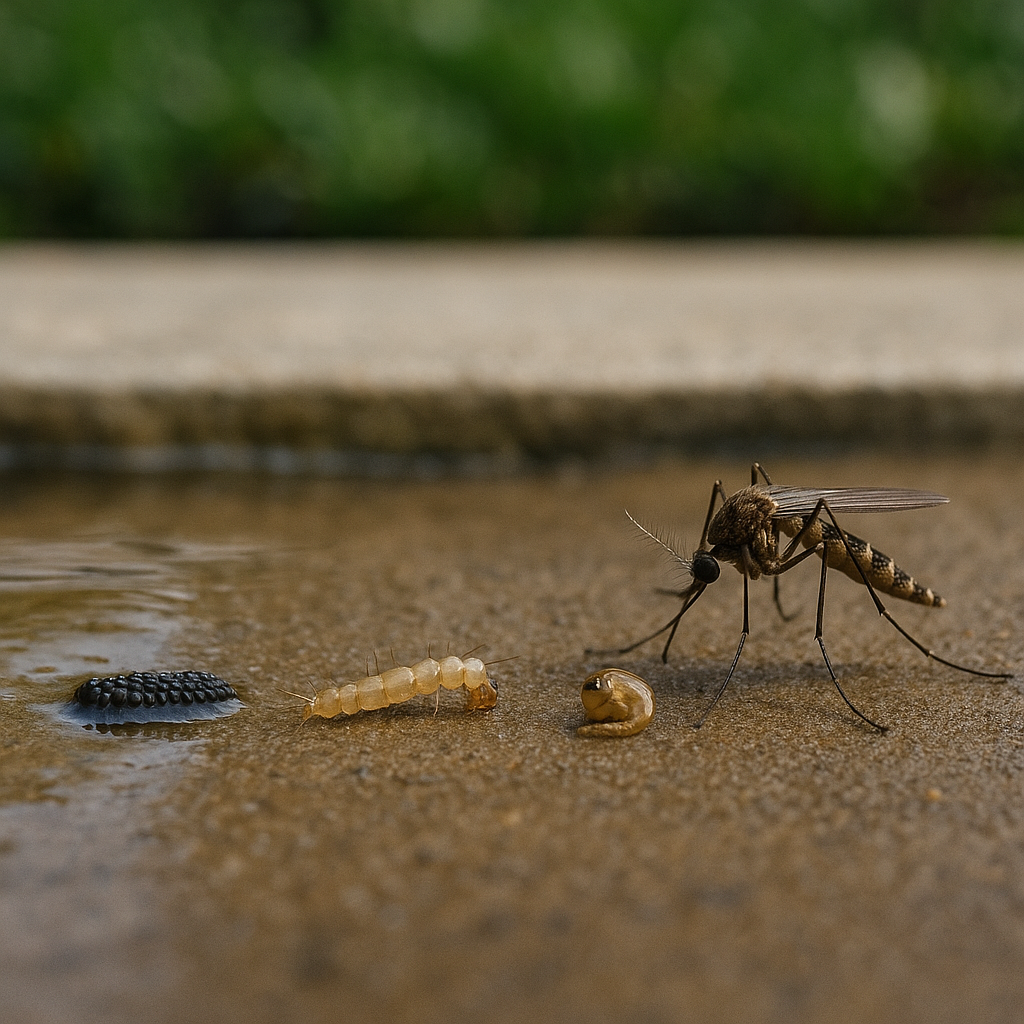
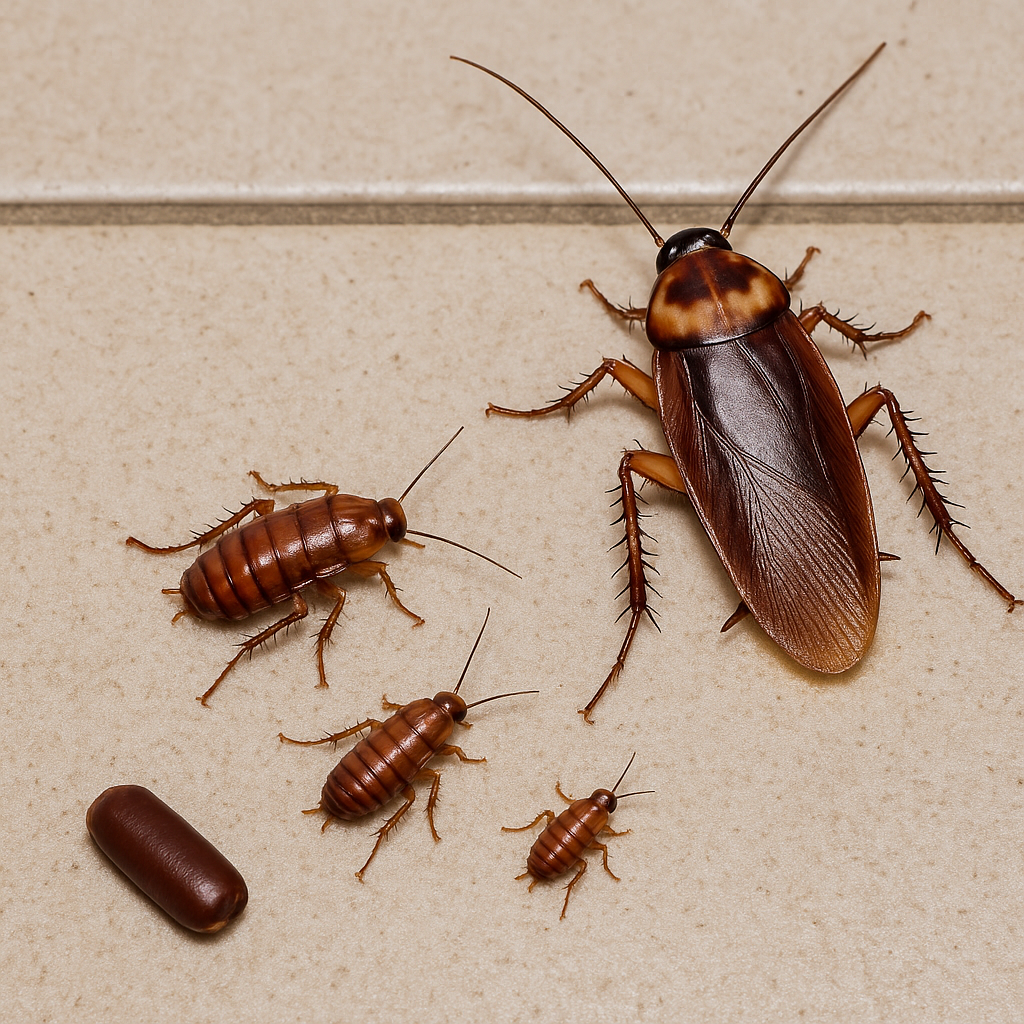
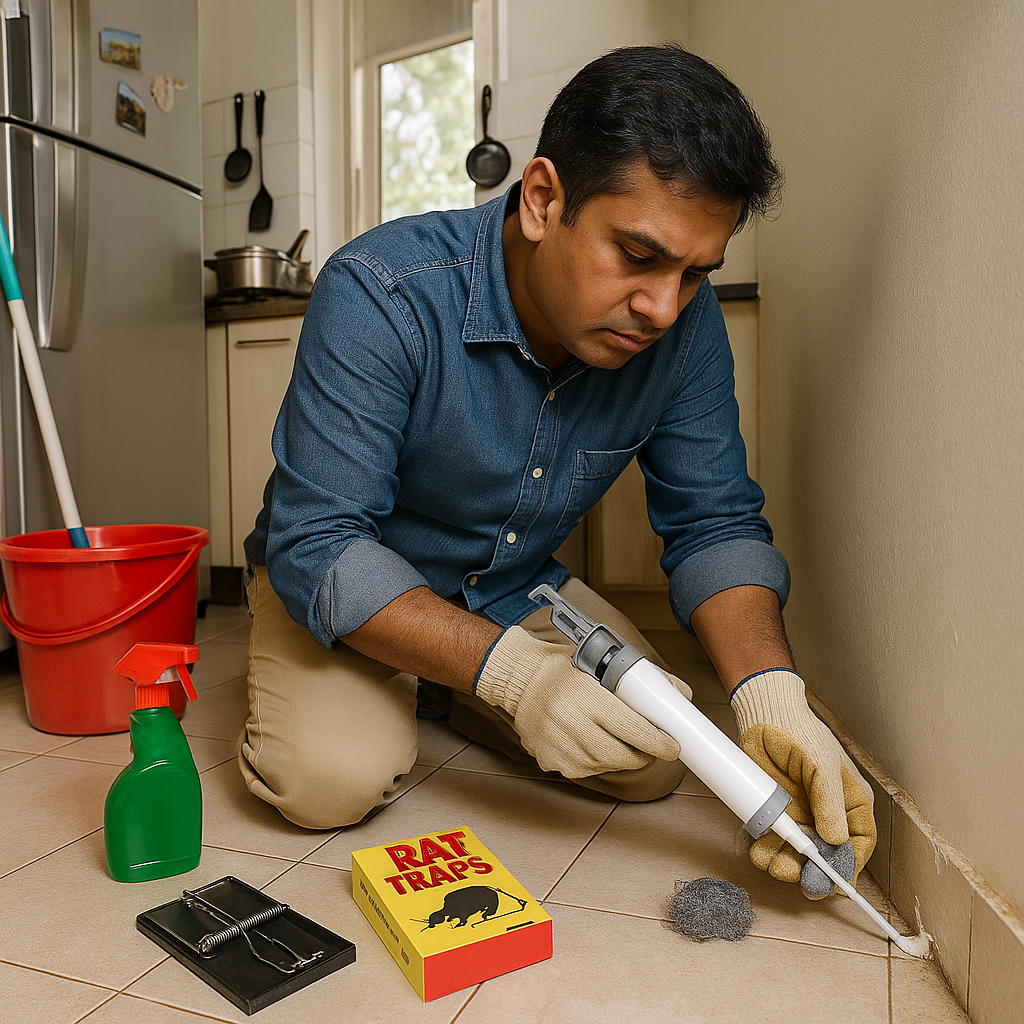
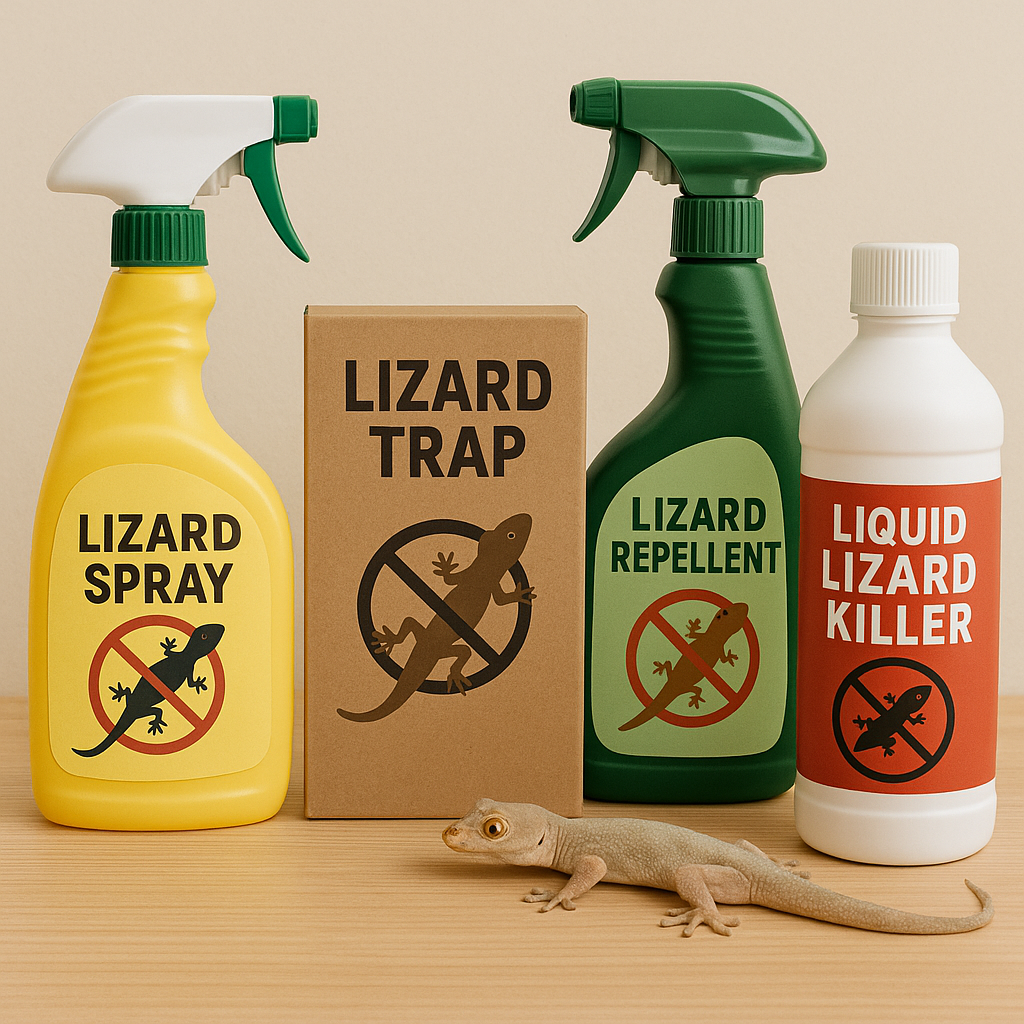
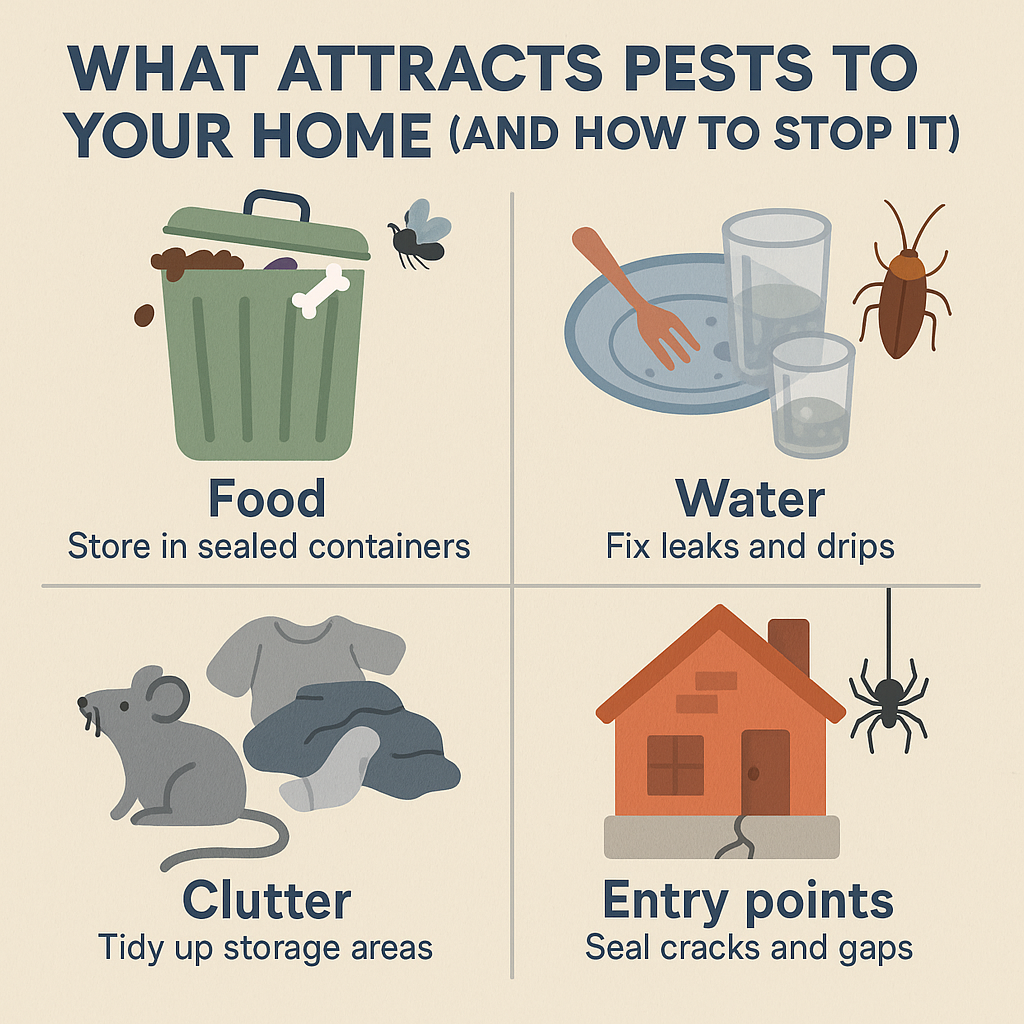


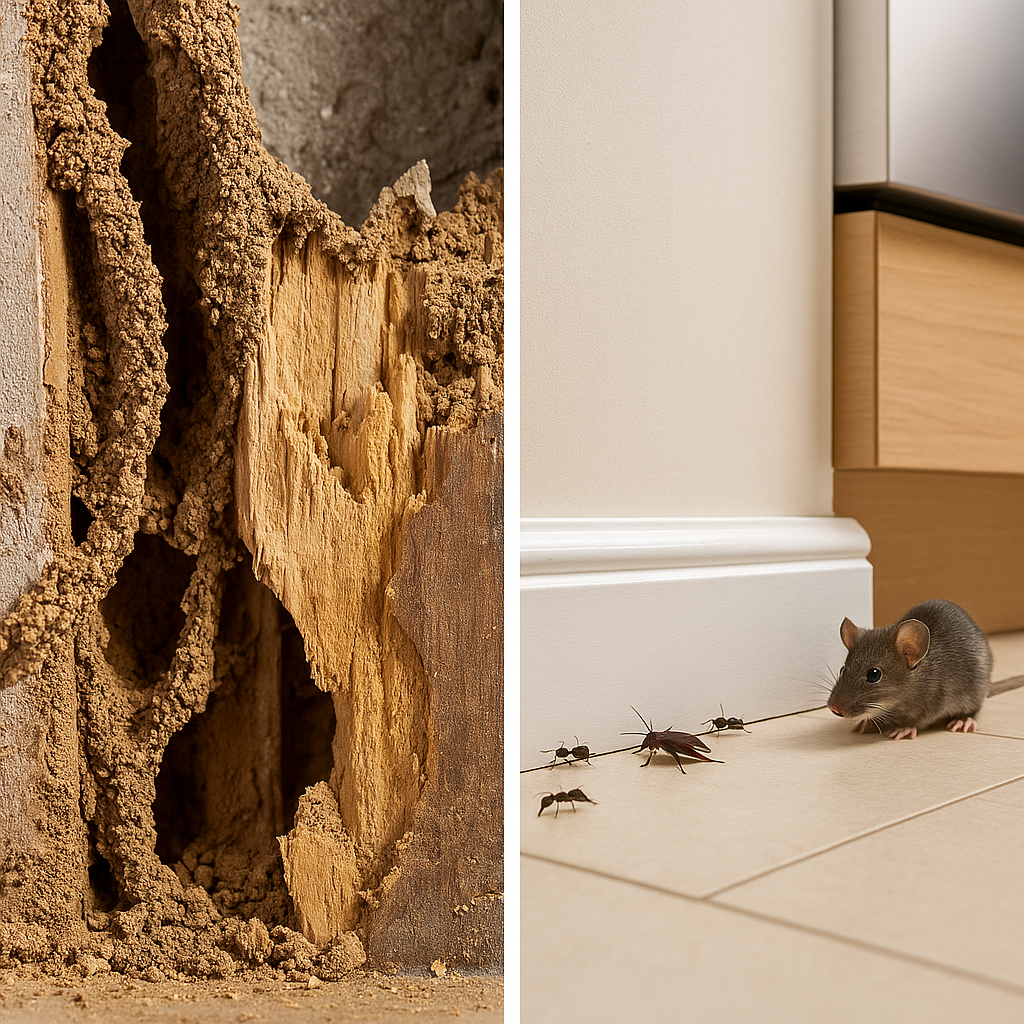
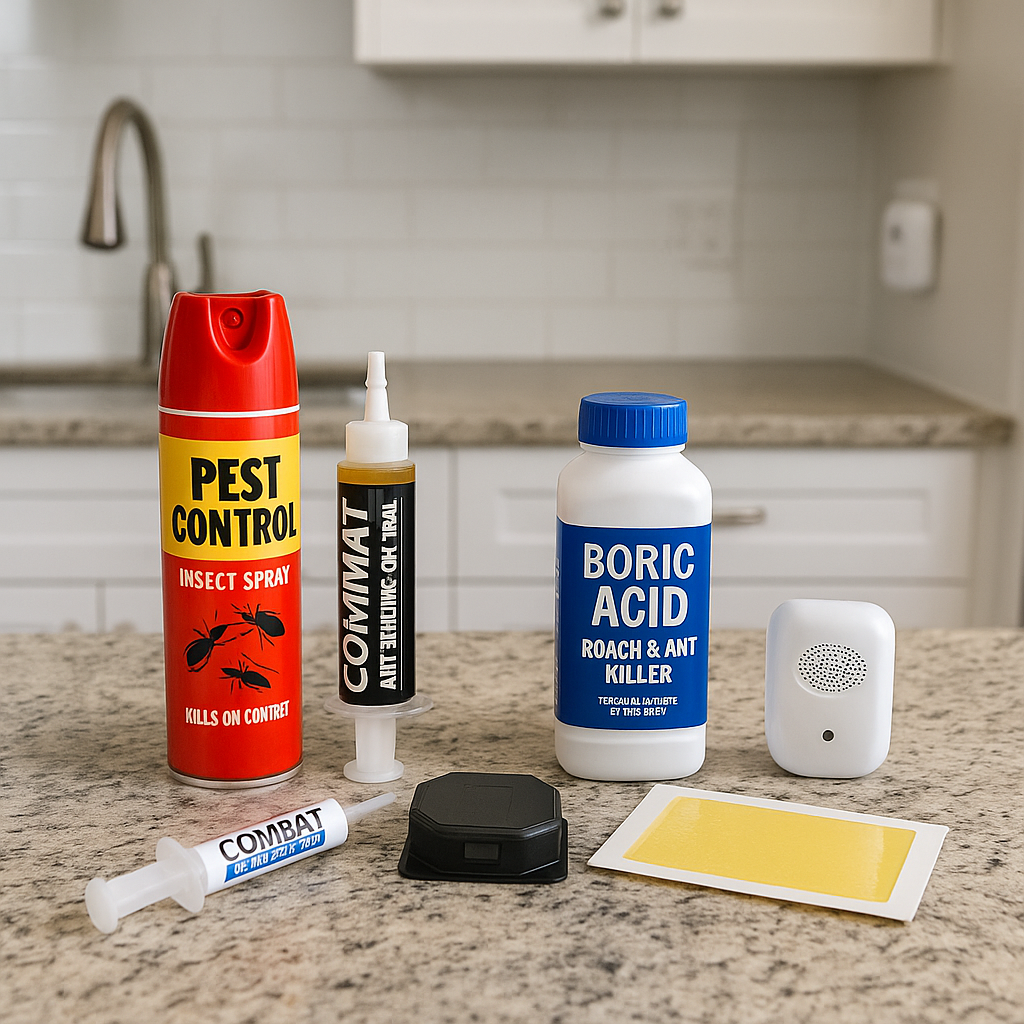
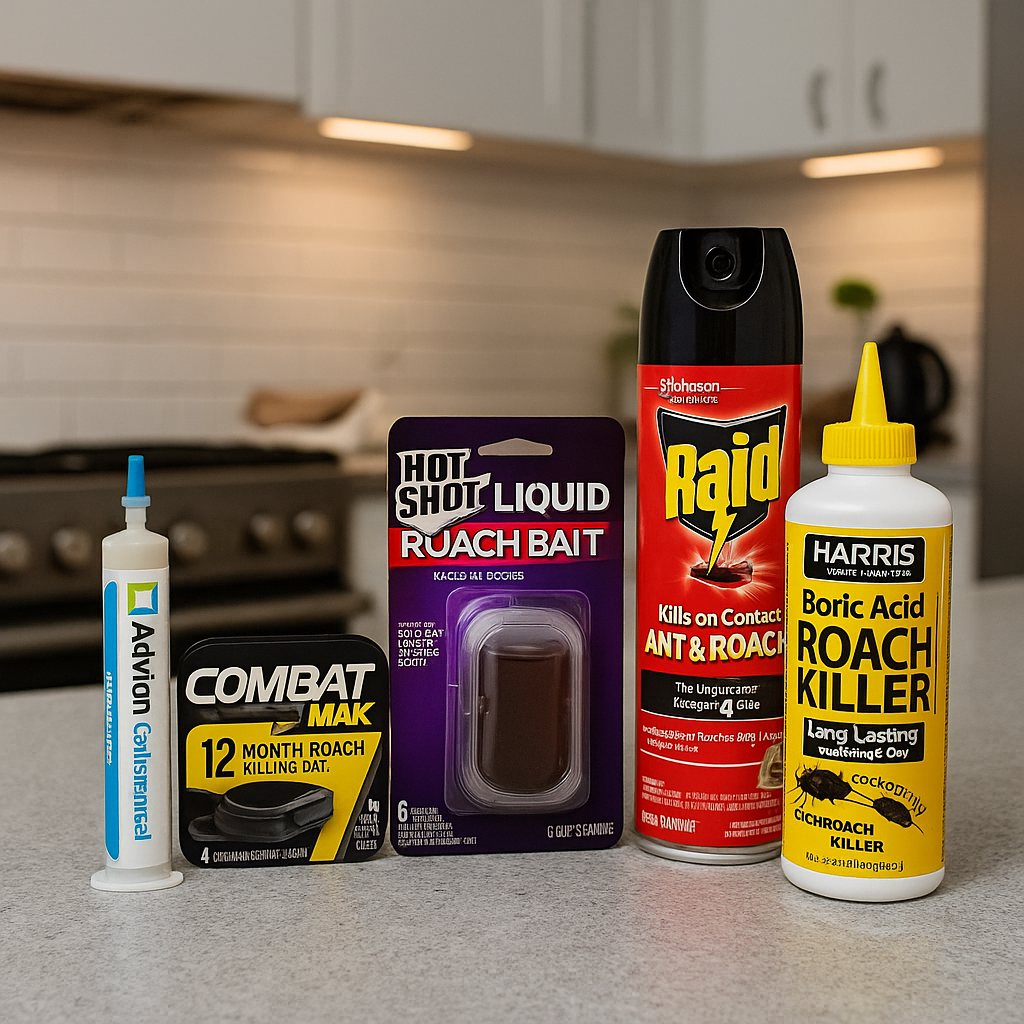
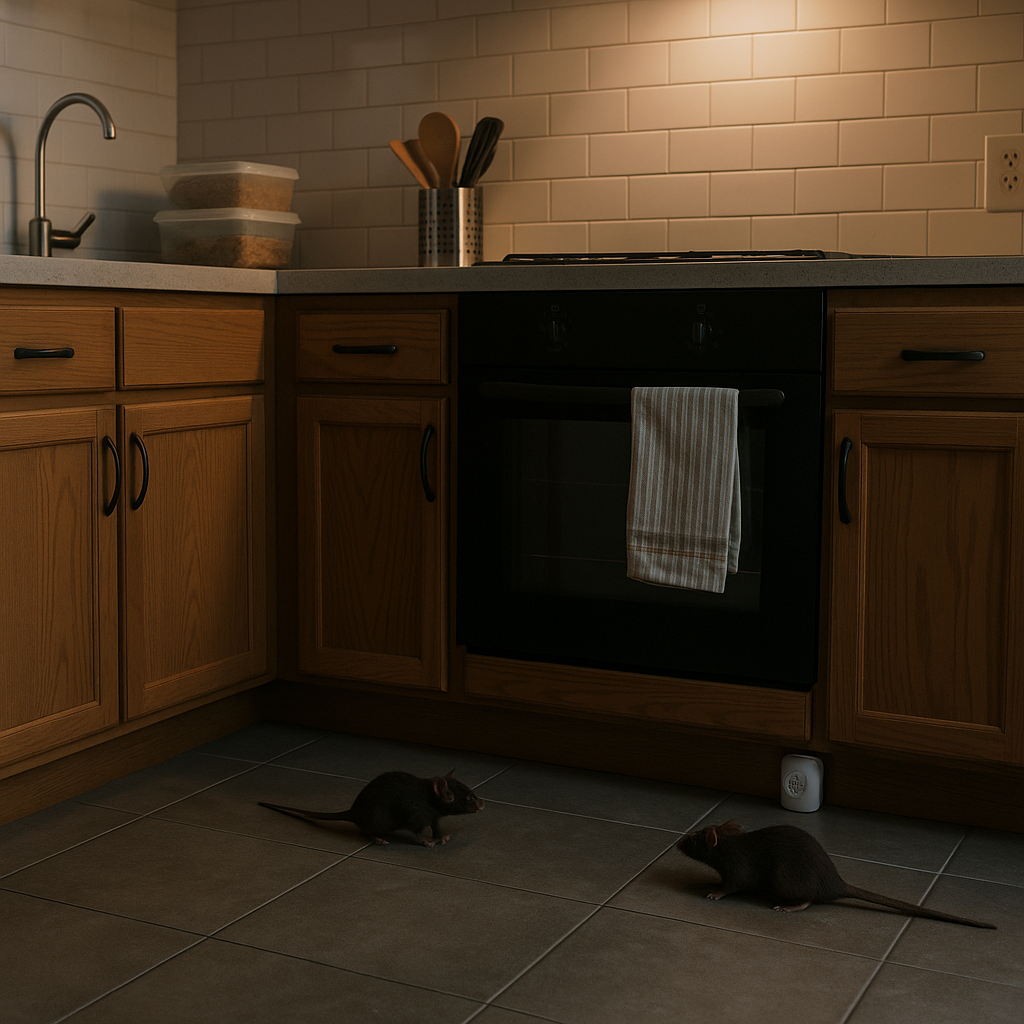
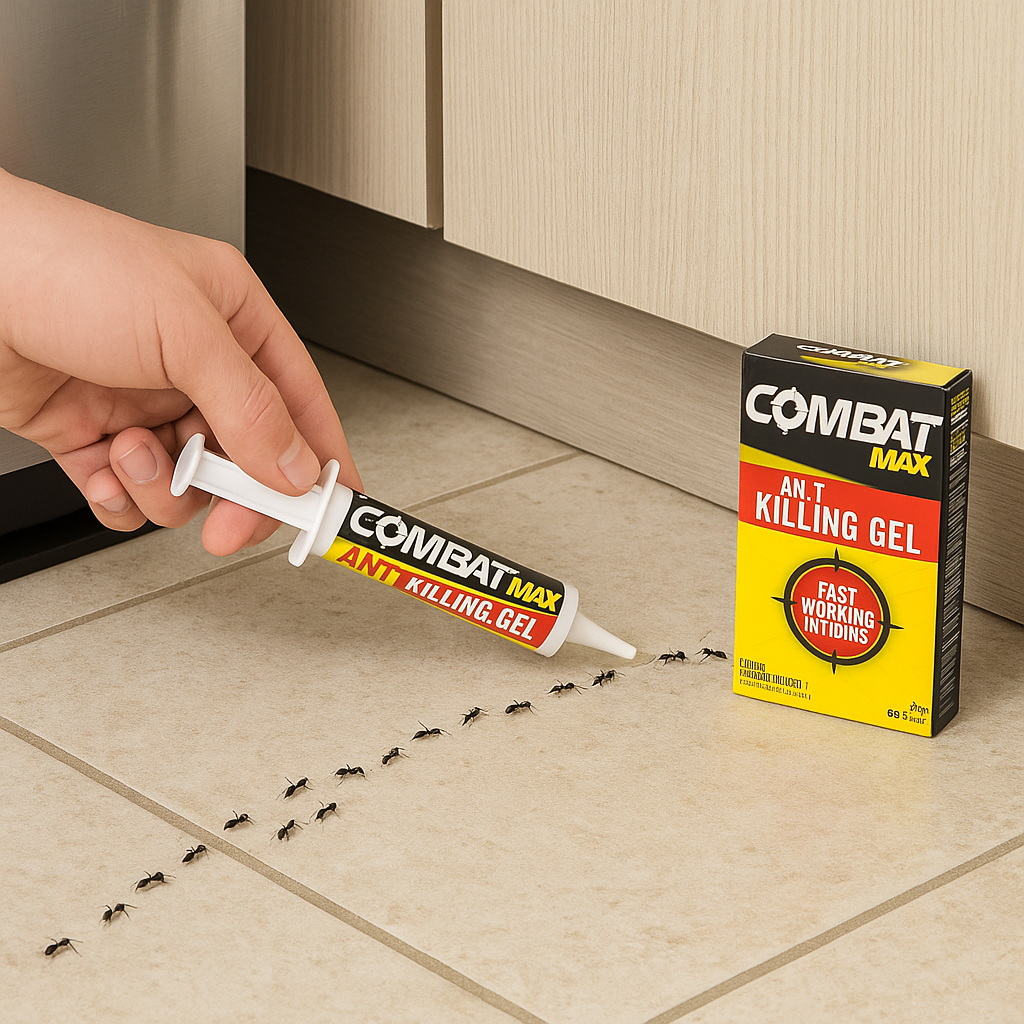


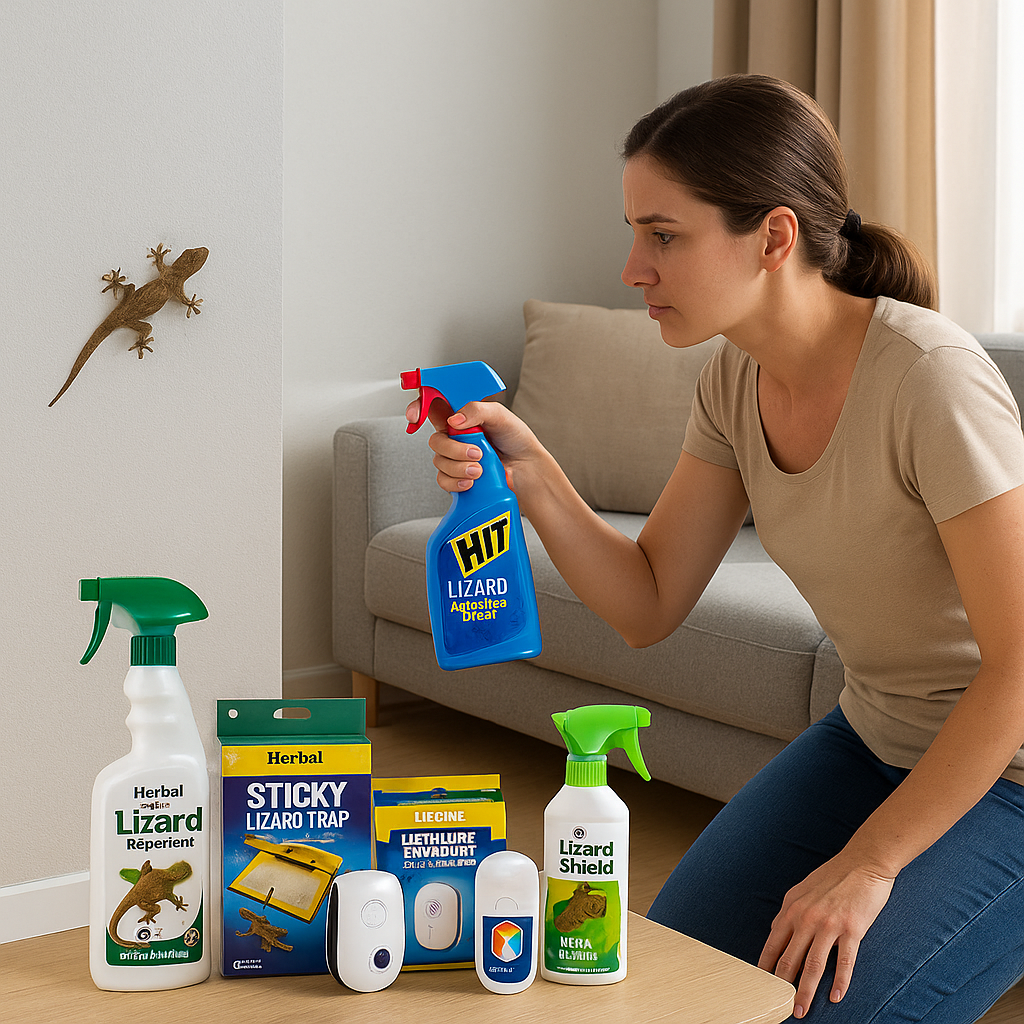
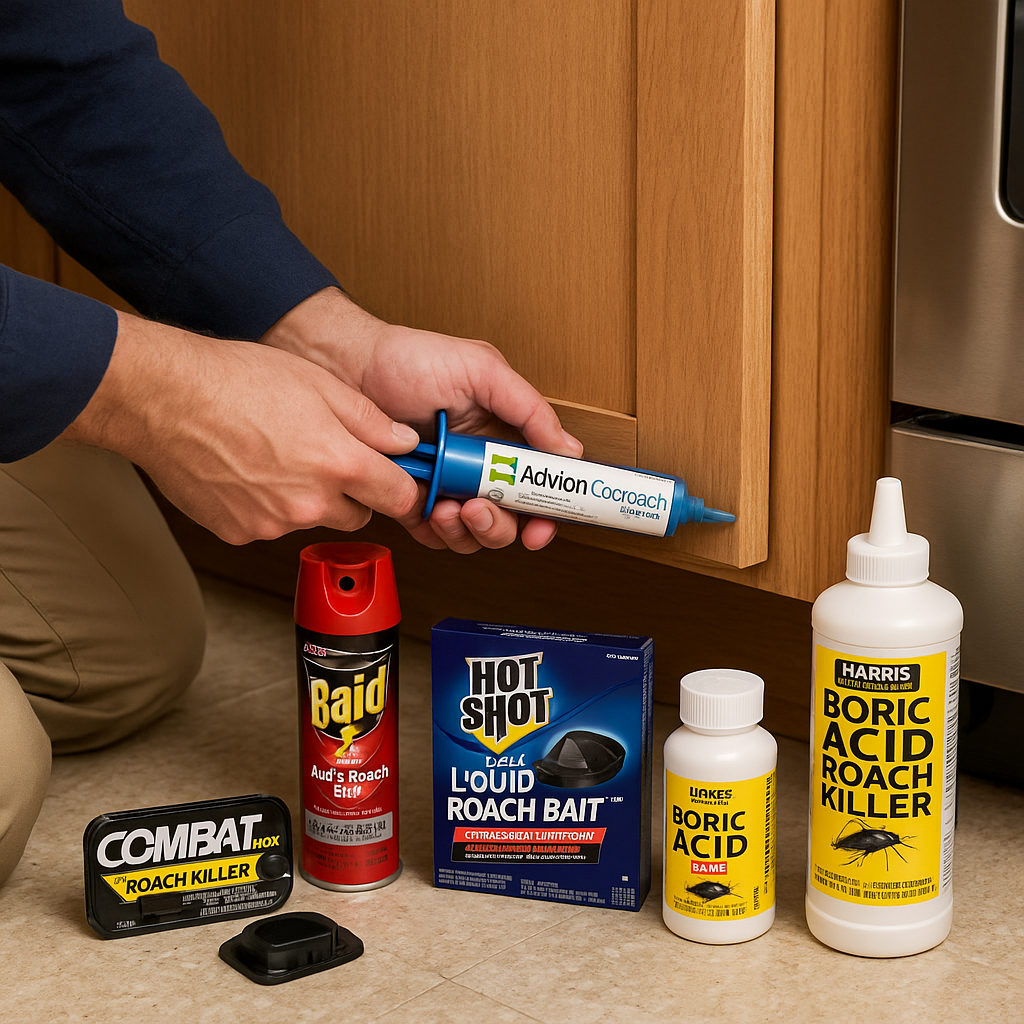

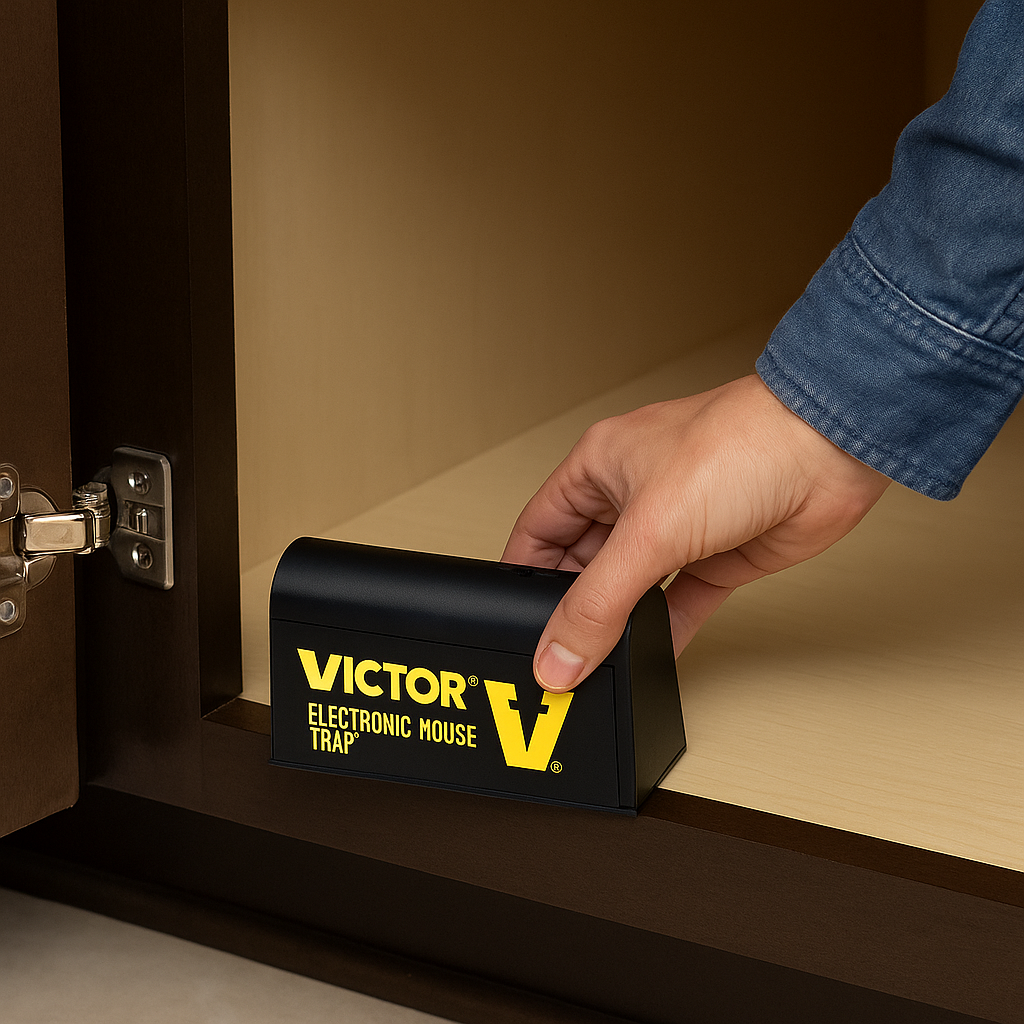
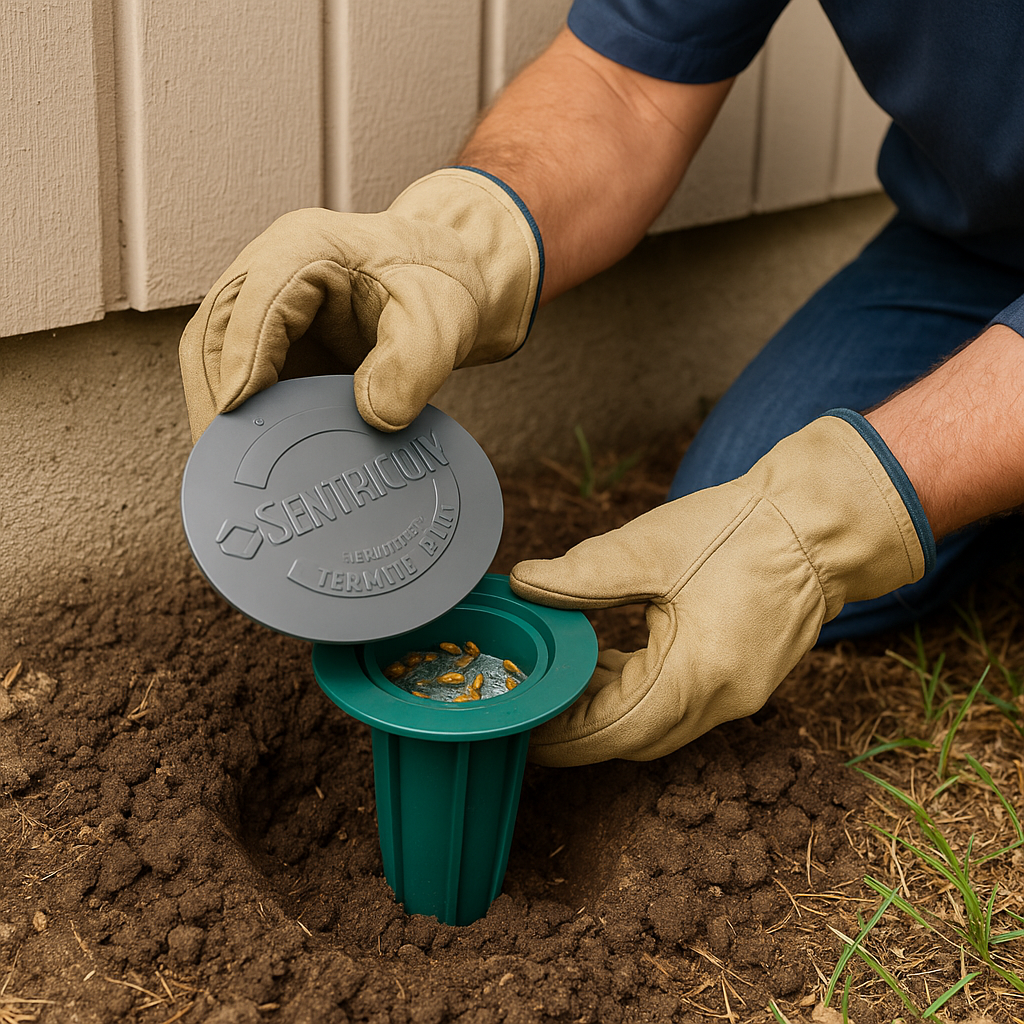
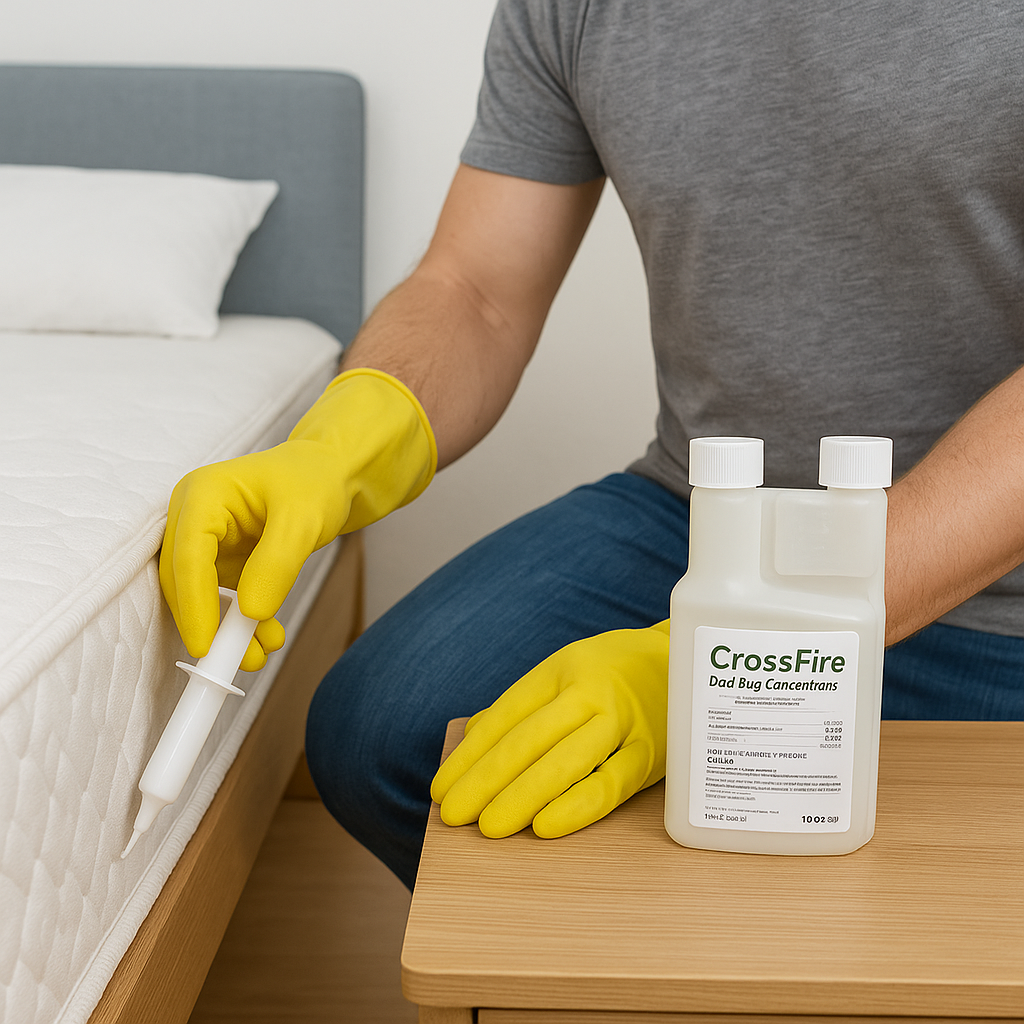
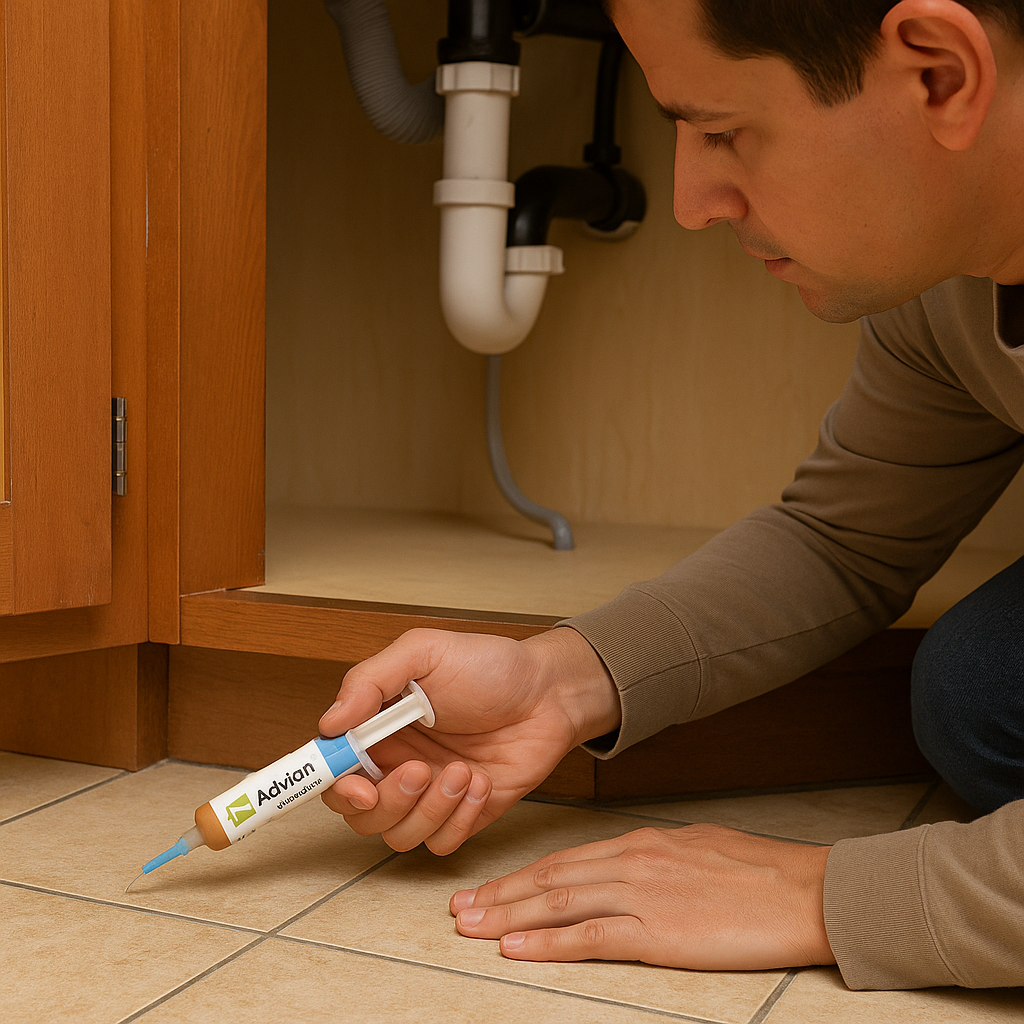
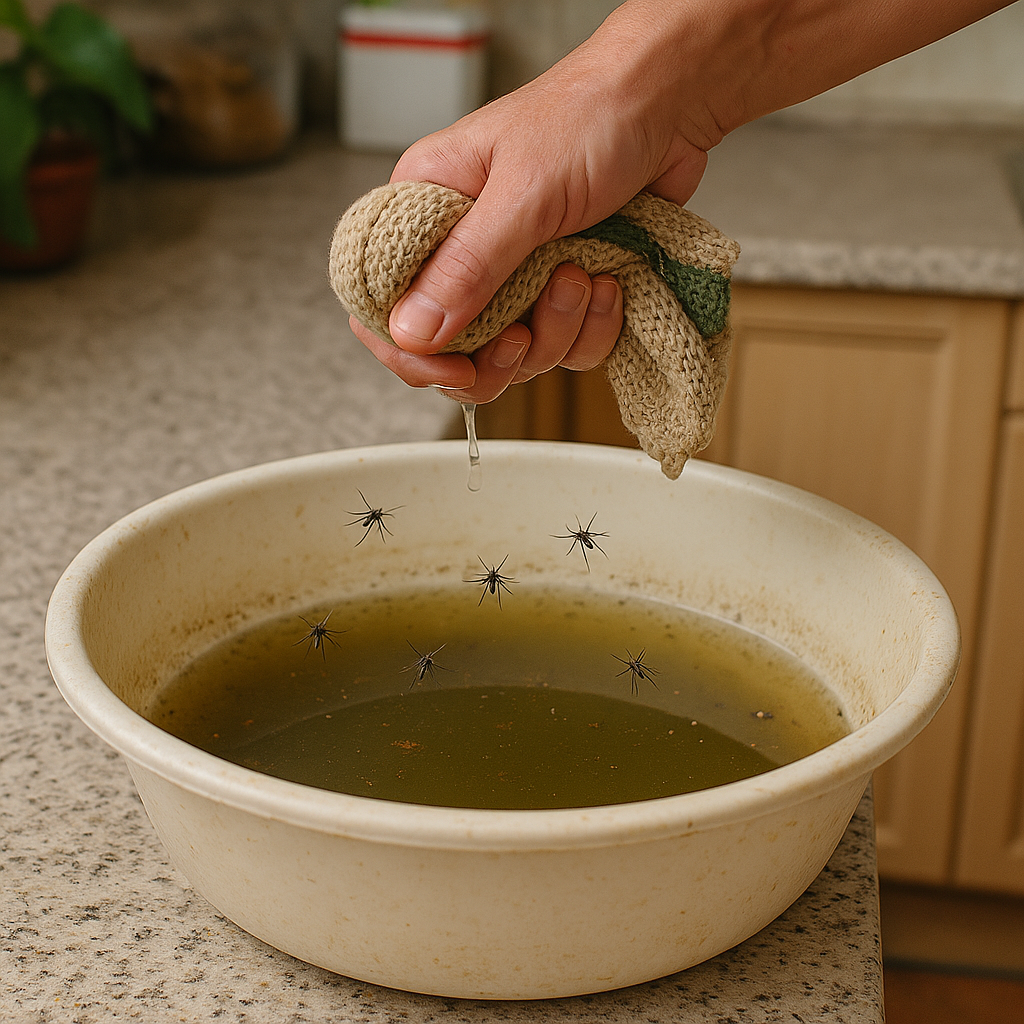
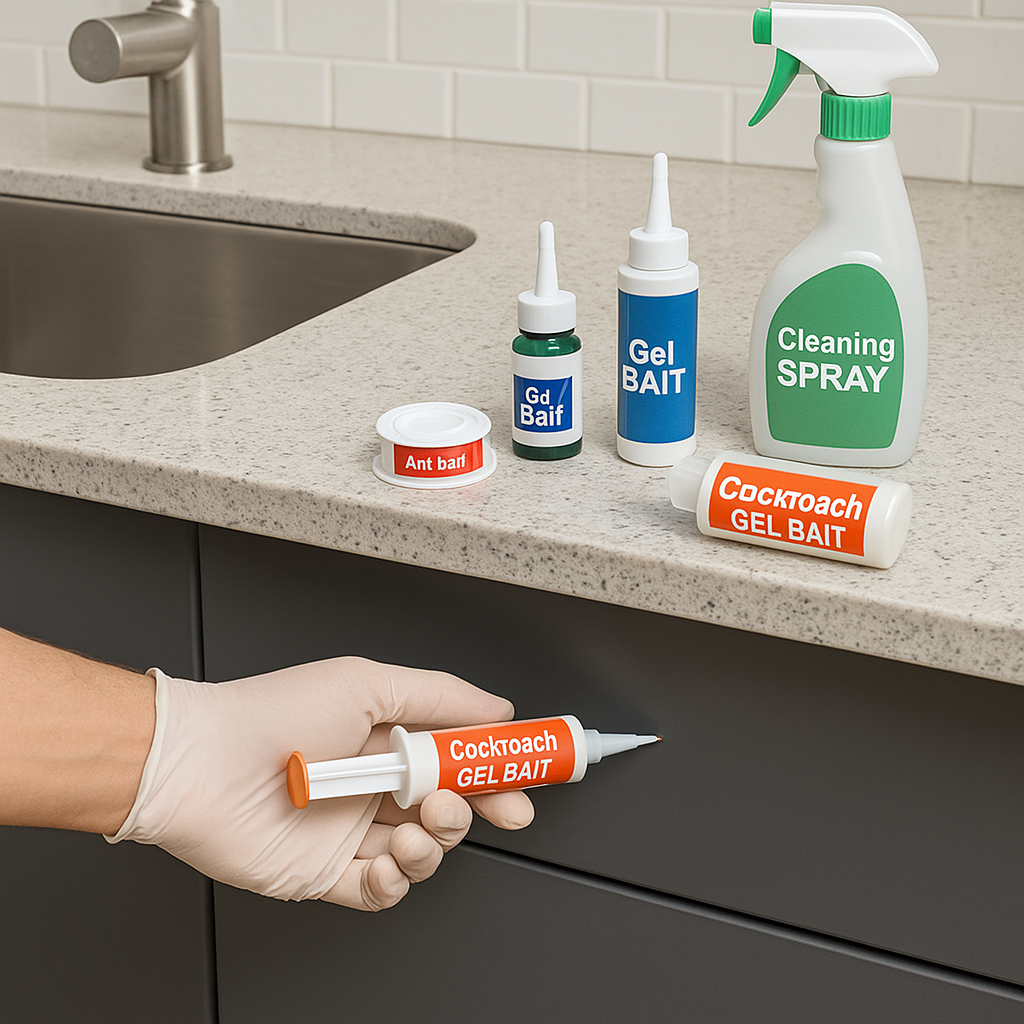
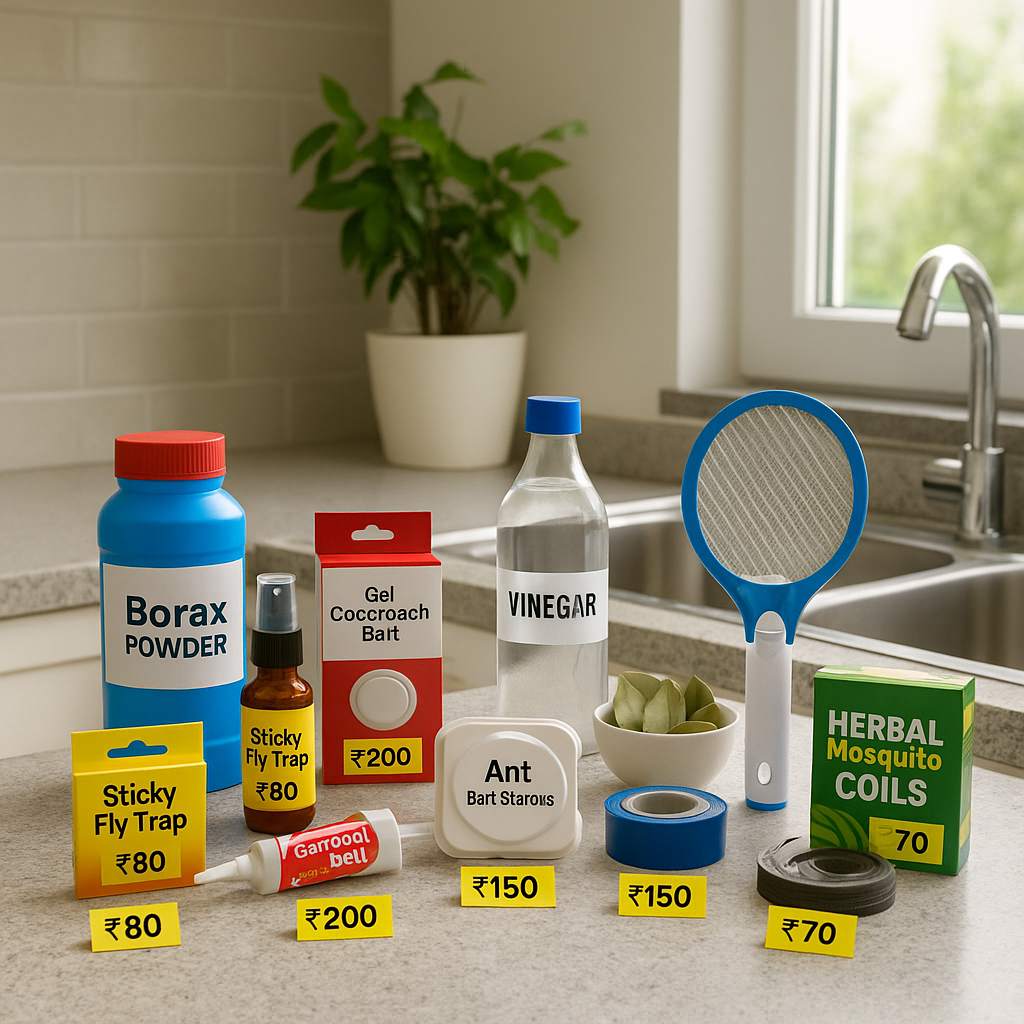
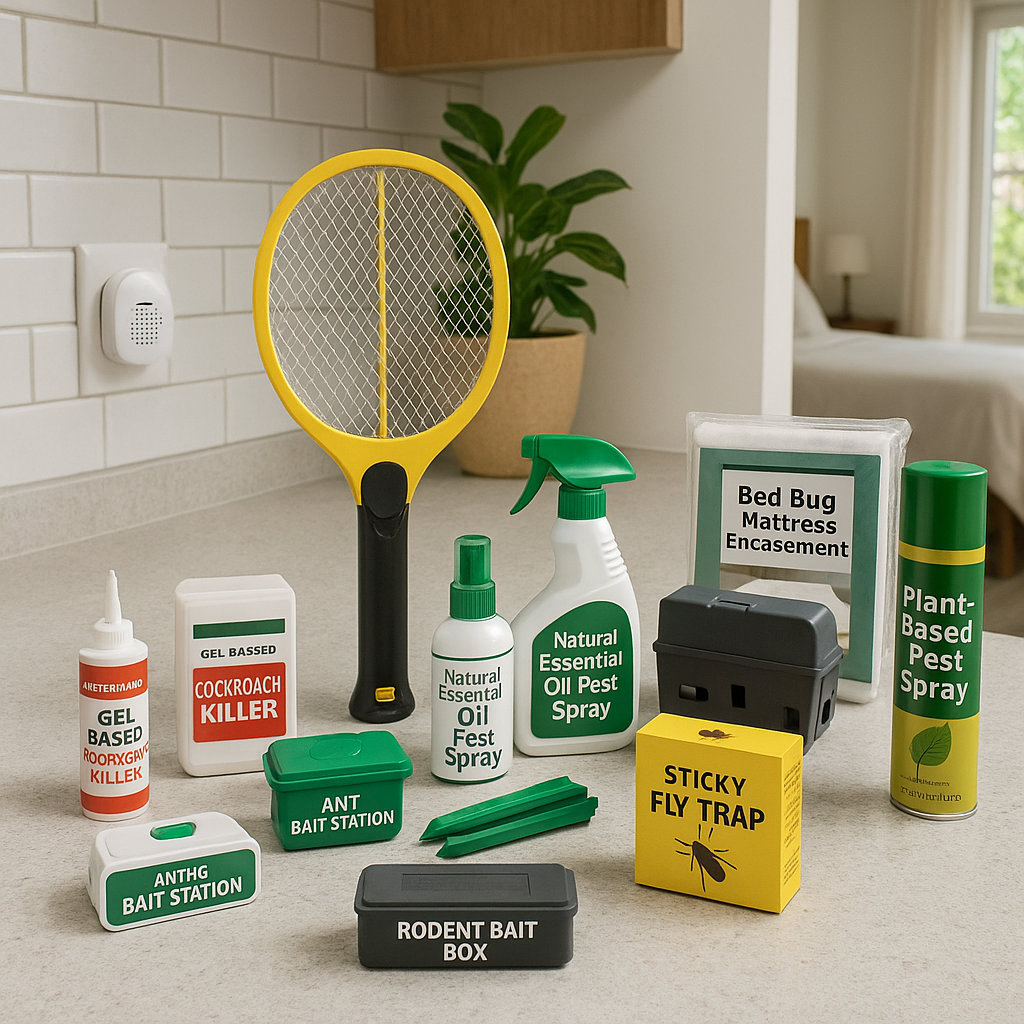



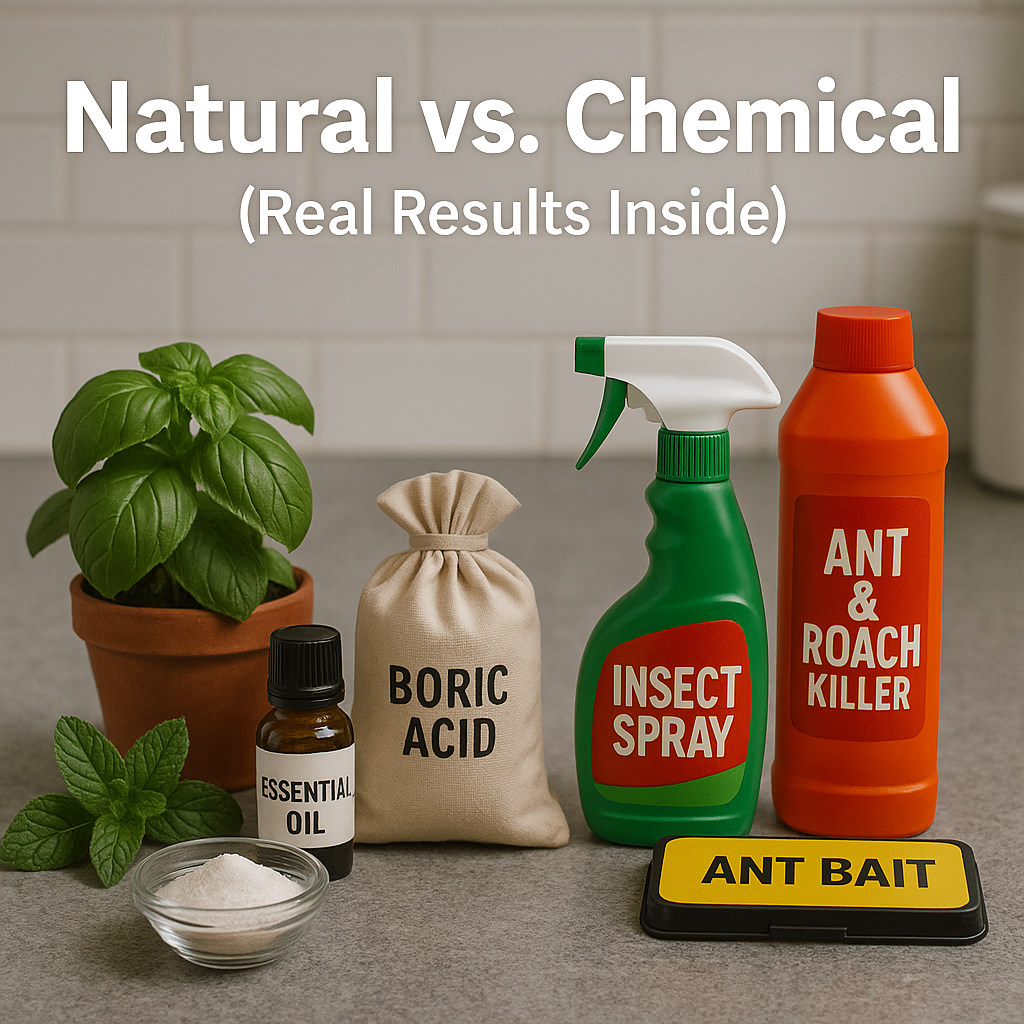
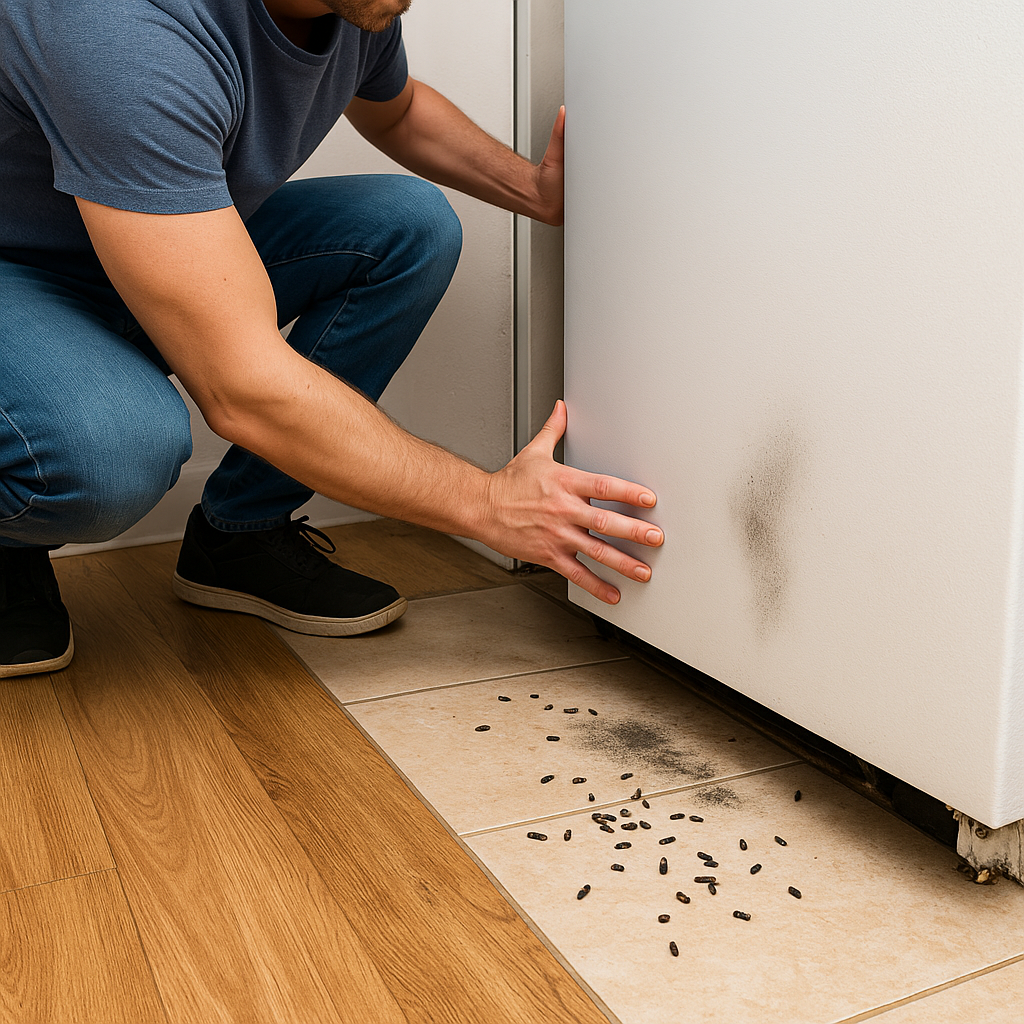
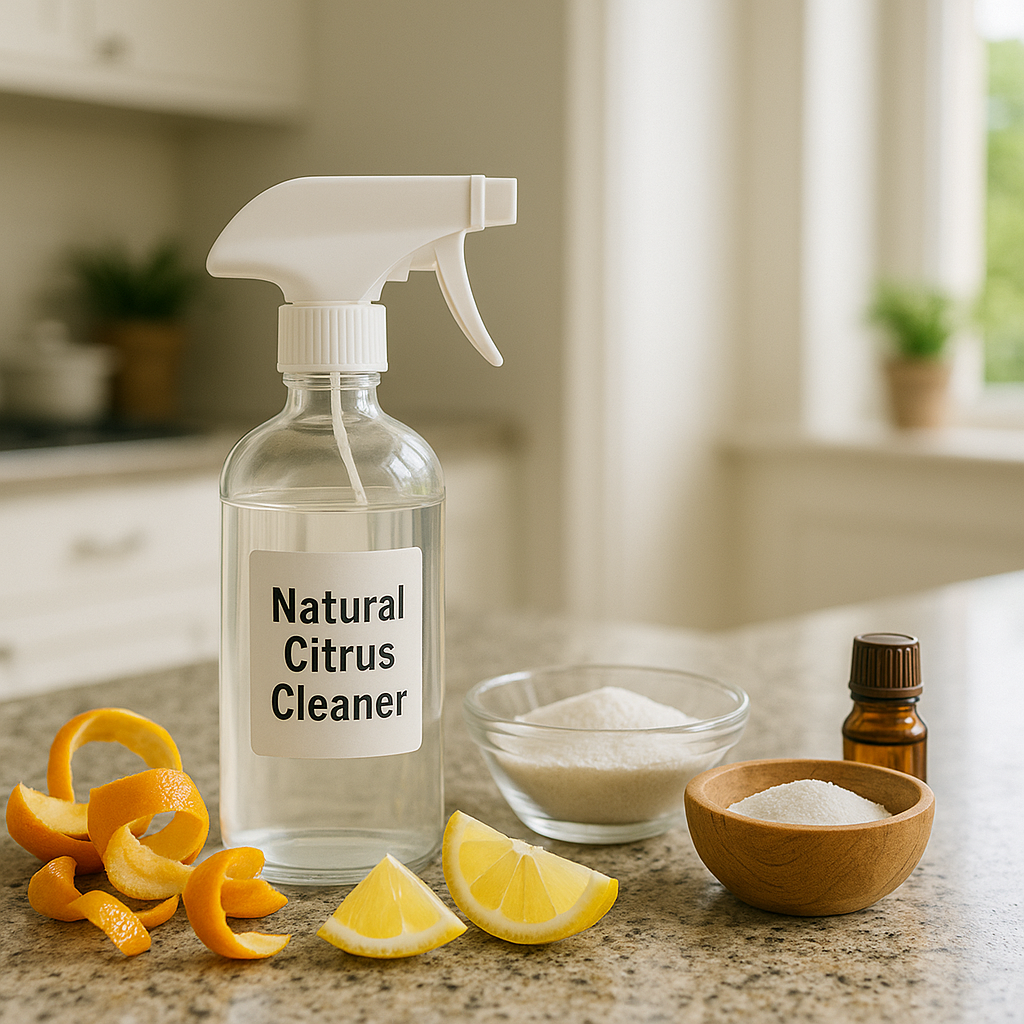
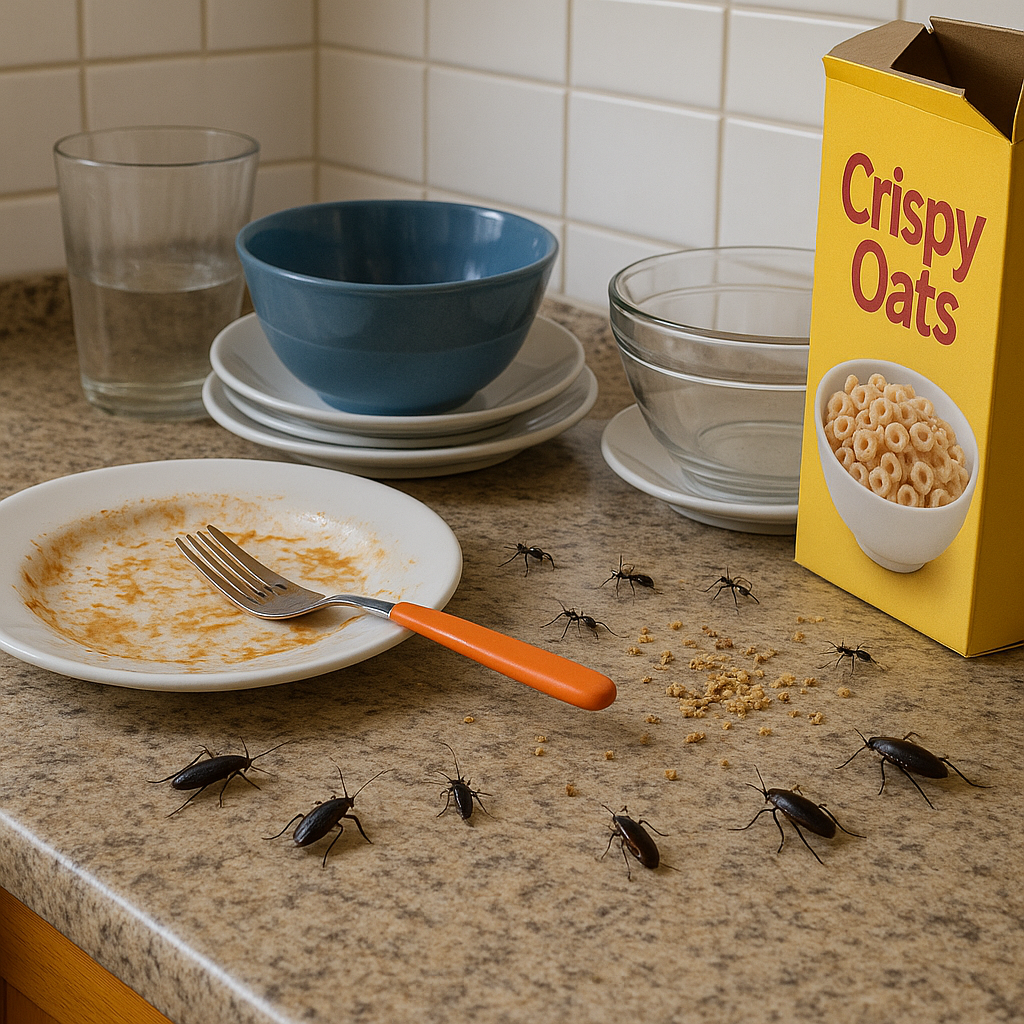

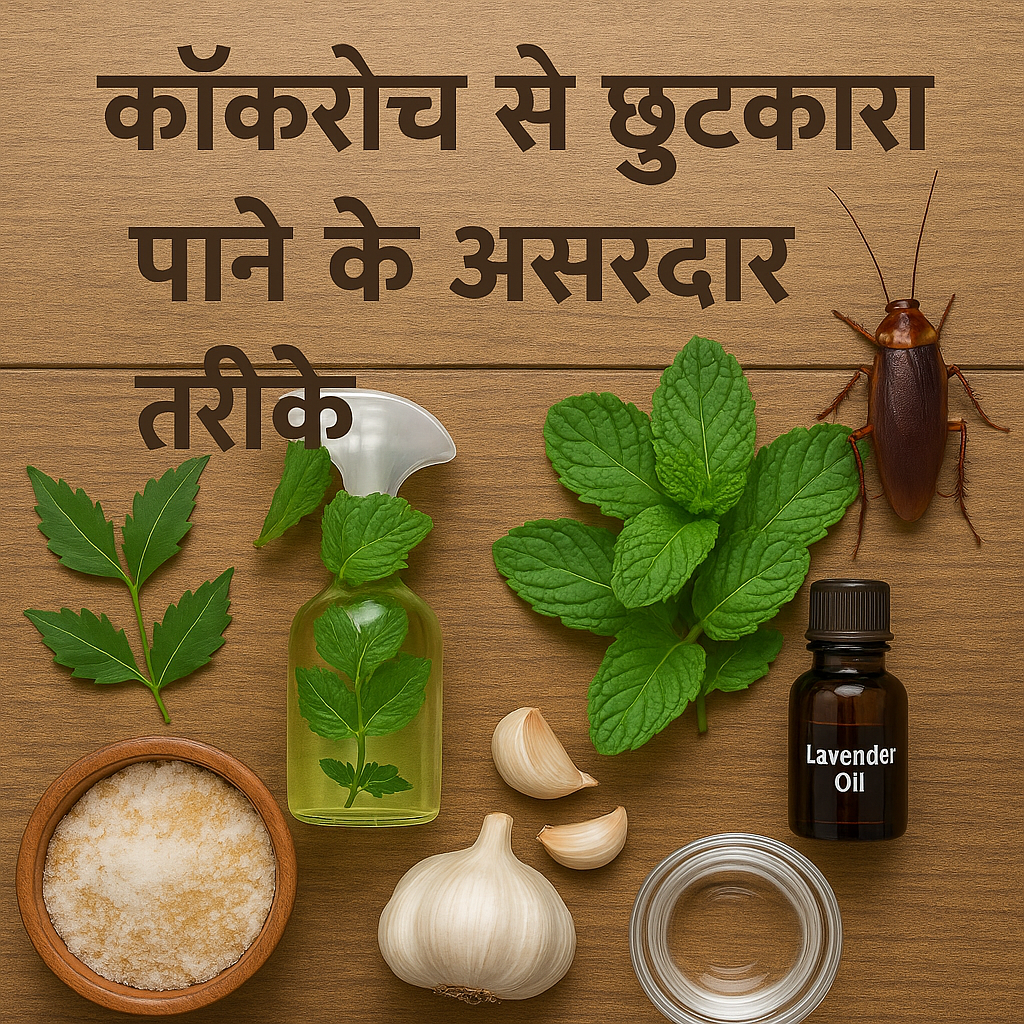


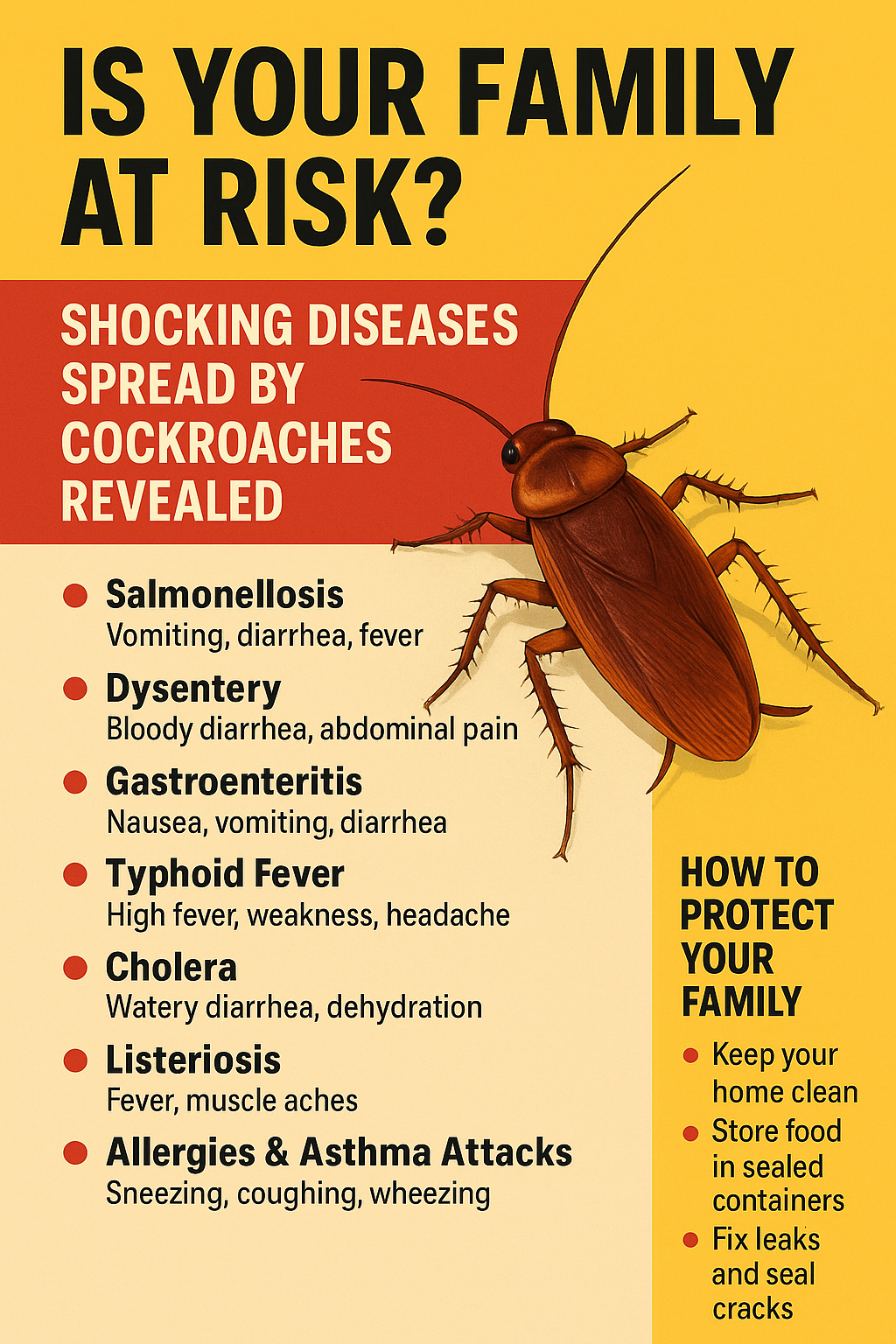

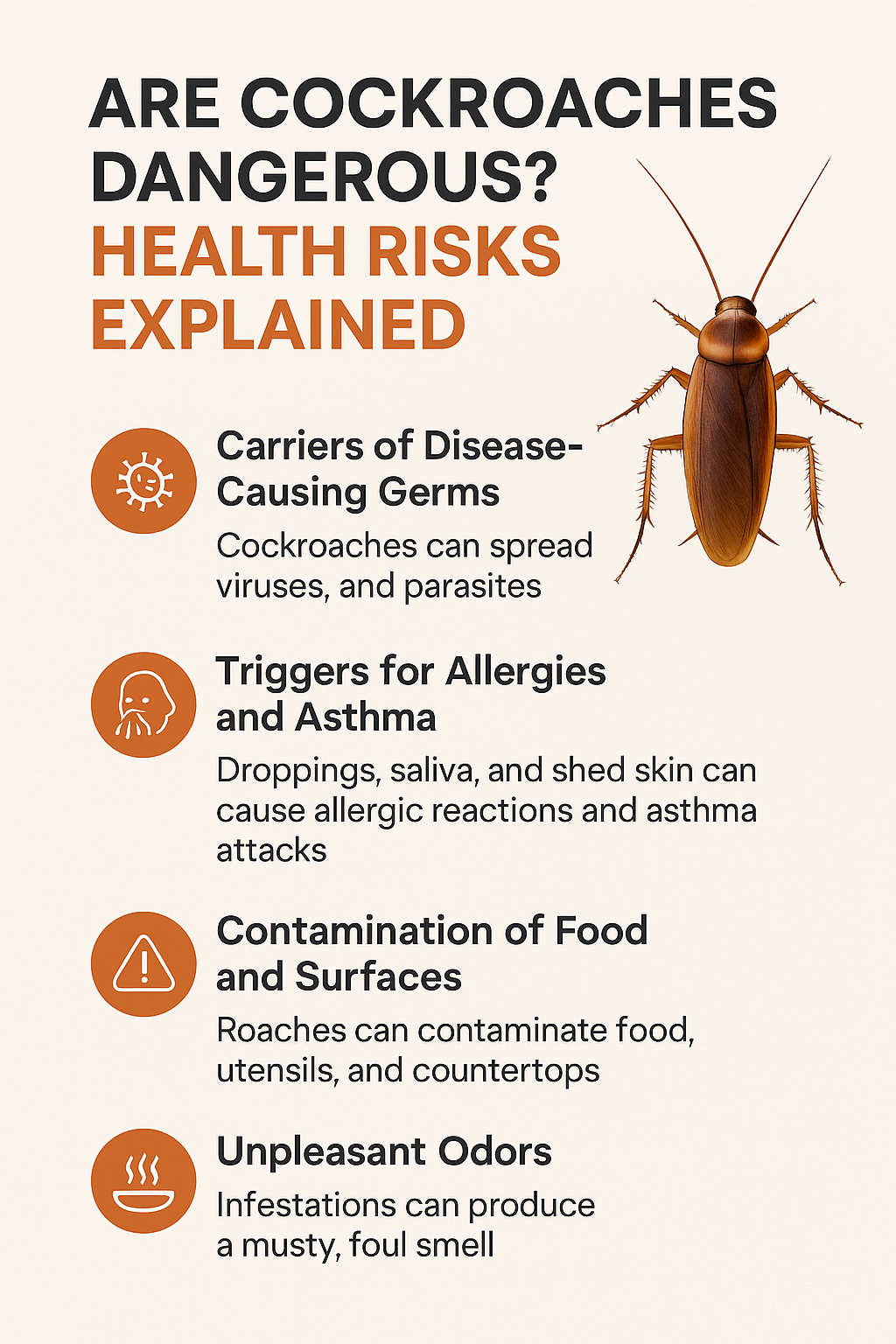
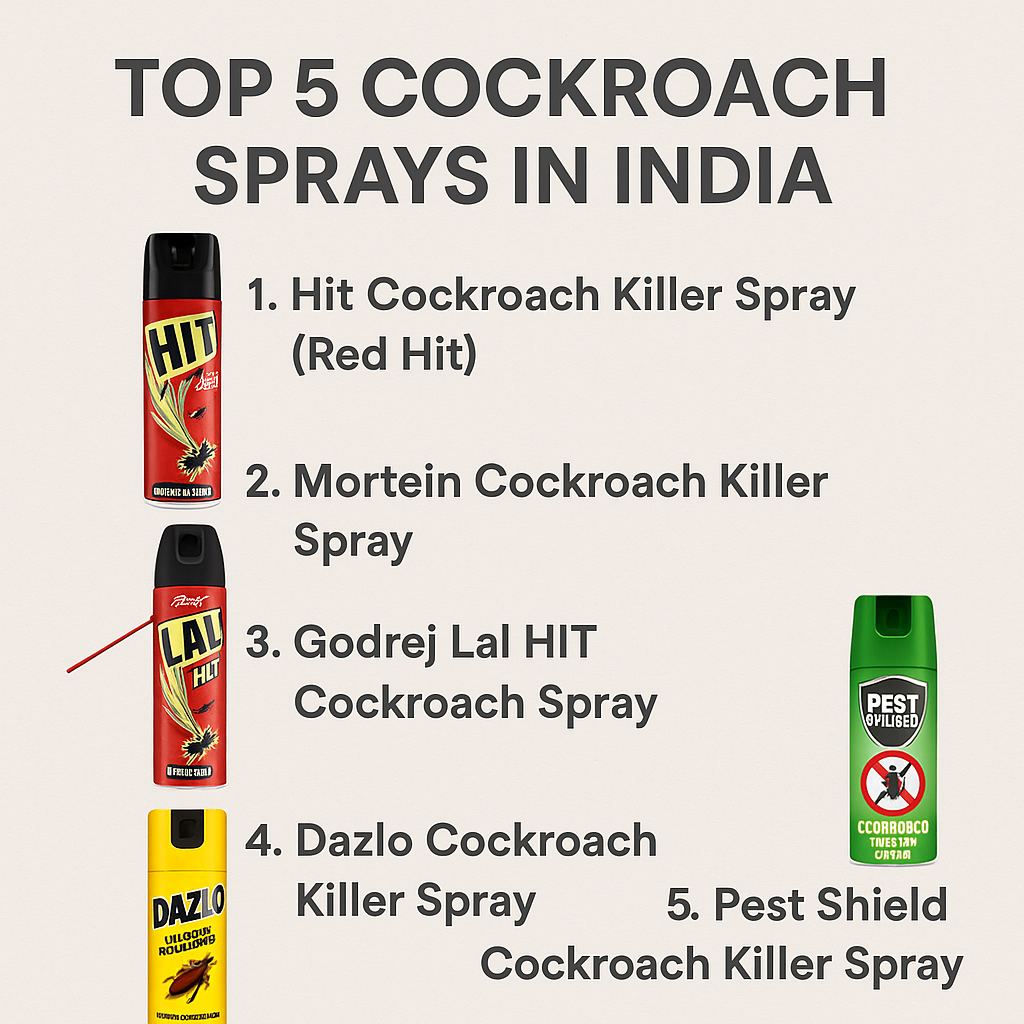

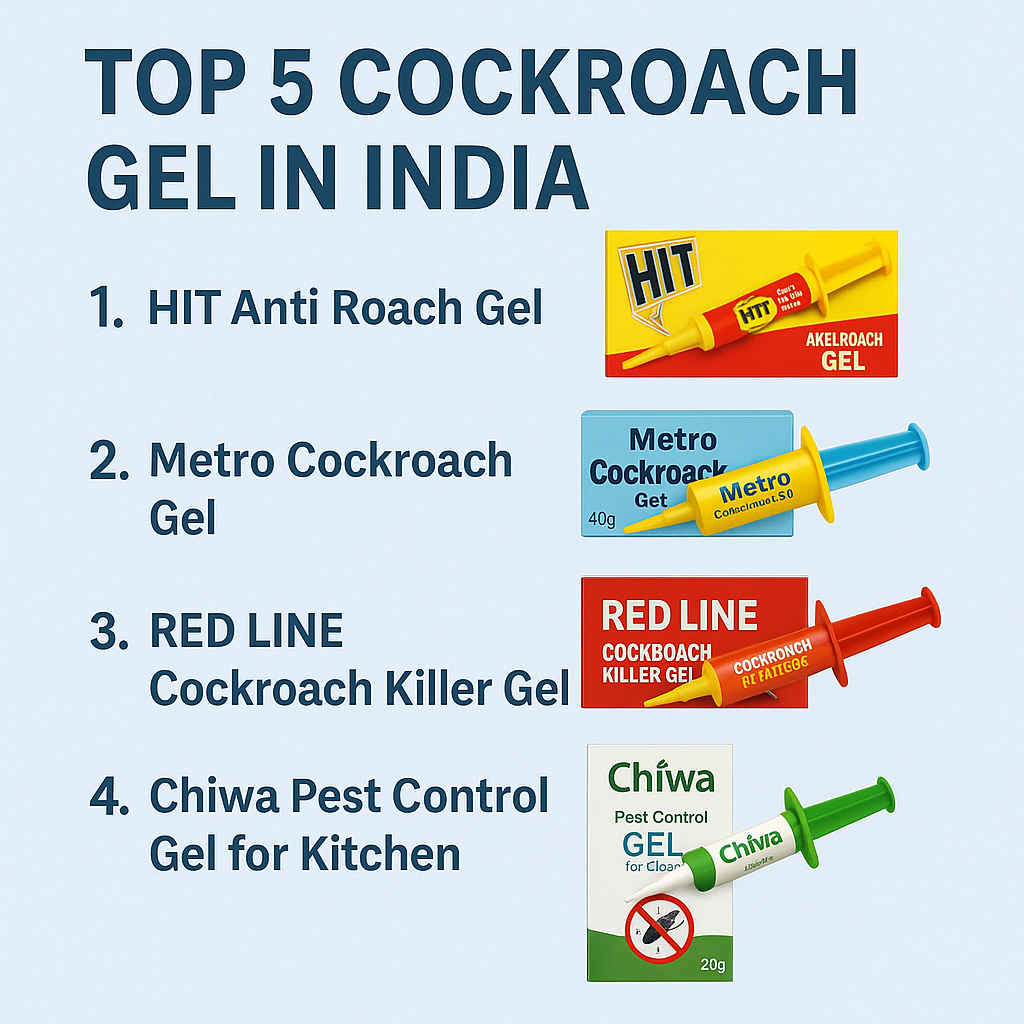

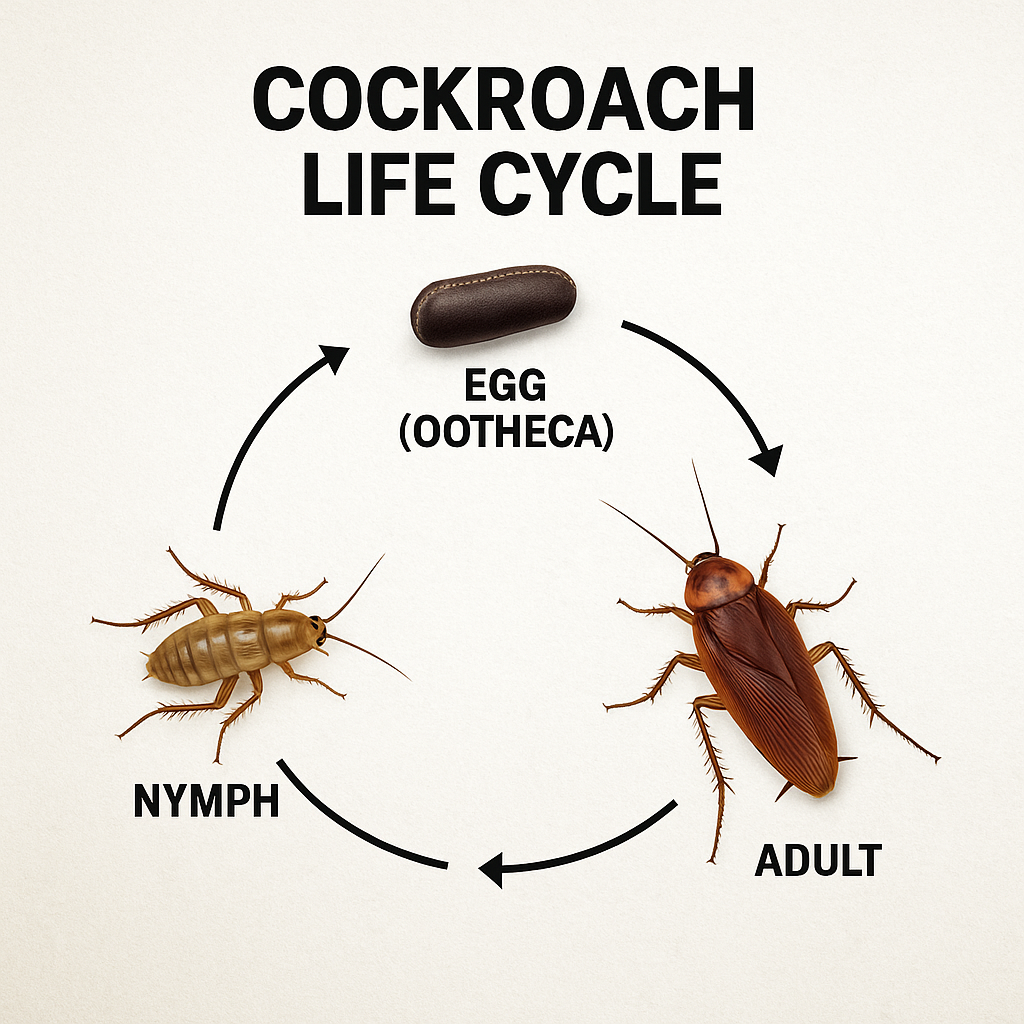
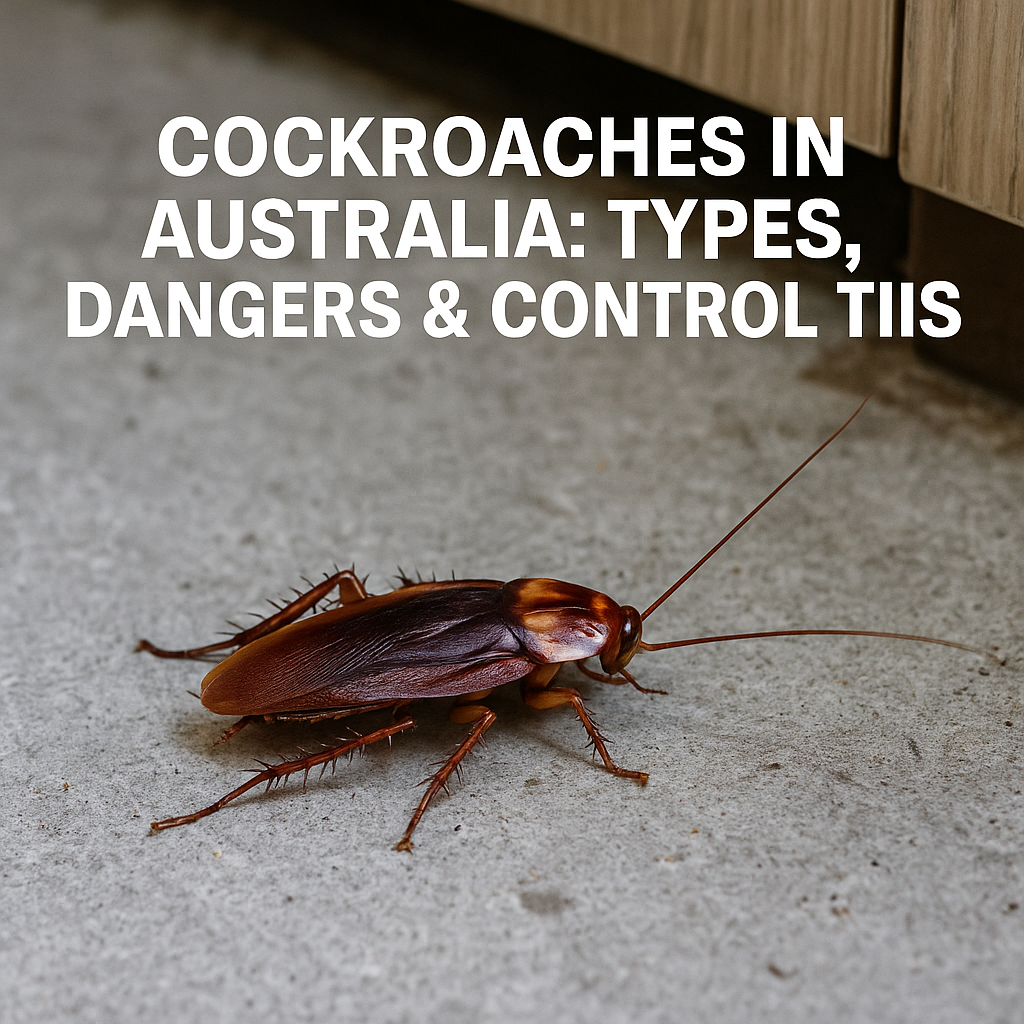
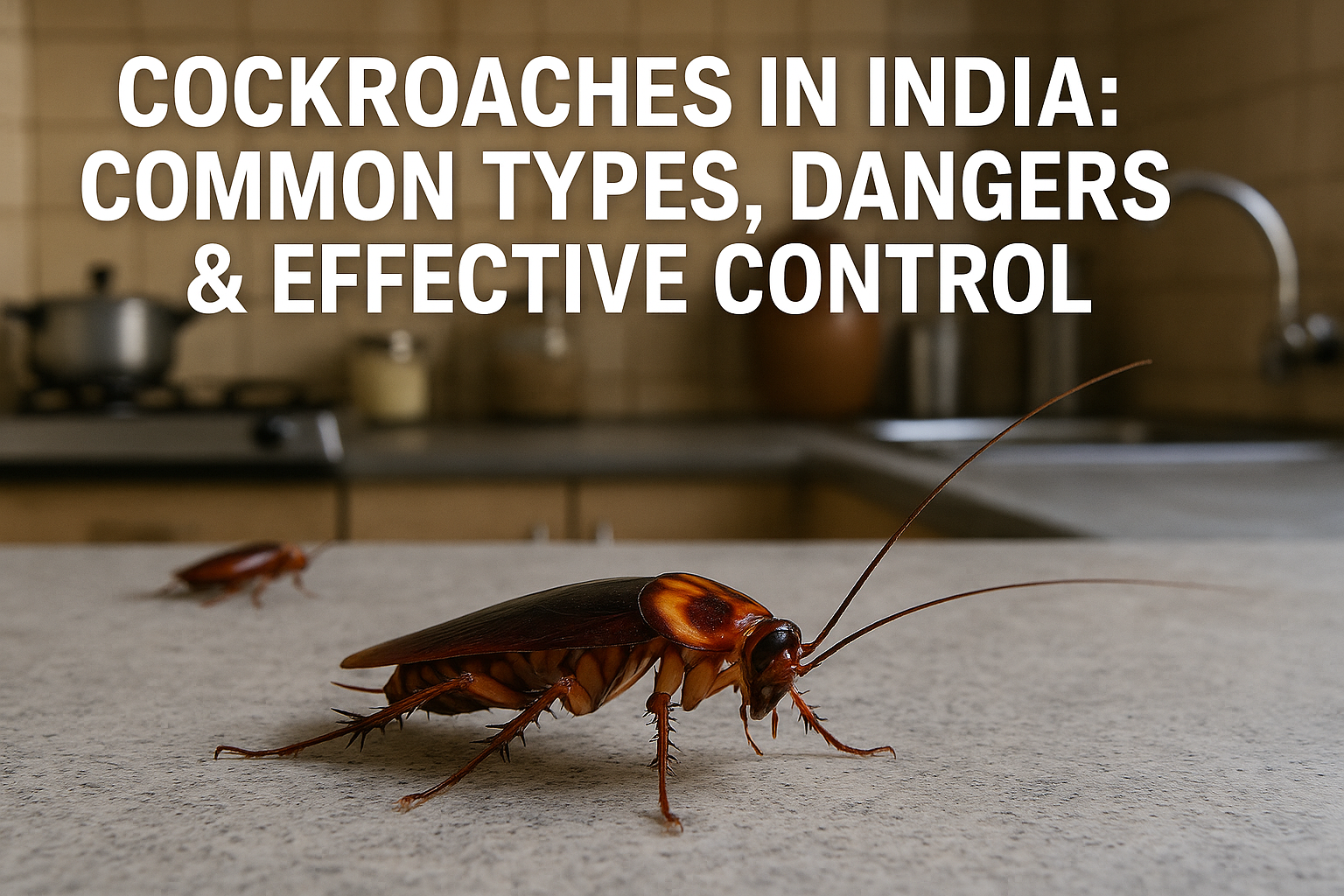
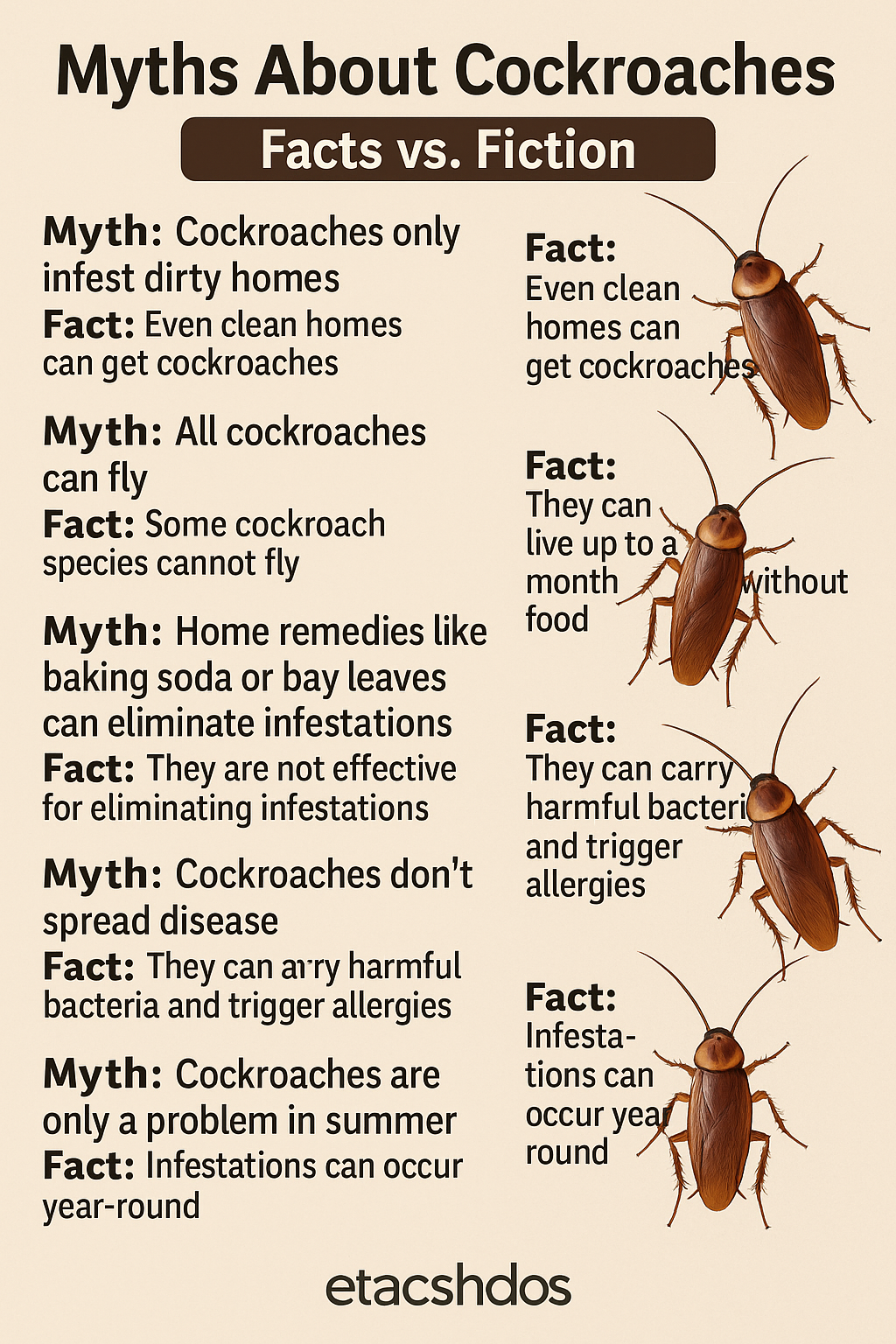
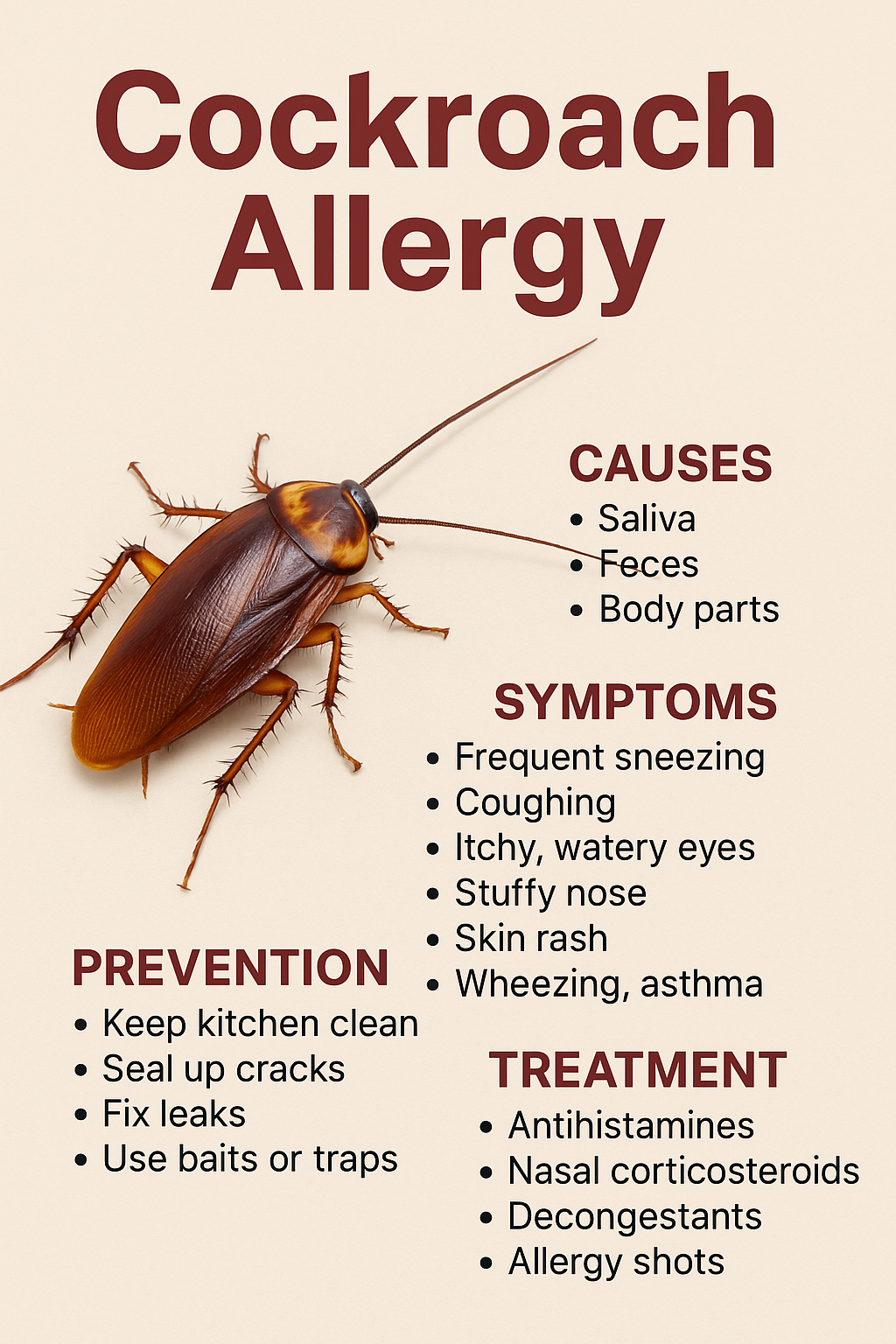
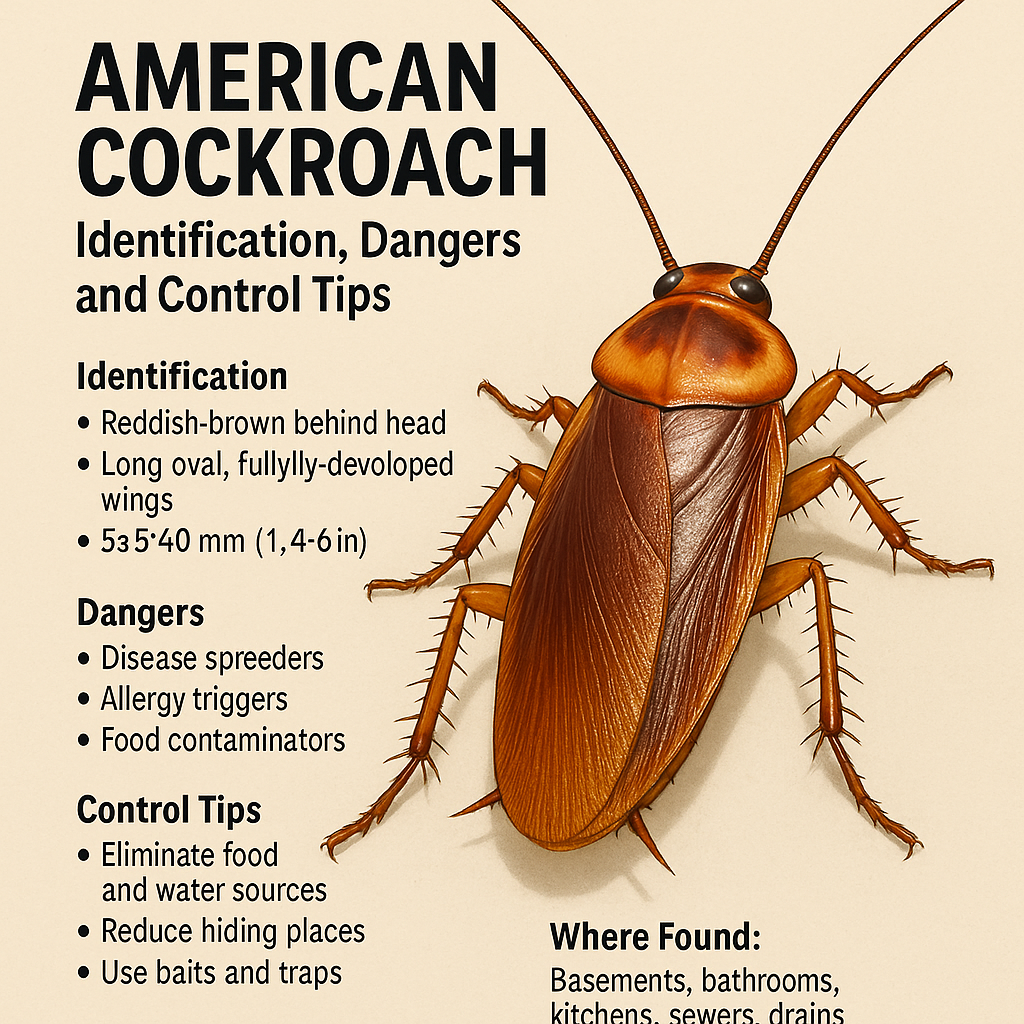
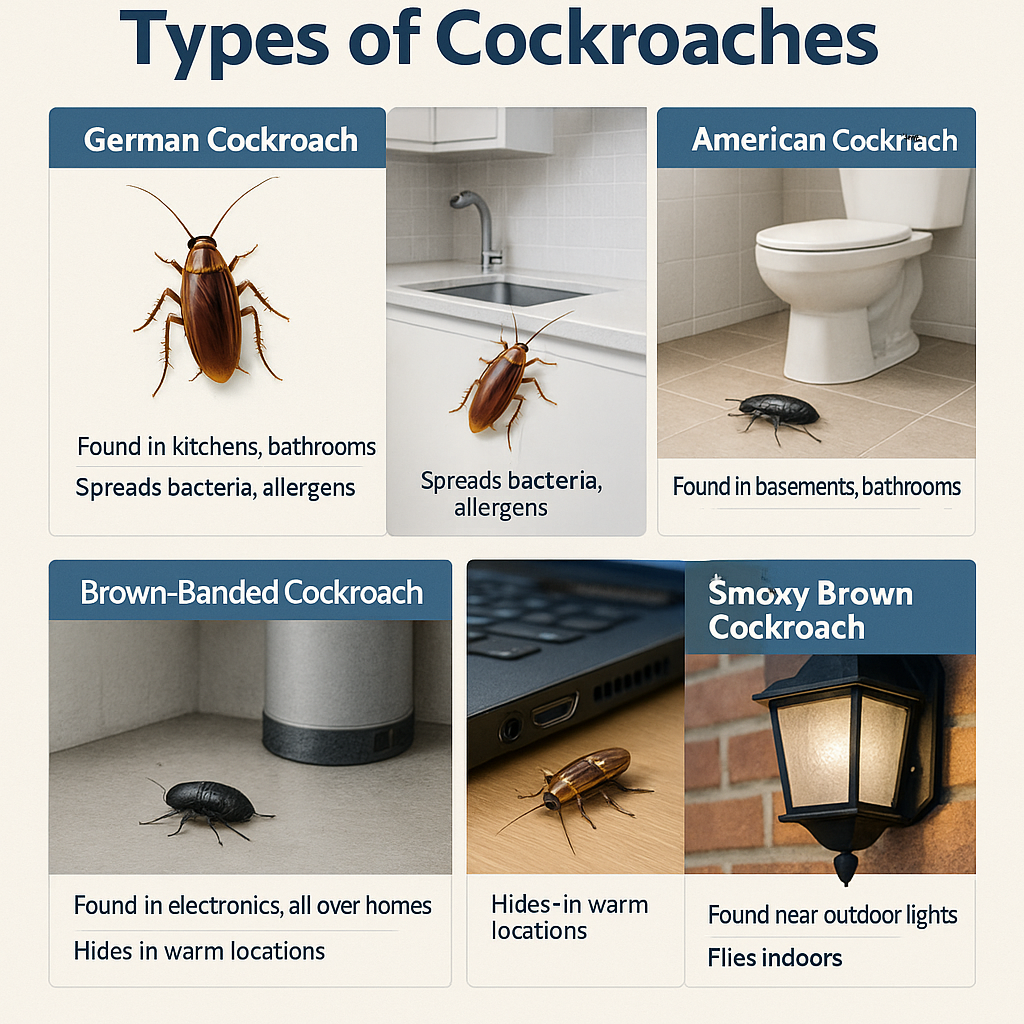
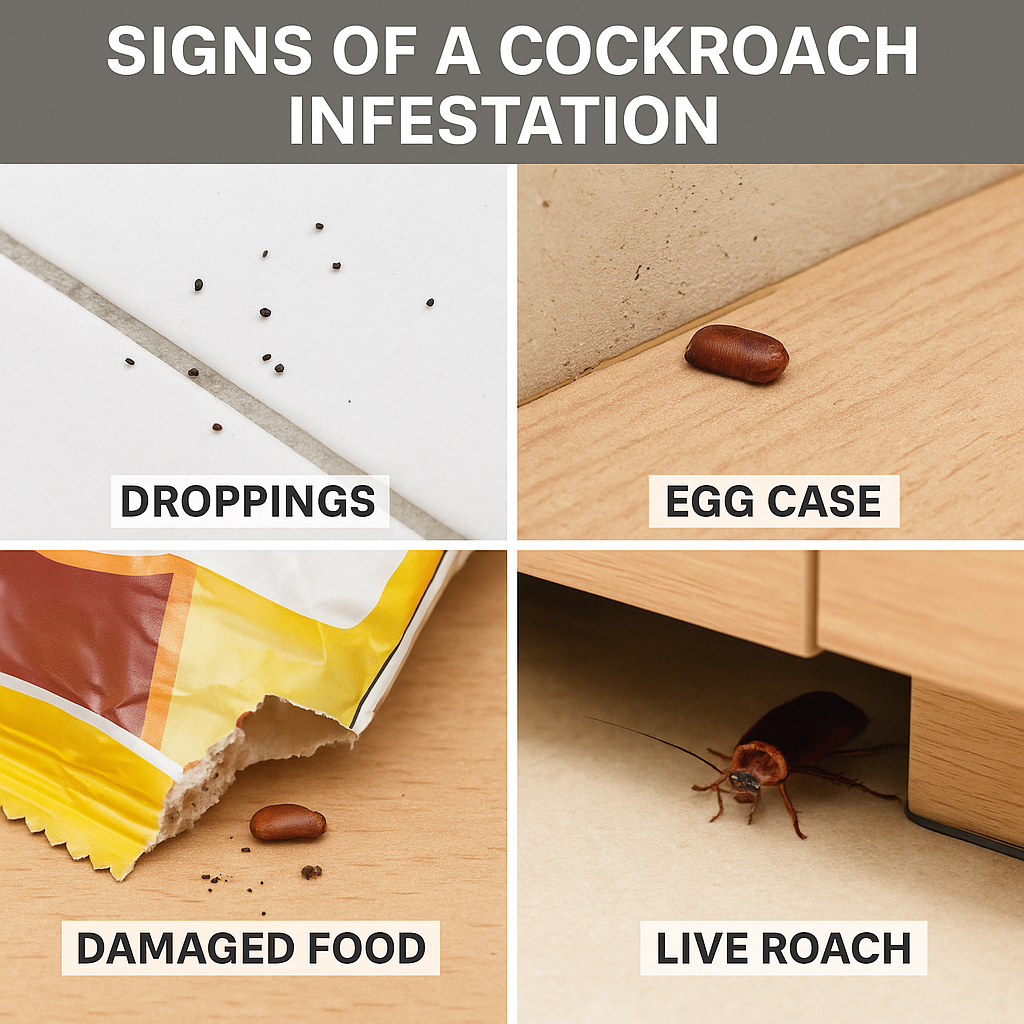


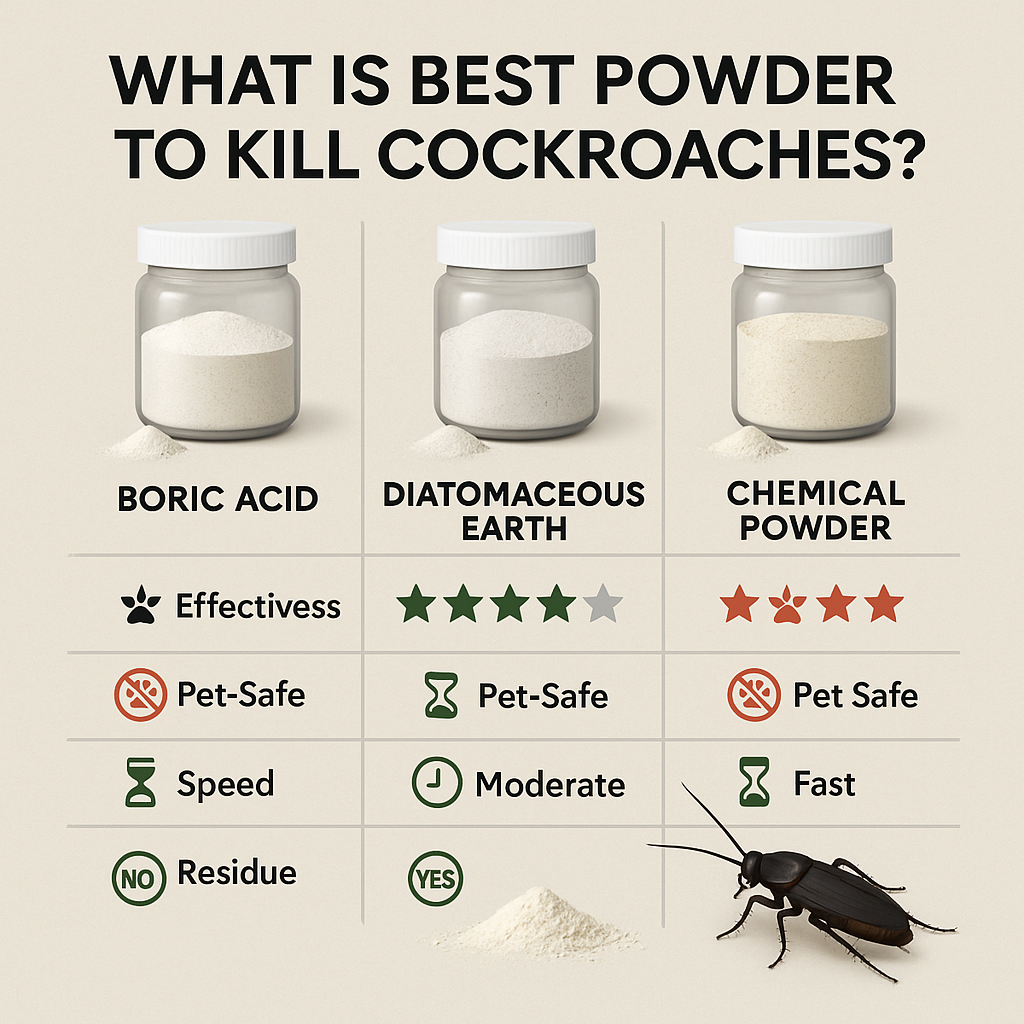




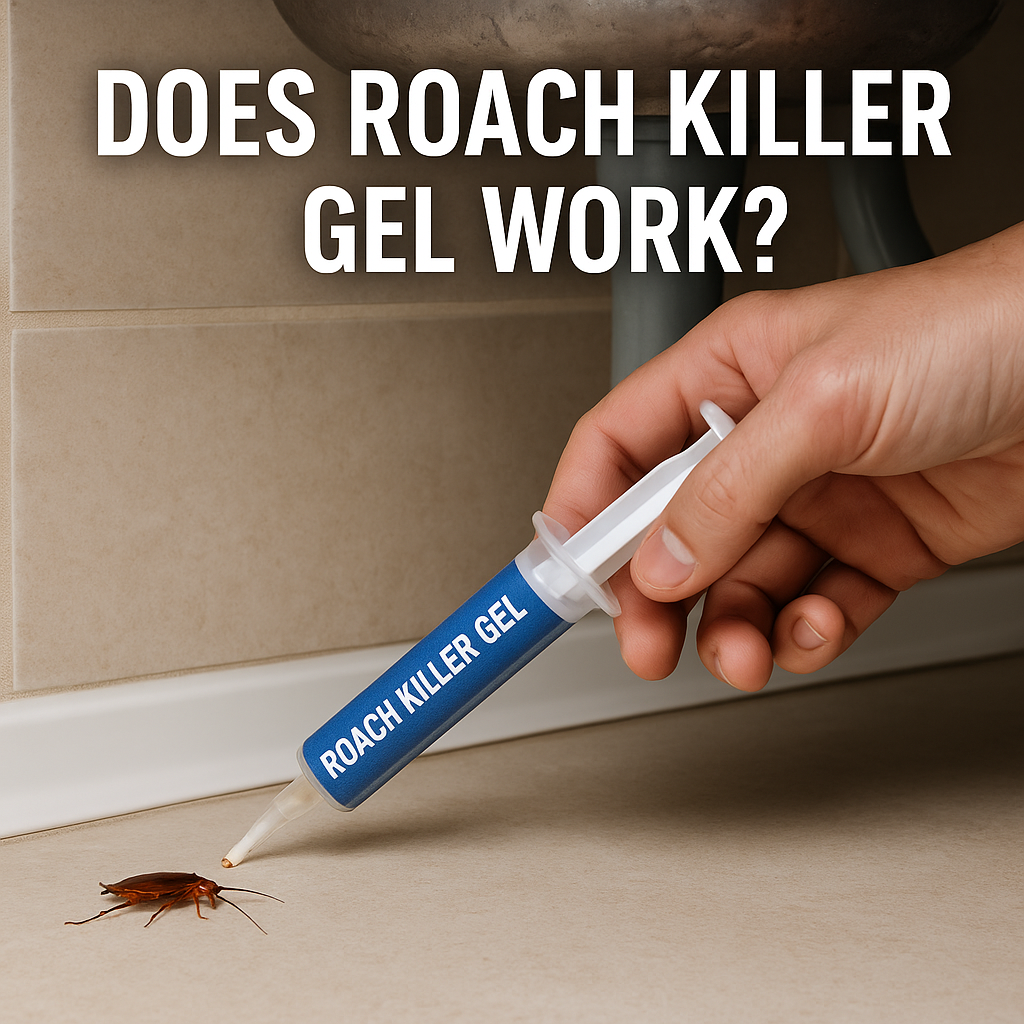
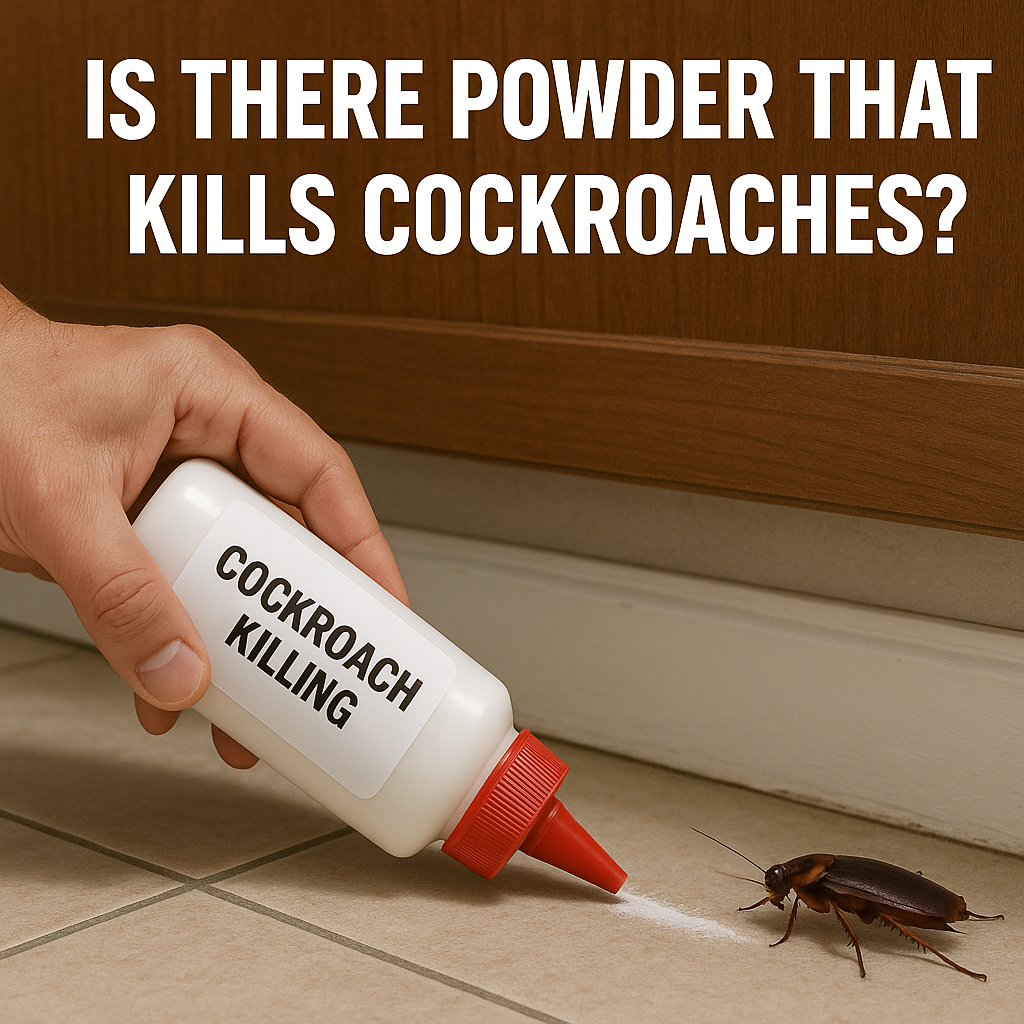
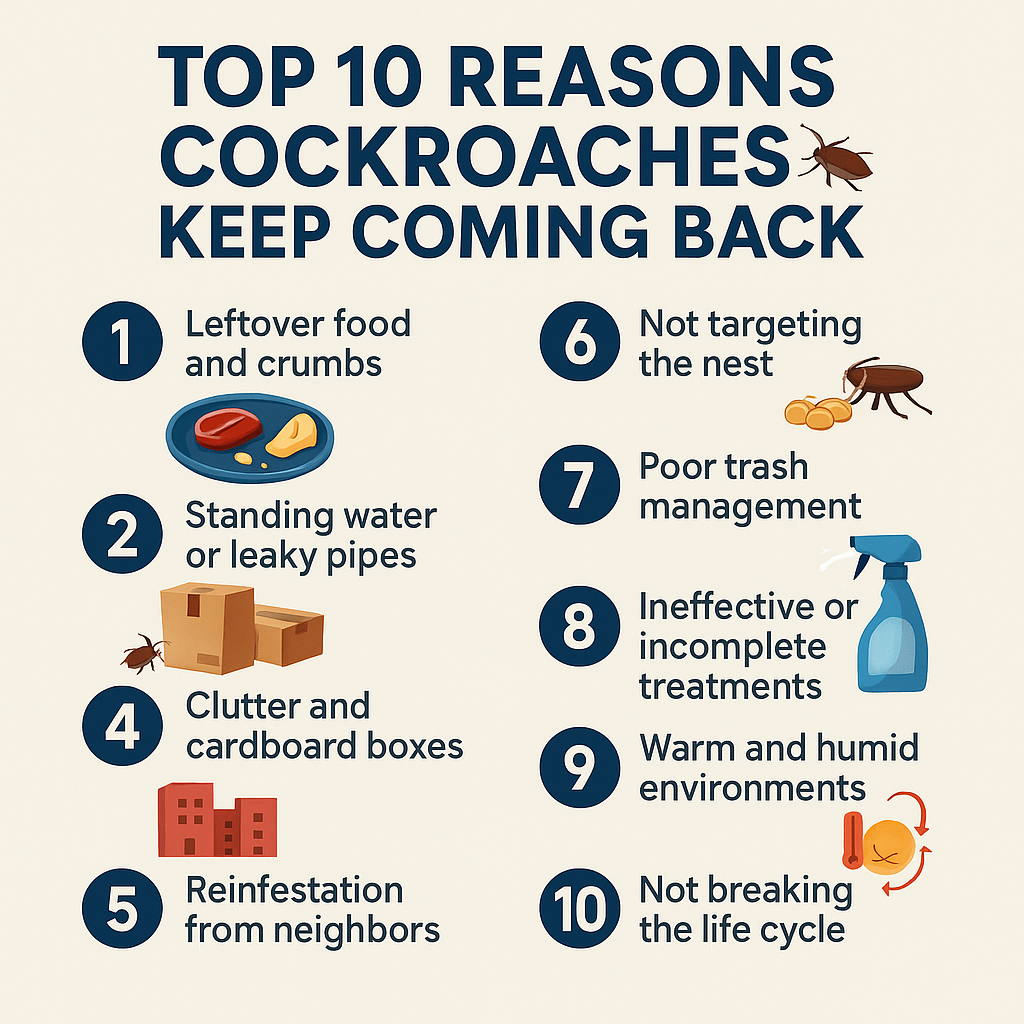

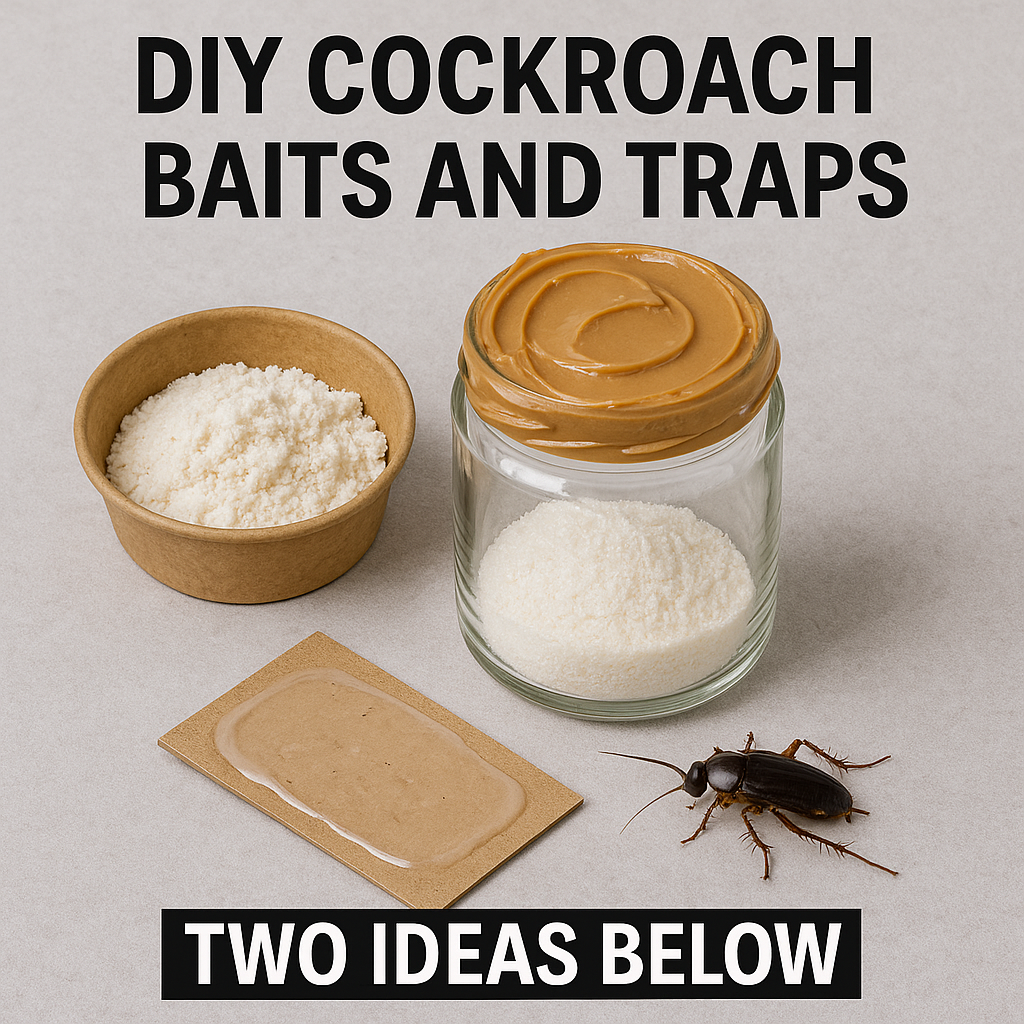


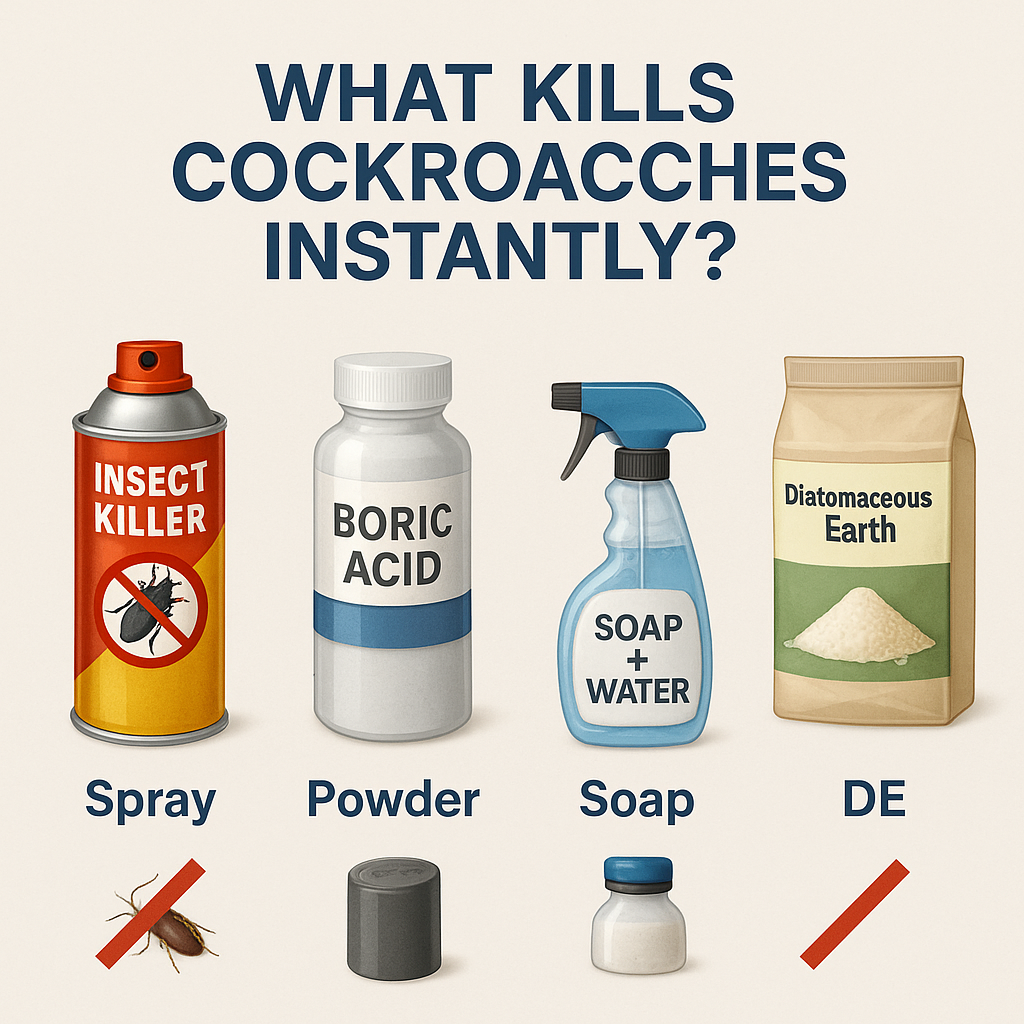
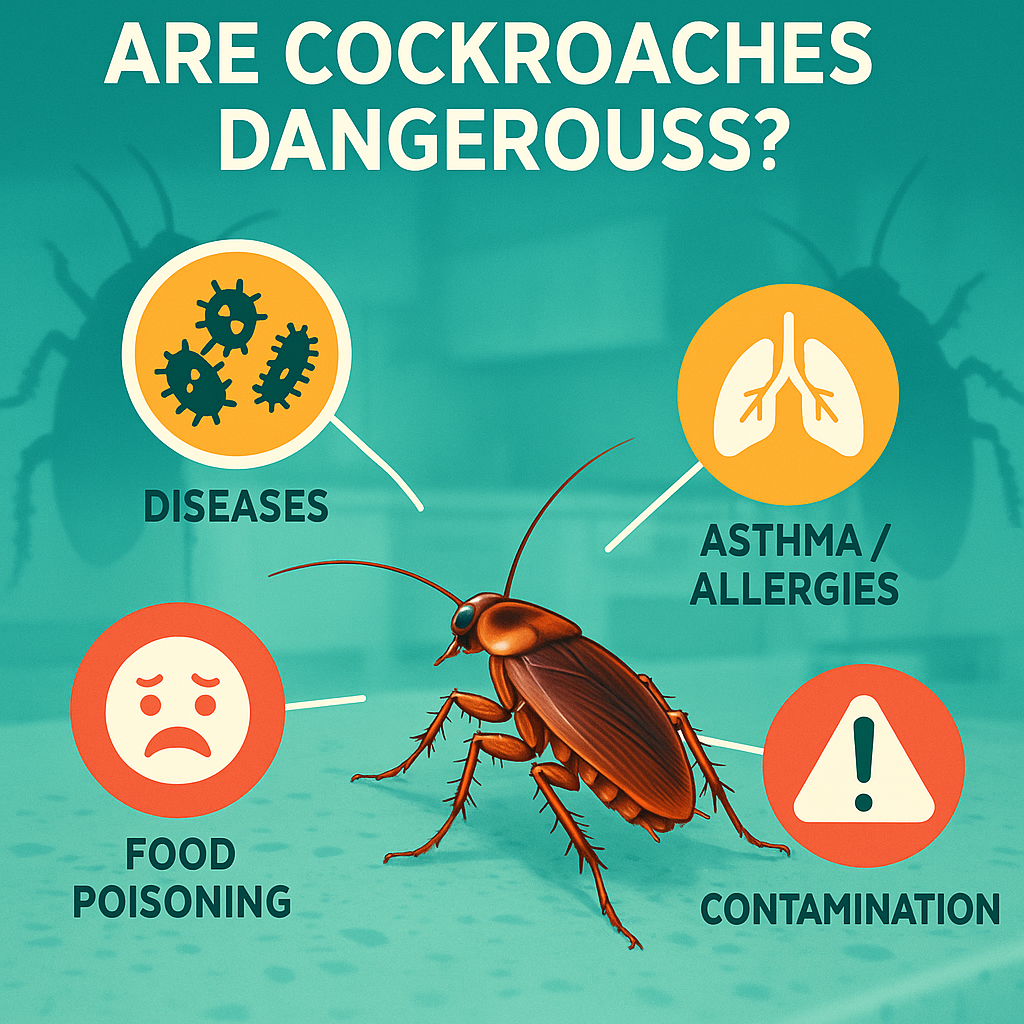

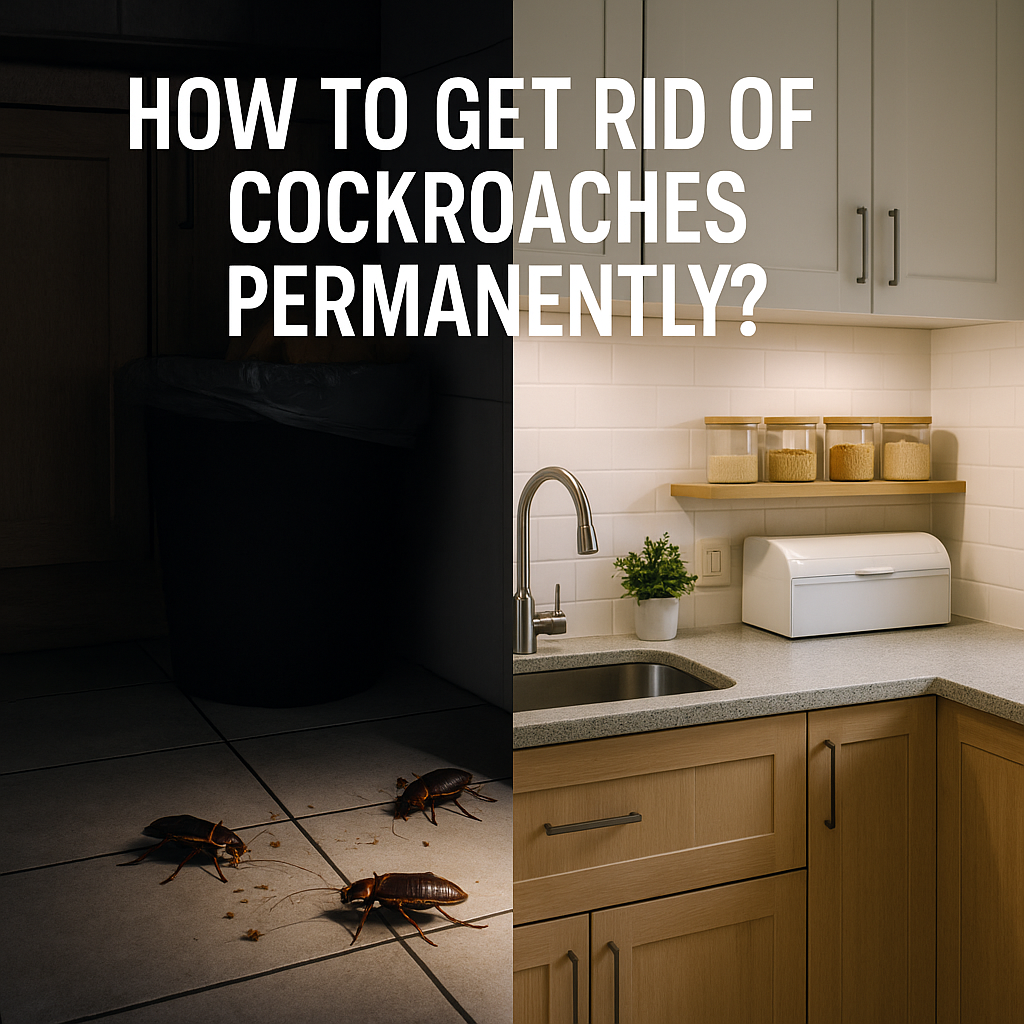
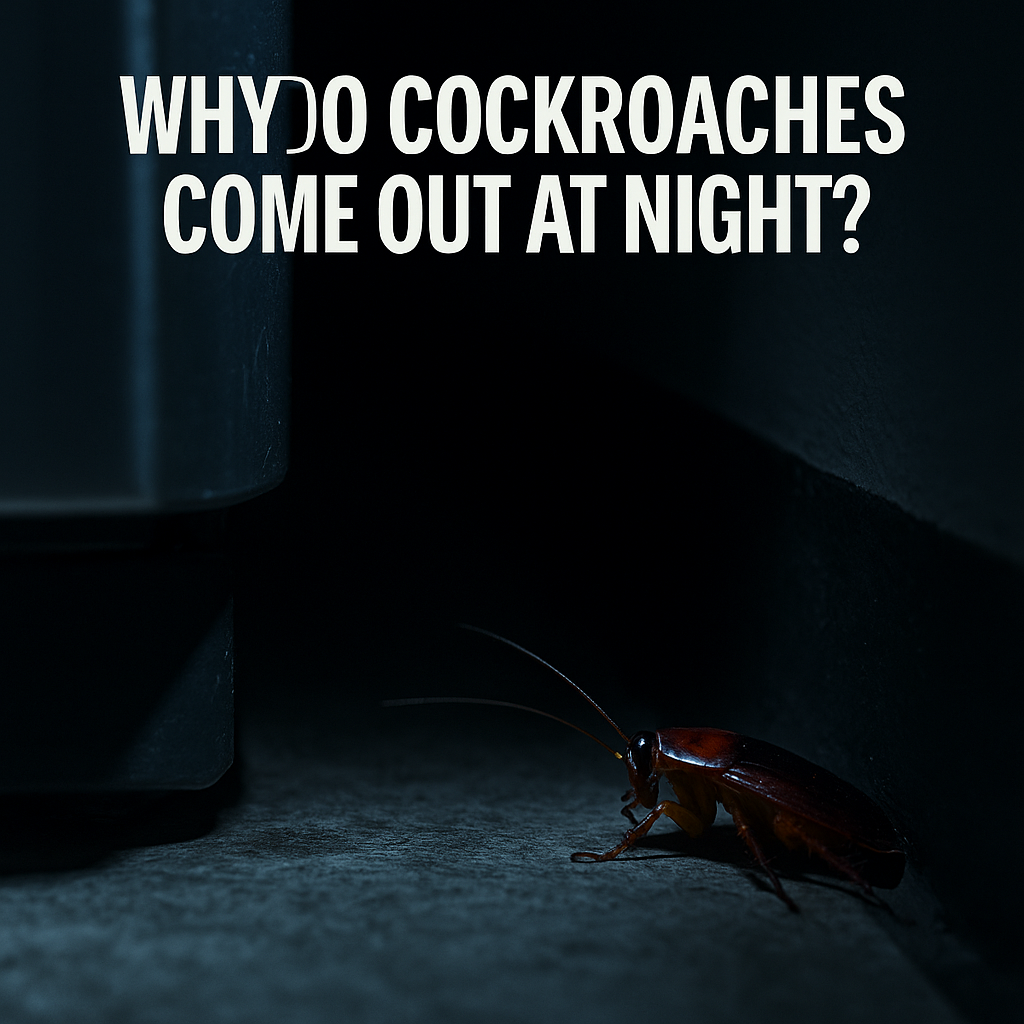

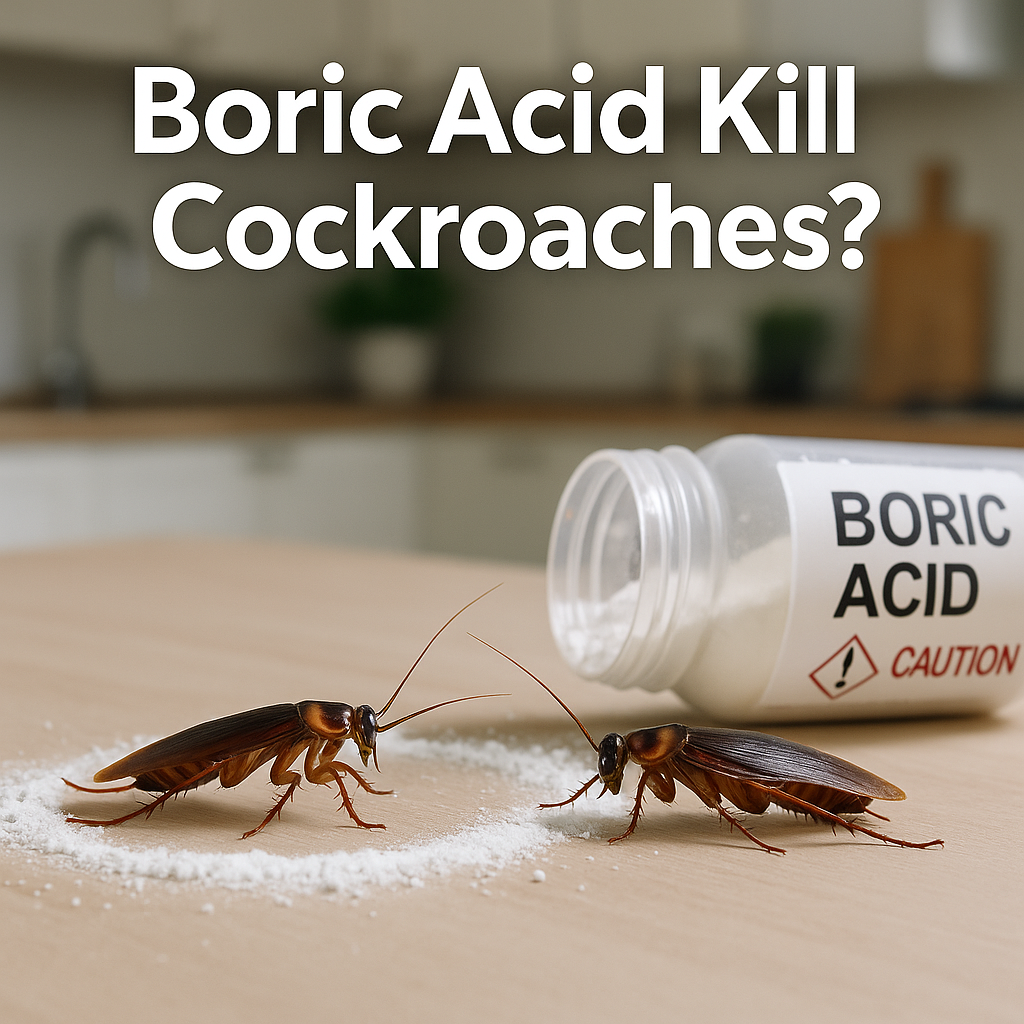



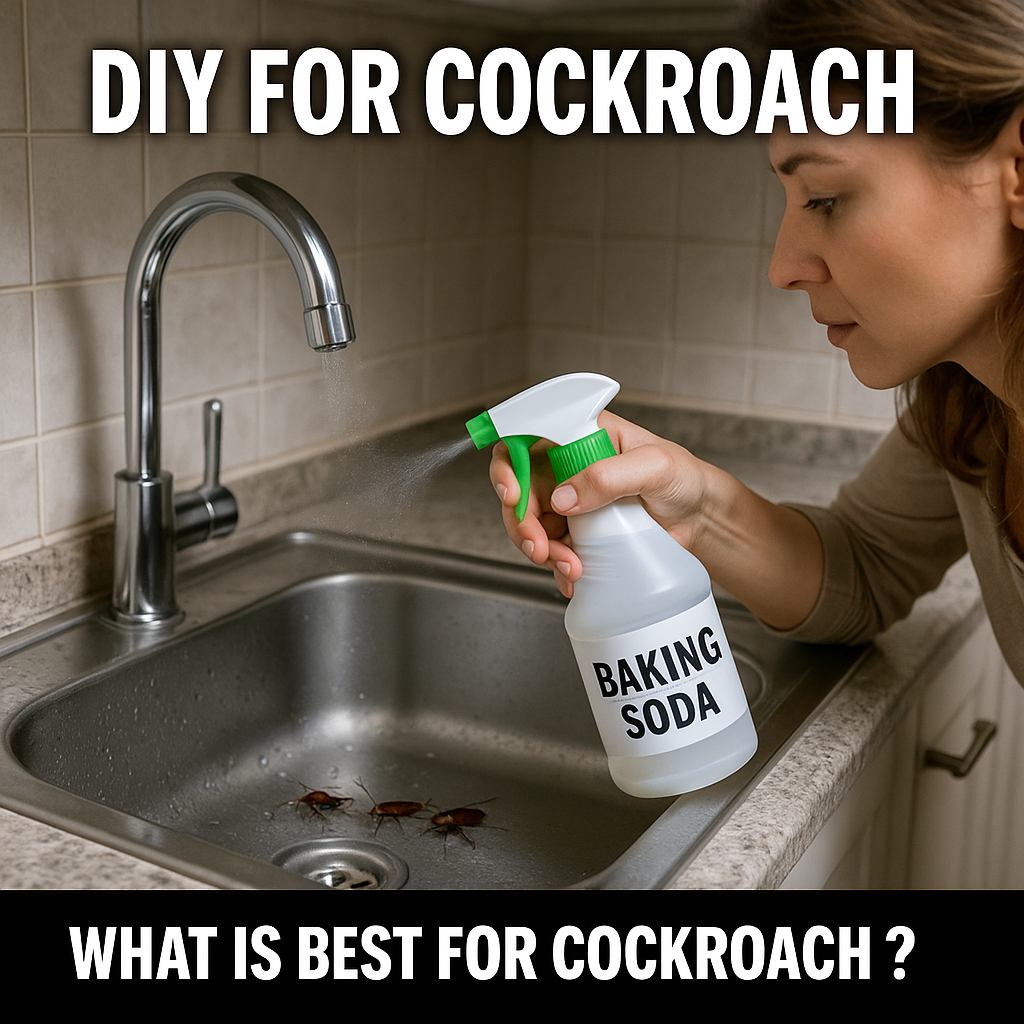
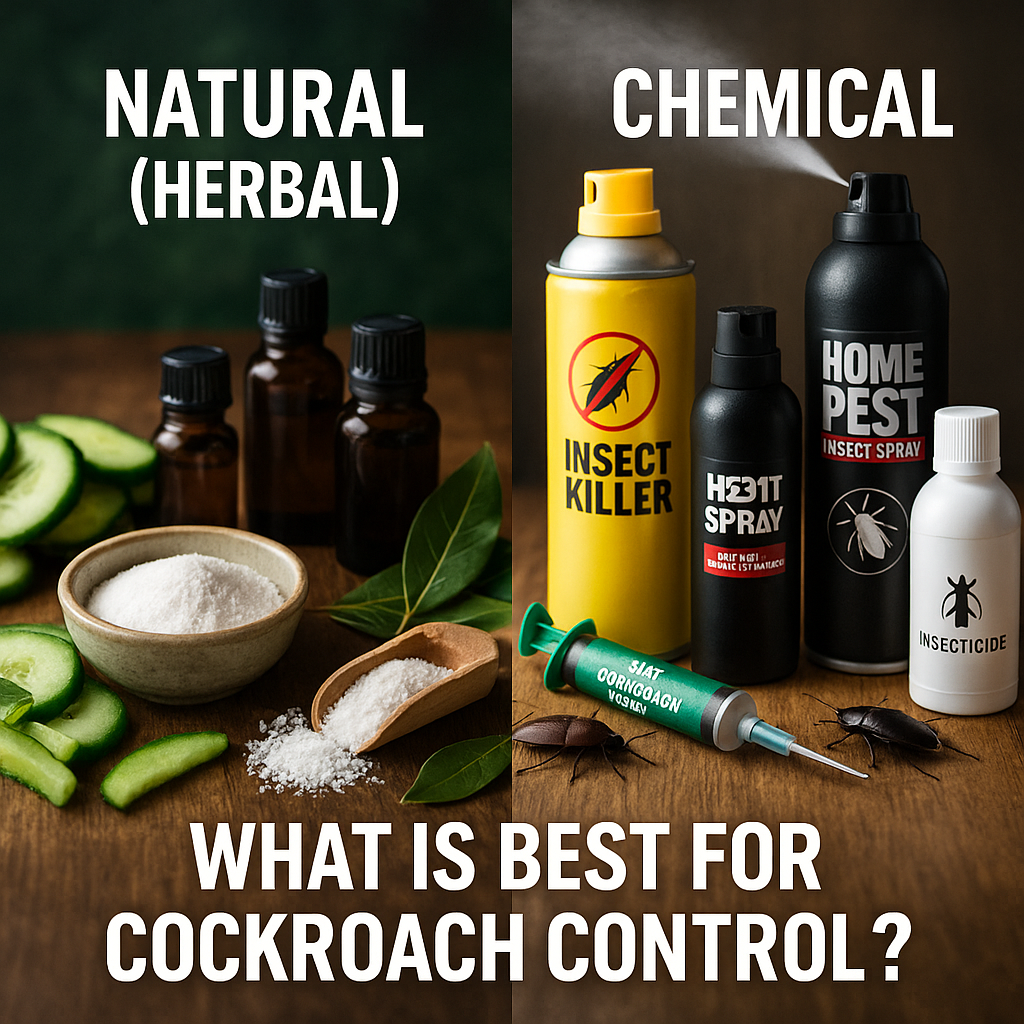


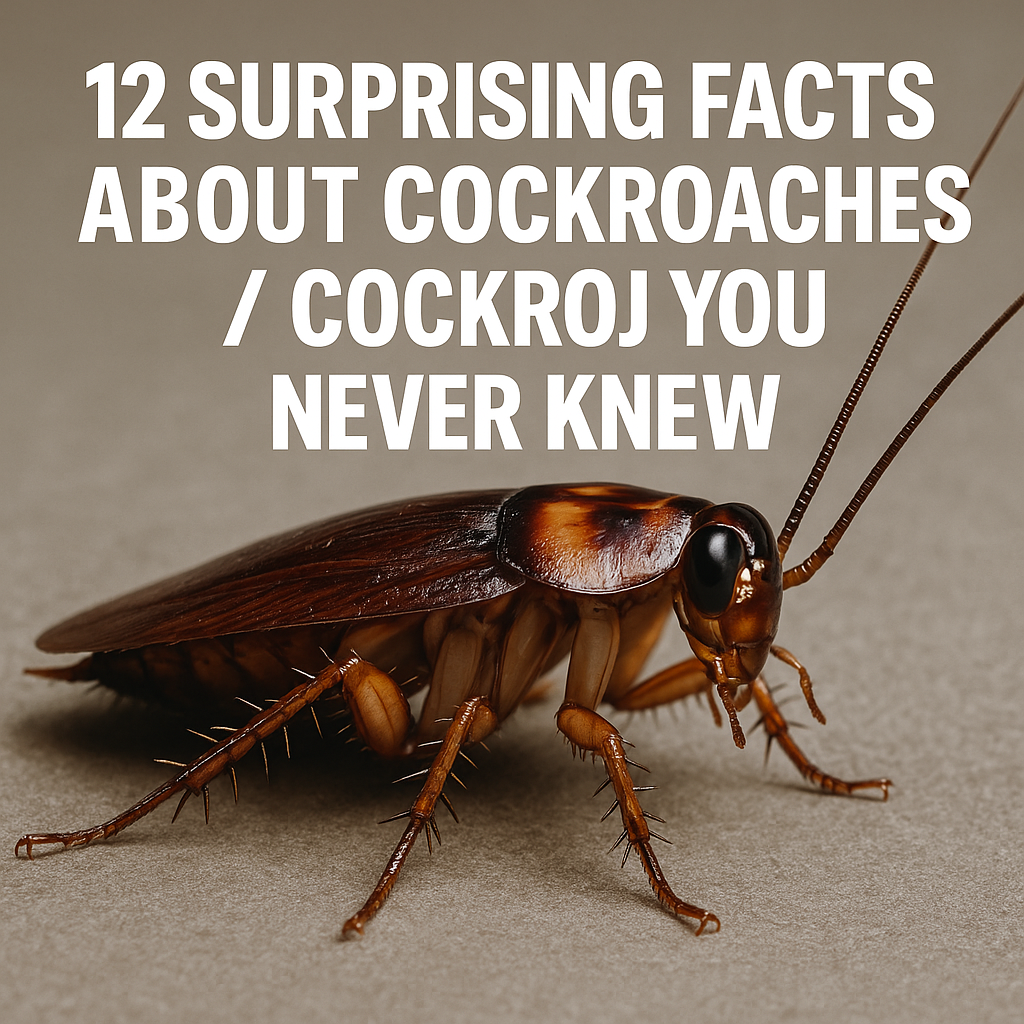
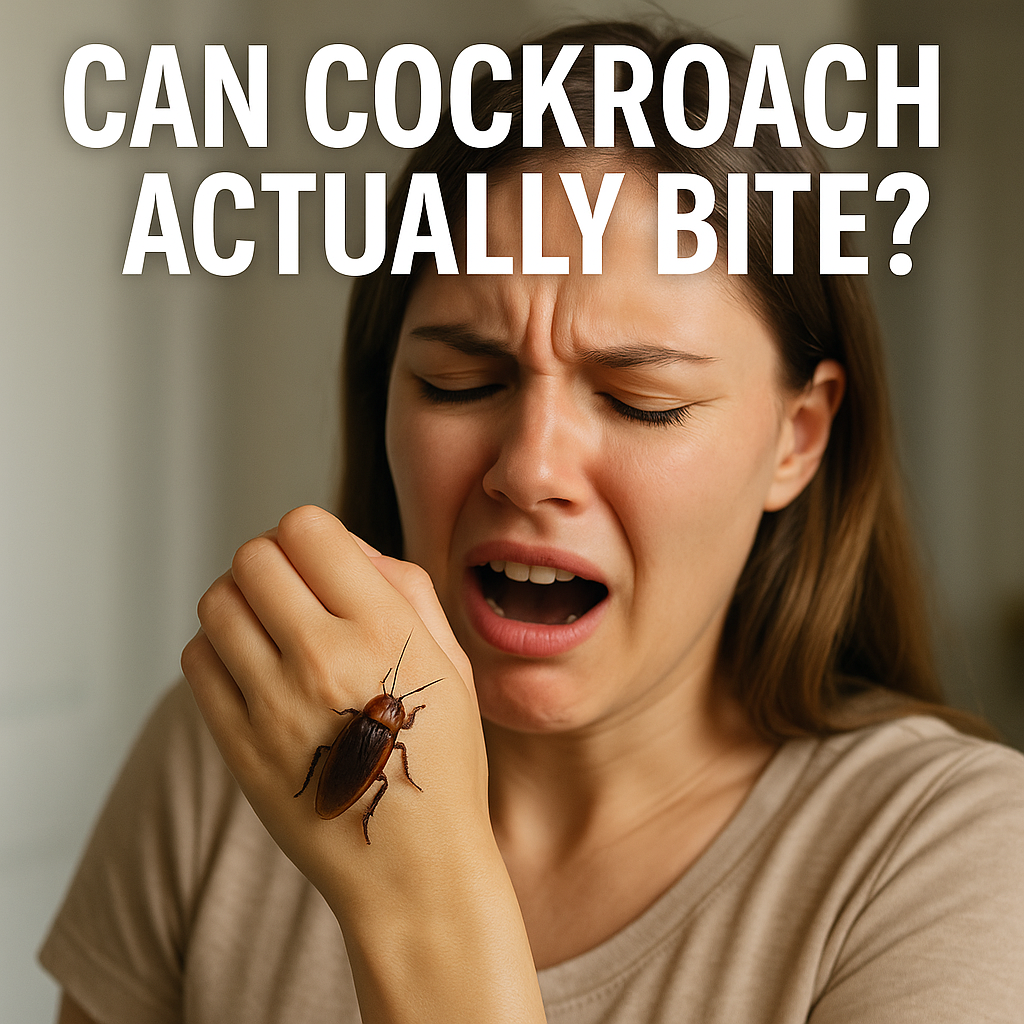






(0) Comments